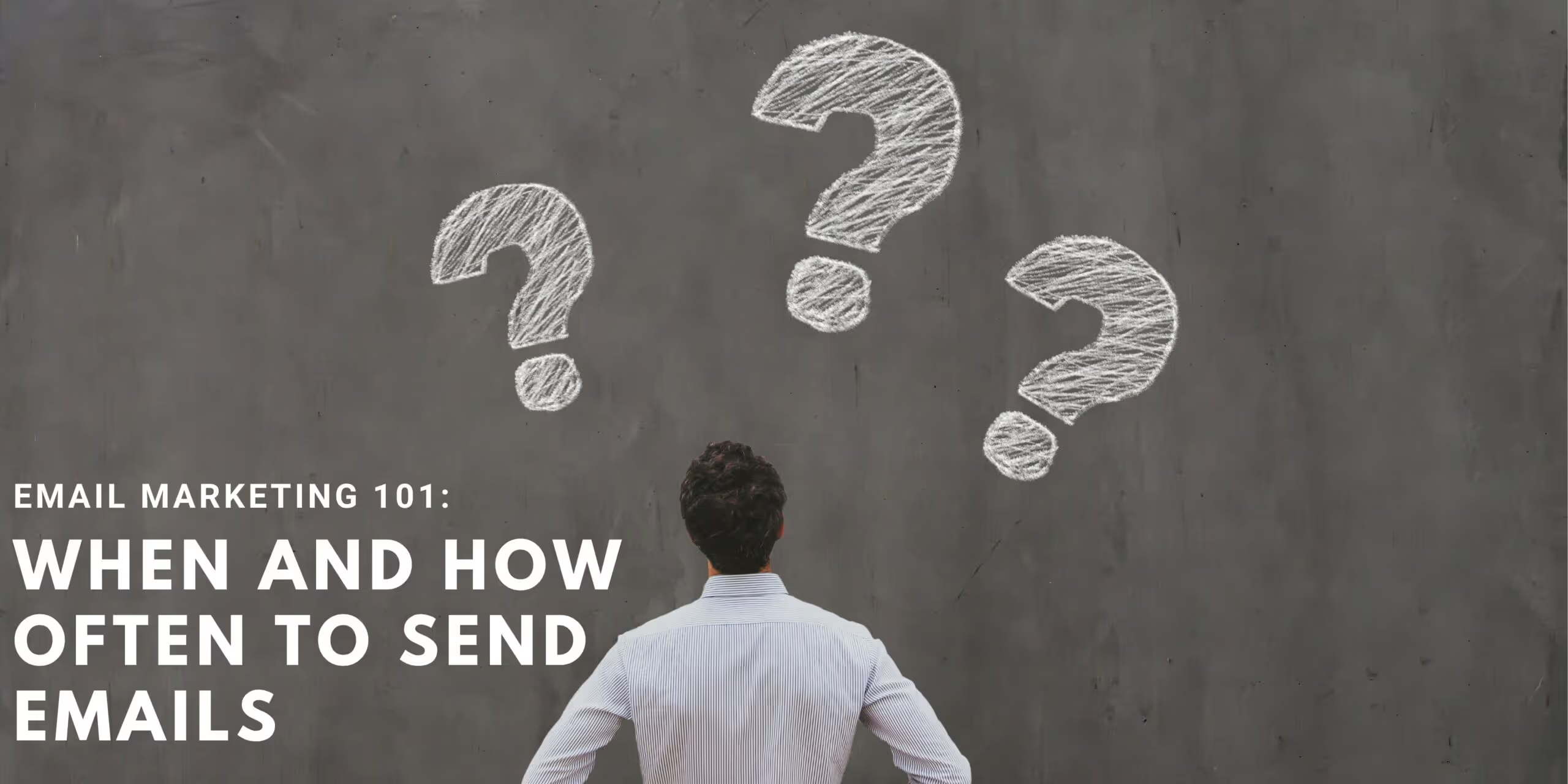Glossary
| Term | Definition |
|---|---|
| Email Cadence | The strategic timing and frequency of sending emails to subscribers. |
| Segmentation | Dividing your audience into groups based on behavior, preferences, or demographics. |
| Open Rate | The percentage of recipients who open an email out of total delivered. |
| CTR (Click-Through Rate) | The ratio of users who click on a link within the email. |
| Automation Flow | A pre-built sequence of emails triggered by subscriber actions or timelines. |
| A/B Testing | A method of comparing two variations of emails to see which performs better. |
Introduction
Email marketing is a powerful tool, but it requires precision. Without the right strategy around timing and frequency, even the best content can end up ignored or worse—in spam folders. So, how do you find that perfect cadence?
The key lies in respecting your audience, setting expectations early, and using data to guide your approach.
Why Email Timing and Frequency Matter

Your sending schedule impacts every core metric: open rates, click-through rates, conversions, and unsubscribes.
Send too many, and people check out. Send too few, and they forget who you are.
But here’s the twist: there’s no universal “perfect frequency.”
Why?
- Each audience behaves differently.
- Each product has a unique buying cycle.
- Email saturation is real.
The solution? Let your data lead the way.
Suggested Table: Impact of Frequency on Metrics (Daily, Weekly, Bi-Weekly)
1. Set Expectations From the Start
Don’t surprise your subscribers. Tell them exactly how often they’ll hear from you.
- Include frequency expectations on your opt-in forms.
- Add a short note in the first welcome email: “Expect to hear from us once a week with curated tips and exclusive offers.”
Letting subscribers know what’s coming helps reduce spam complaints and builds trust.
Pro Tip: Let people choose their own cadence when signing up.
2. Let Subscribers Control Their Experience
Empower your audience to tailor their email journey.
- Use a Preference Center linked in every email.
- Let them choose content type: News, Promotions, Product Drops.
- Offer email frequency options: Weekly, Monthly, Product-Only.
Benefits:
- Decrease in unsubscribes.
- Better deliverability.
- Higher engagement from people getting what they want.
Suggested Visual: Screenshot or mockup of a well-designed Preference Center.
3. Survey Your Audience
Ask your subscribers what they want. Use:
- Embedded polls.
- One-question surveys.
- On-site popups targeting existing subscribers.
Sample Questions:
- How often would you like to hear from us?
- What kind of content do you enjoy most?
Pro Tip: Follow up with personalized content based on responses.
4. When to Send Emails (Based on Research + Behavior)
While there’s no one-size-fits-all, data points to a few reliable windows:
| Day | Best Time Range (Local Time) |
|---|---|
| Tuesday | 9 AM – 11 AM |
| Wednesday | 10 AM – 1 PM |
| Thursday | 8 AM – 12 PM |
| Friday | 11 AM – 2 PM |
Avoid:
- Mondays: Inbox chaos.
- Weekends: Distracted audiences.
But… your data may disagree. Always test for your own audience.
Suggested Chart: Click Rate by Day of Week (Bar Graph)
5. Be Consistent (Not Overbearing)
Consistency is key. Your subscribers should know what to expect.
Best Practices:
- Stick to your cadence.
- Avoid floods of back-to-back campaigns.
- Reintroduce yourself if you’ve gone quiet.
Rule of Thumb: If you promised weekly, send weekly. Not 3x this week and nothing next.
6. Use Automation to Scale Your Schedule
Key Automations to Implement:
- Welcome Series (0-7 days post-signup)
- Abandoned Cart (1-24 hours after abandonment)
- Post-Purchase (3-7 days after delivery)
- Winback Series (30-60 days of inactivity)
Let flows do the heavy lifting. Your cadence becomes consistent and personalized.
Suggested Flowchart: Welcome Automation with Email Timing and Content Focus
7. Analyze and Optimize Over Time
What gets measured gets improved.
Metrics to Watch:
| Metric | What It Tells You |
|---|---|
| Open Rate | Subject line & send time effectiveness |
| Click Rate | Engagement with content |
| Unsubscribe Rate | Cadence or content fatigue |
| Revenue per Email | Bottom-line performance |
Test Variables:
- Days of week
- Time of day
- Frequency (weekly vs bi-weekly)
- Content type (promo vs educational)
Pro Tip: A/B test frequency across audience segments.
8. Segment Your Audience
Not everyone should get every email.
Segment by:
- Engagement Level (e.g., active vs inactive subscribers)
- Time Zone (for local delivery times)
- Behavior (recent purchase, browse abandonment)
Dynamic Frequency Strategy:
- Active users = 2x/week
- Inactive users = 1x/month
- High-LTV users = personalized series
Suggested Table: Segment Type vs Recommended Frequency
Final Thoughts: Listen > Assume
Forget “best practices” until you’ve tested them.
Yes, research gives you a launchpad. But data gives you the truth.
If you:
- Set expectations early,
- Respect your audience’s preferences,
- Leverage automations,
- Analyze performance consistently,
…you’ll land in inboxes and in customer hearts.
Frequently Asked Questions (FAQs)
1. How often should I send marketing emails?
Start with once per week. Use engagement data to determine whether to scale up or down.
2. What’s the best day of the week to send emails?
Tuesday to Thursday mornings typically perform best, but always test with your own list.
3. Can I let subscribers pick how often they hear from me?
Yes! Use a preference center to empower subscribers and reduce churn.
4. What’s the risk of emailing too much?
Higher unsubscribe and spam complaint rates, which hurt your sender reputation.
5. Should I use different cadences for different segments?
Absolutely. Tailoring frequency by behavior improves engagement.
6. How do I test email frequency?
Use A/B testing: send different frequencies to sample segments and compare metrics like CTR and unsubscribes.
Need help implementing this?
Let us take the hassle of managing your email marketing channel off your hands. Book a strategy call with our team today and see how we can scale your revenue, customer retention, and lifetime value with tailored strategies. Click here to get started.
Curious about how your Klaviyo is performing?
We’ll audit your account for free. Discover hidden opportunities to boost your revenue, and find out what you’re doing right and what could be done better. Click here to claim your free Klaviyo audit.
Want to see how we’ve helped brands just like yours scale?
Check out our case studies and see the impact for yourself. Click here to explore.
| Tactic | Strategy |
| ✅ Front-load urgency | Use action words like “Today only,” “Limited,” “Your order is waiting” |
| ✅ Subject line clarity | Be specific. Skip vague copy like “Here’s something for you…” |
| ✅ Content relevance | Only send what the subscriber actually cares about. Personalize. |

Read Our Other Blogs

Personalizing Push Notifications for Better Retention Outcomes


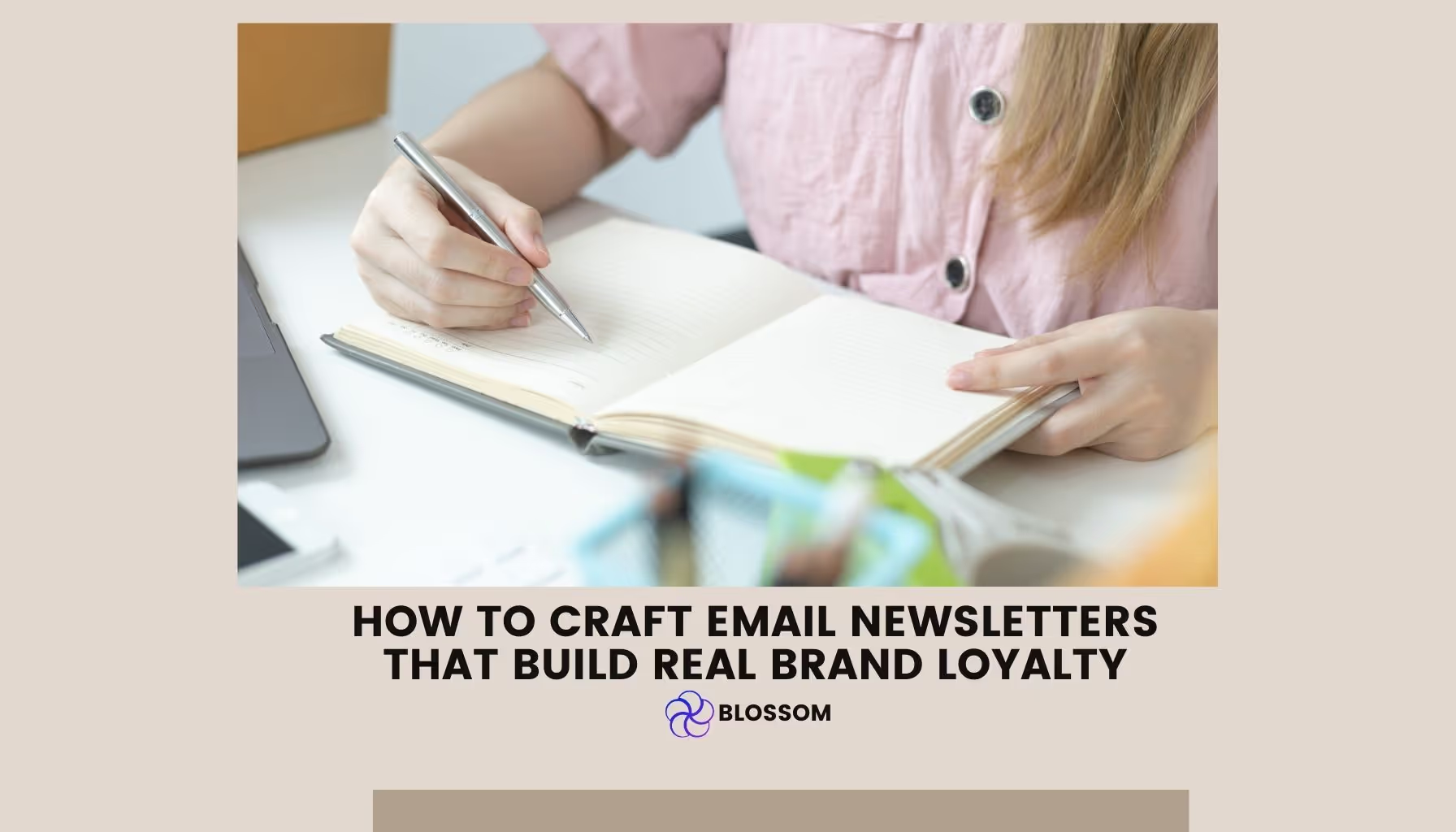
How to Craft Email Newsletters That Build Real Brand Loyalty


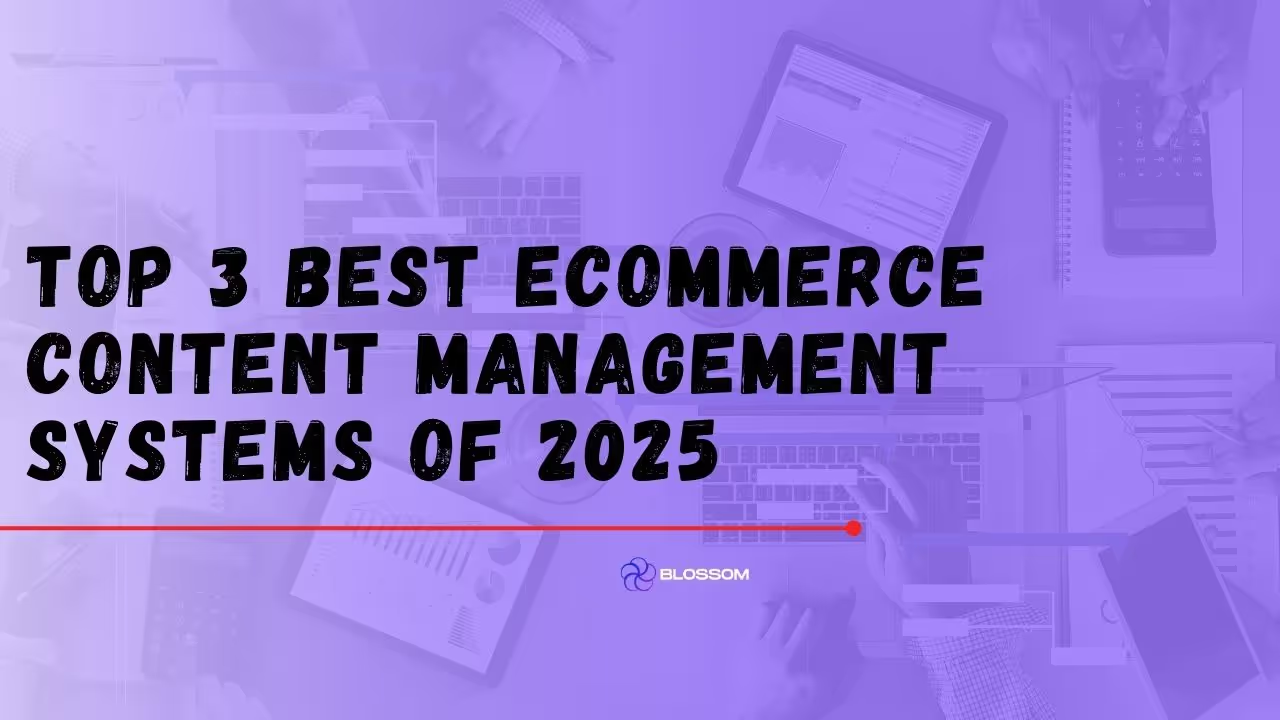
Top 3 Best eCommerce Content Management Systems of 2025



Personalizing Push Notifications for Better Retention Outcomes



How to Craft Email Newsletters That Build Real Brand Loyalty



Top 3 Best eCommerce Content Management Systems of 2025


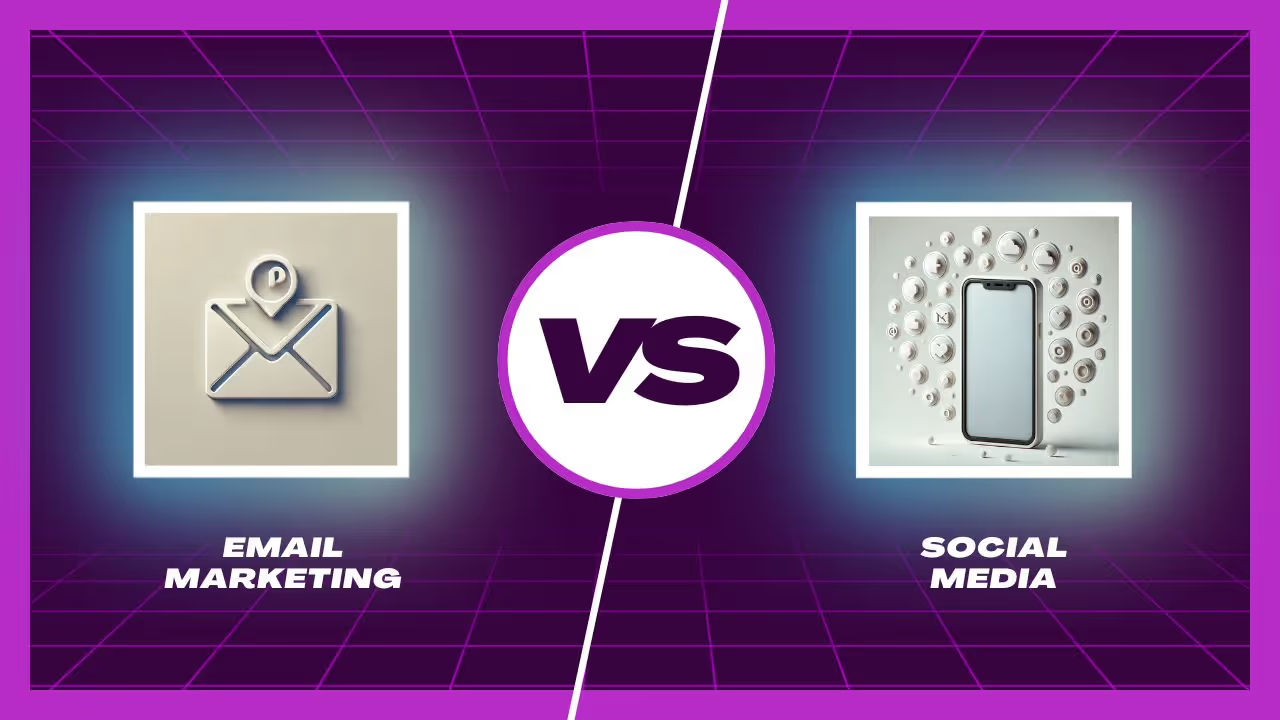
Email Marketing vs. Social Media: Which One Should Your Brand Focus On?


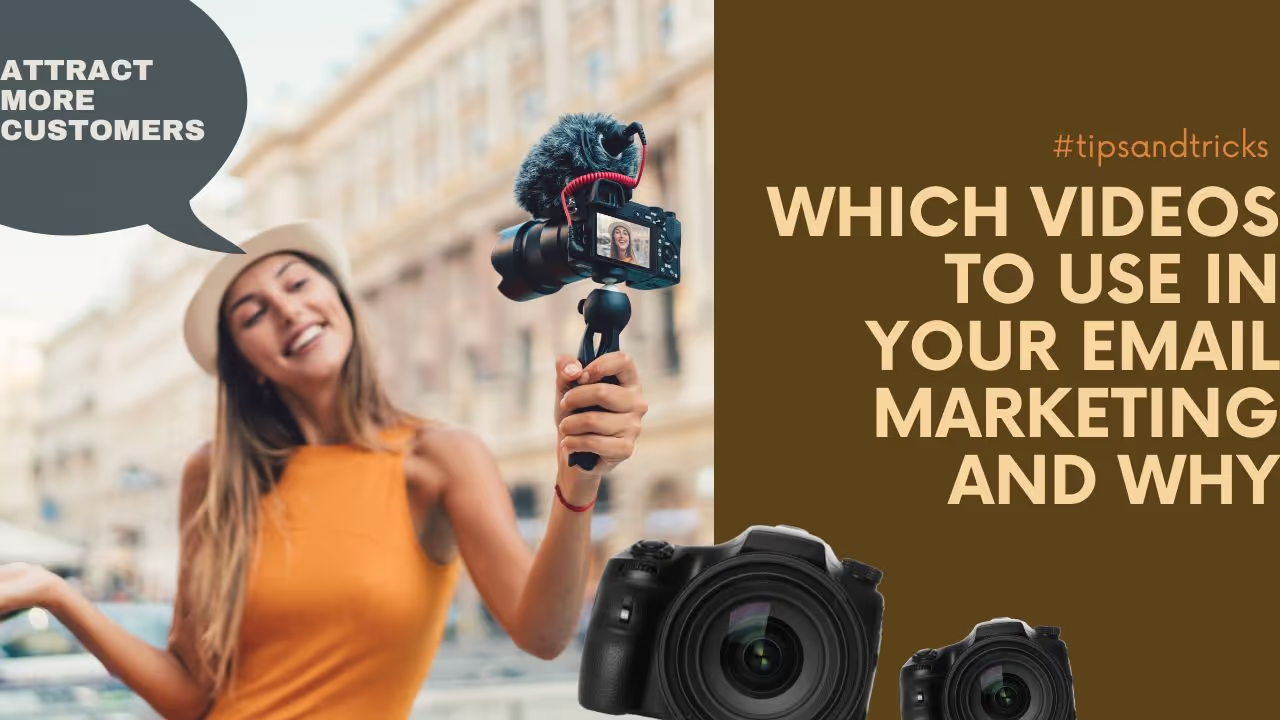
Attract More Customers: Which Videos to Use in Your Email Marketing and Why


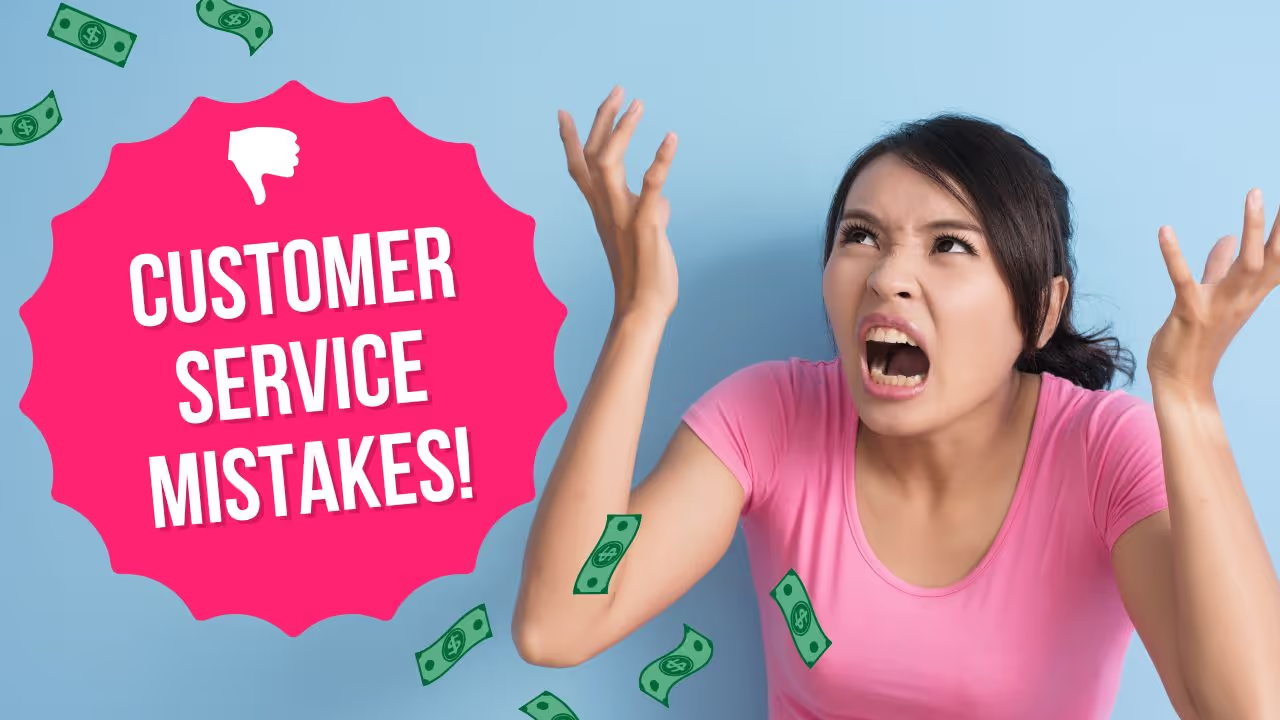
8 eCommerce Customer Service Mistakes You NEED to Stop Making (Like, Yesterday)



Creating The Perfect E-Commerce Tech Stack



Types of Content eCommerce Brands Need in Their Marketing Mix


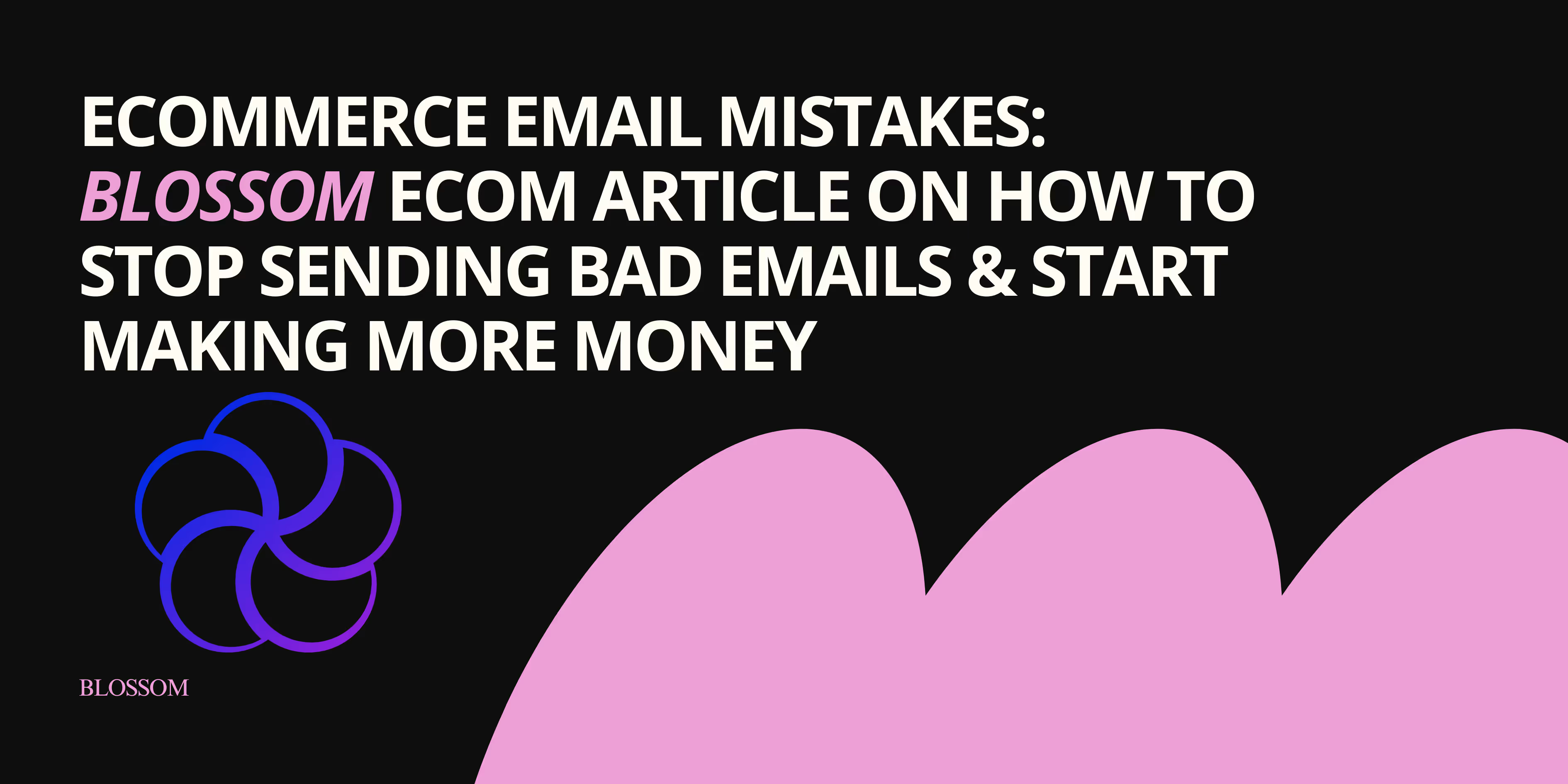
Ecommerce Email Mistakes: Blossom Ecom Article on How to Stop Sending Bad Emails & Start Making More Money


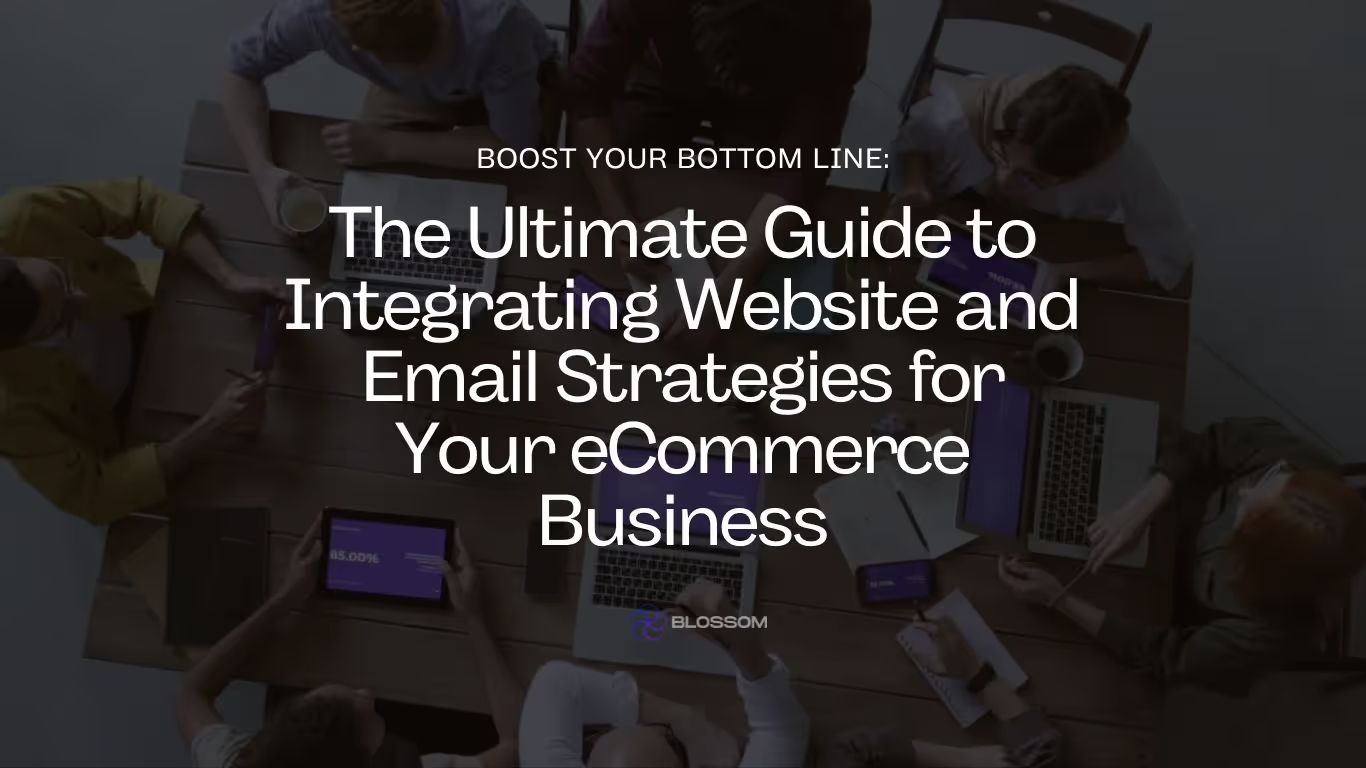
Boost Your Bottom Line: The Ultimate Guide to Integrating Website and Email Strategies for Your eCommerce Business



6 Powerful Ecommerce Loyalty Program Examples (and How to Build Your Own)


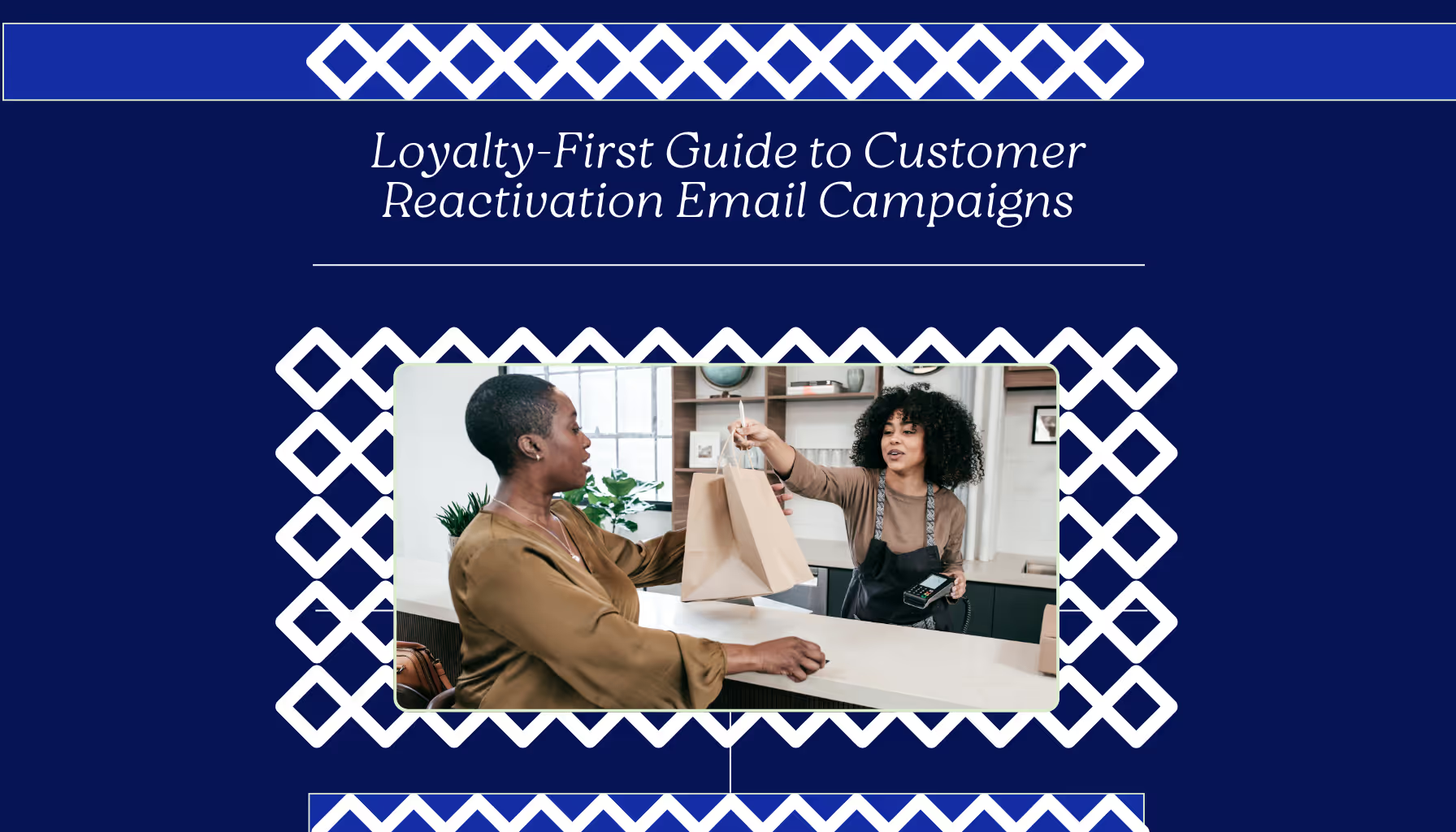
Loyalty-First Guide to Customer Reactivation Email Campaigns



Using Email Marketing to Supercharge Your Loyalty Program


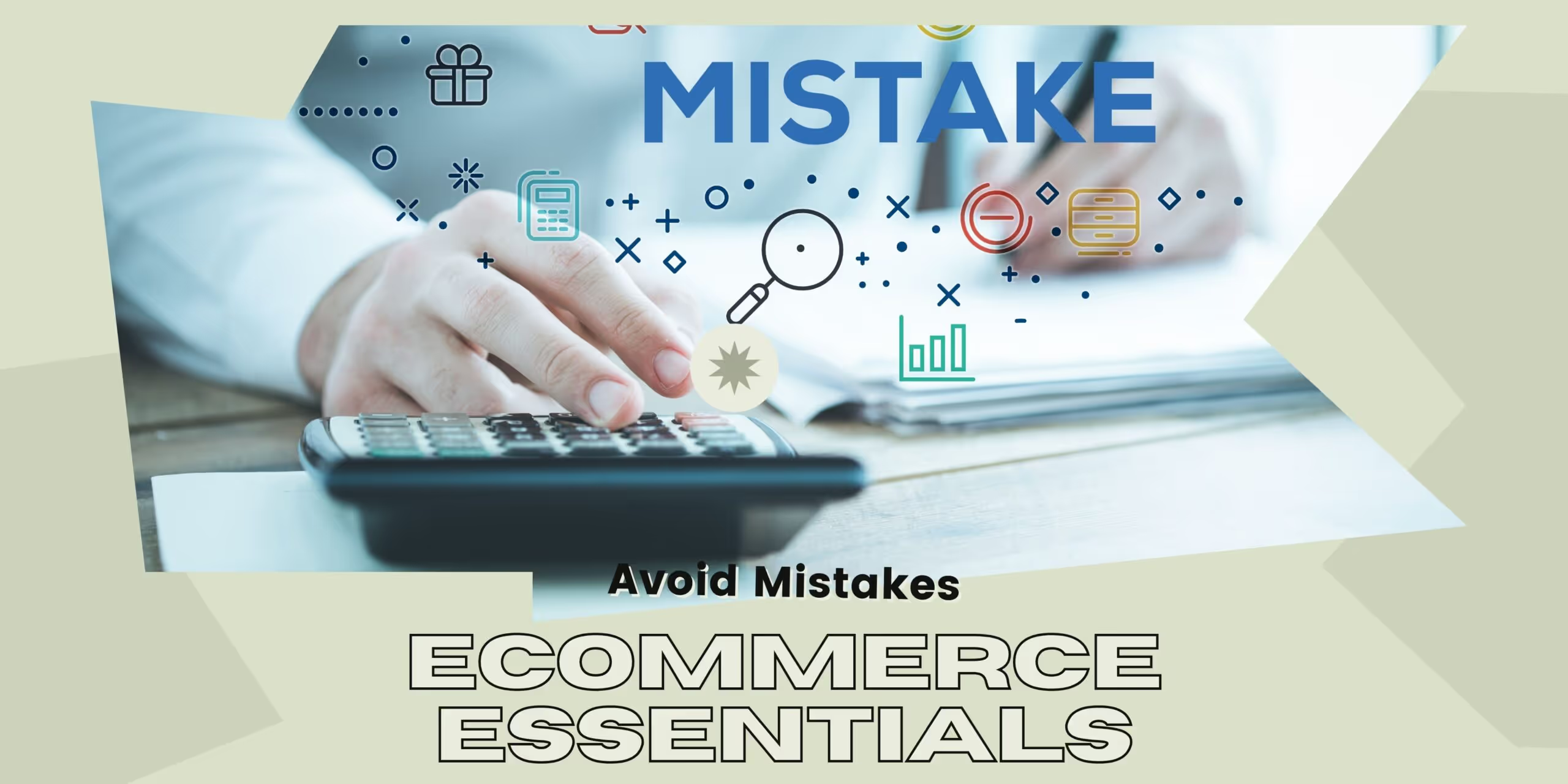
Unpacking Brand and Conversion in E-Commerce Design



13 Scary E-Commerce Mistakes (and How to Avoid Them)


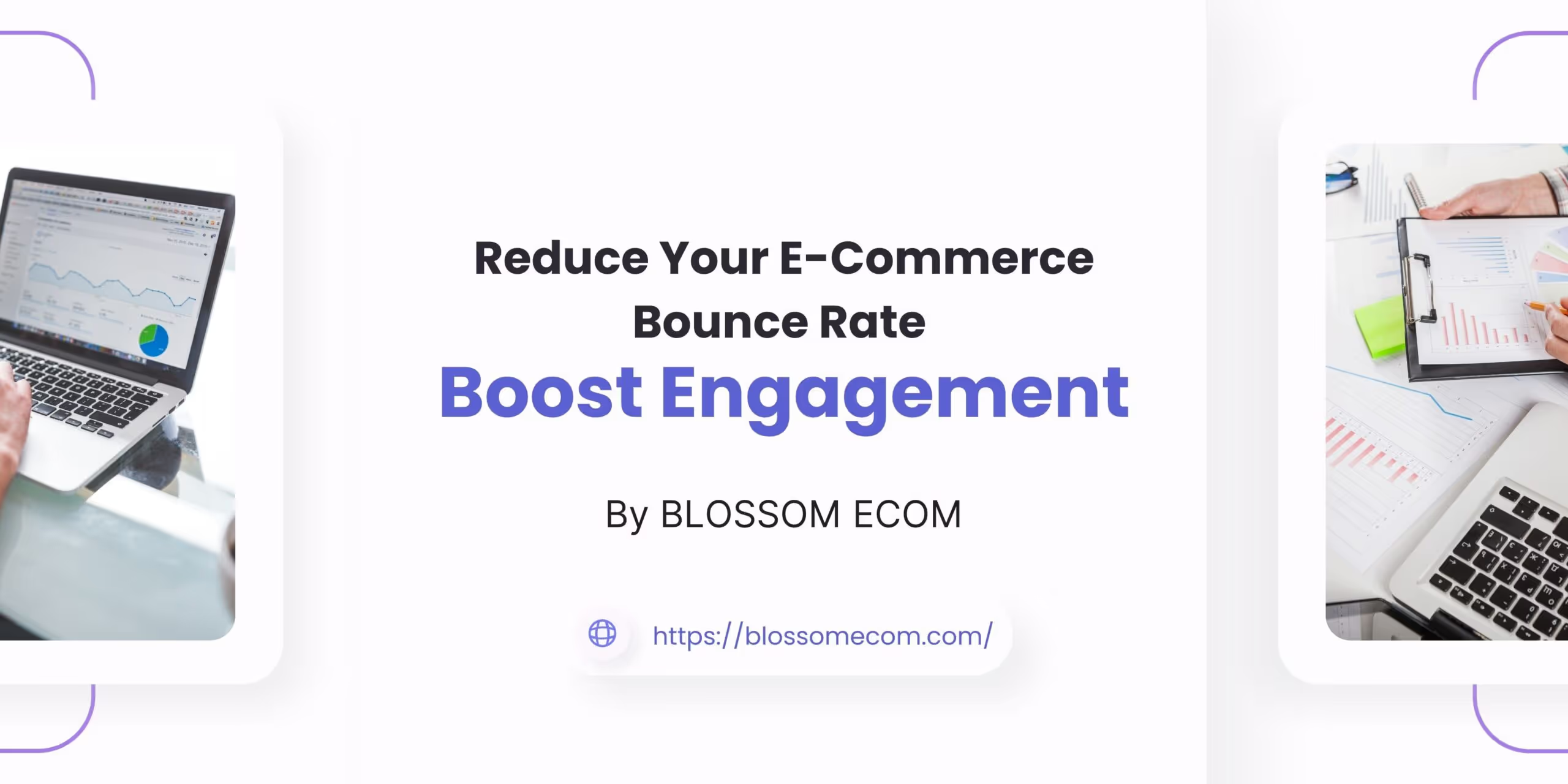
How to Reduce Your E-Commerce Bounce Rate and Boost Engagement


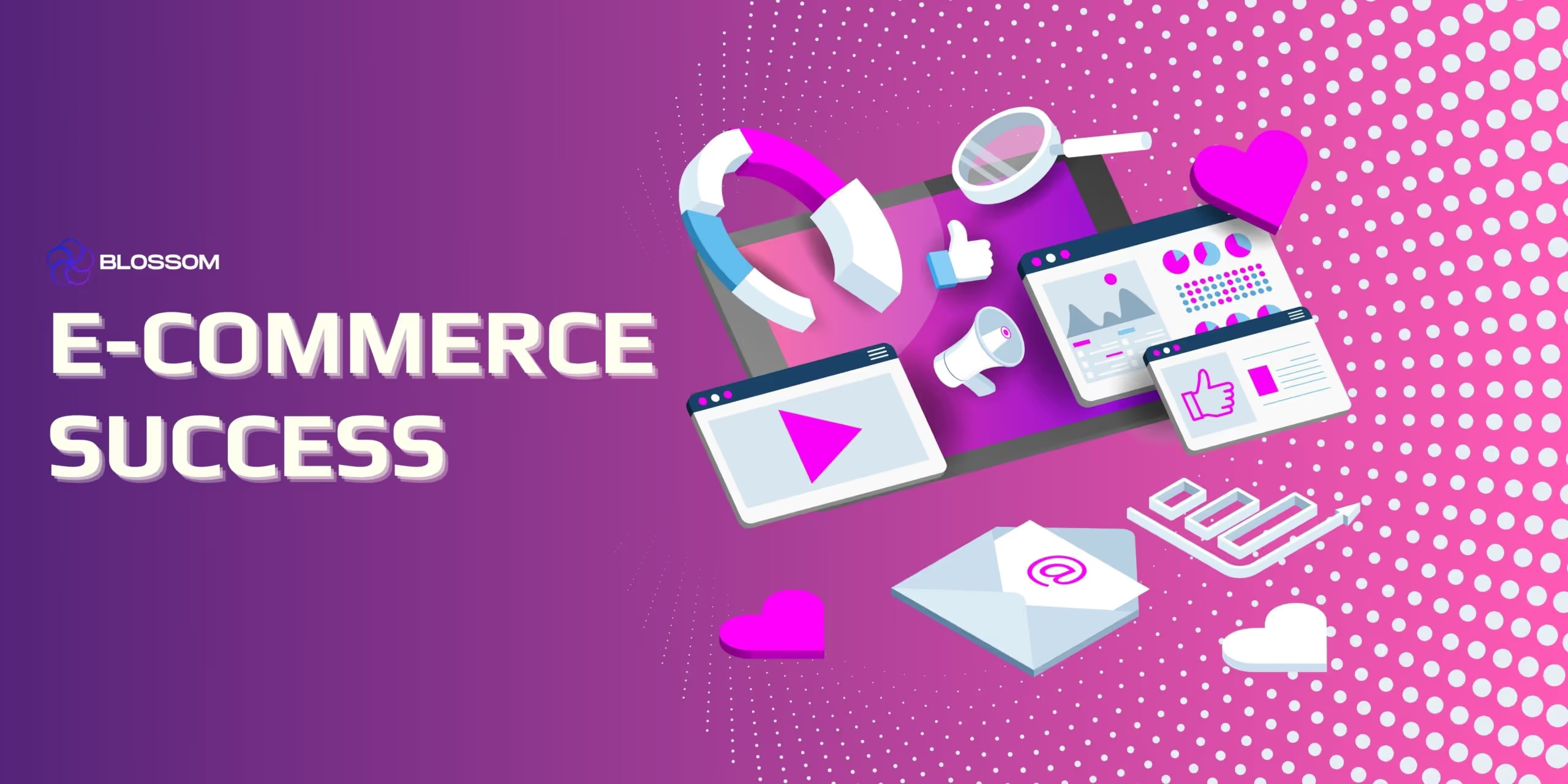
Combining Content and Commerce for E-Commerce Success


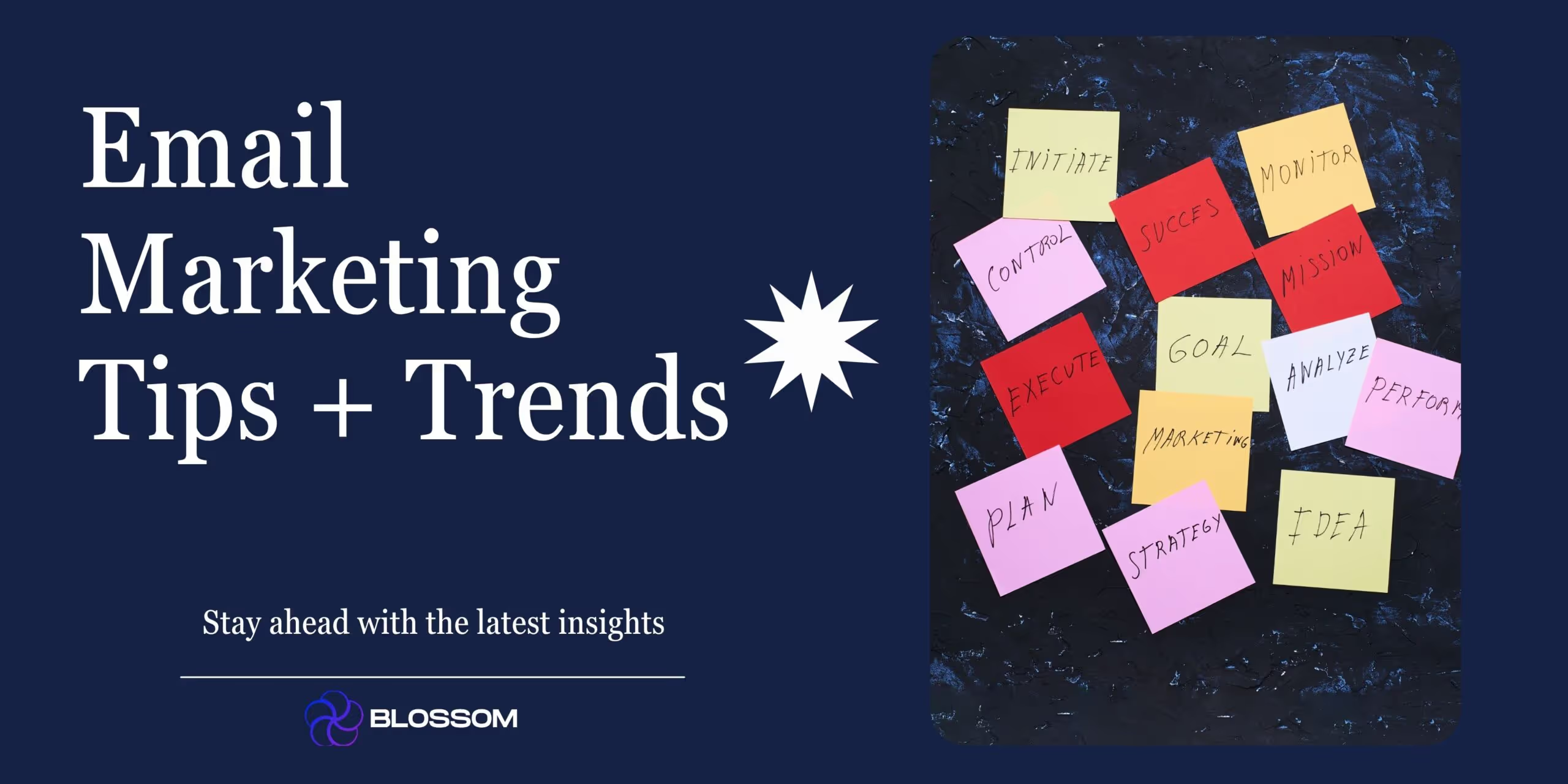
Email Marketing Tips + Trends



E-Commerce Returns Analysis & Crafting a Profitable Returns Policy



9 Pro Tips for A/B Testing Emails with HubSpot



AI and Email Marketing: The Future is Here


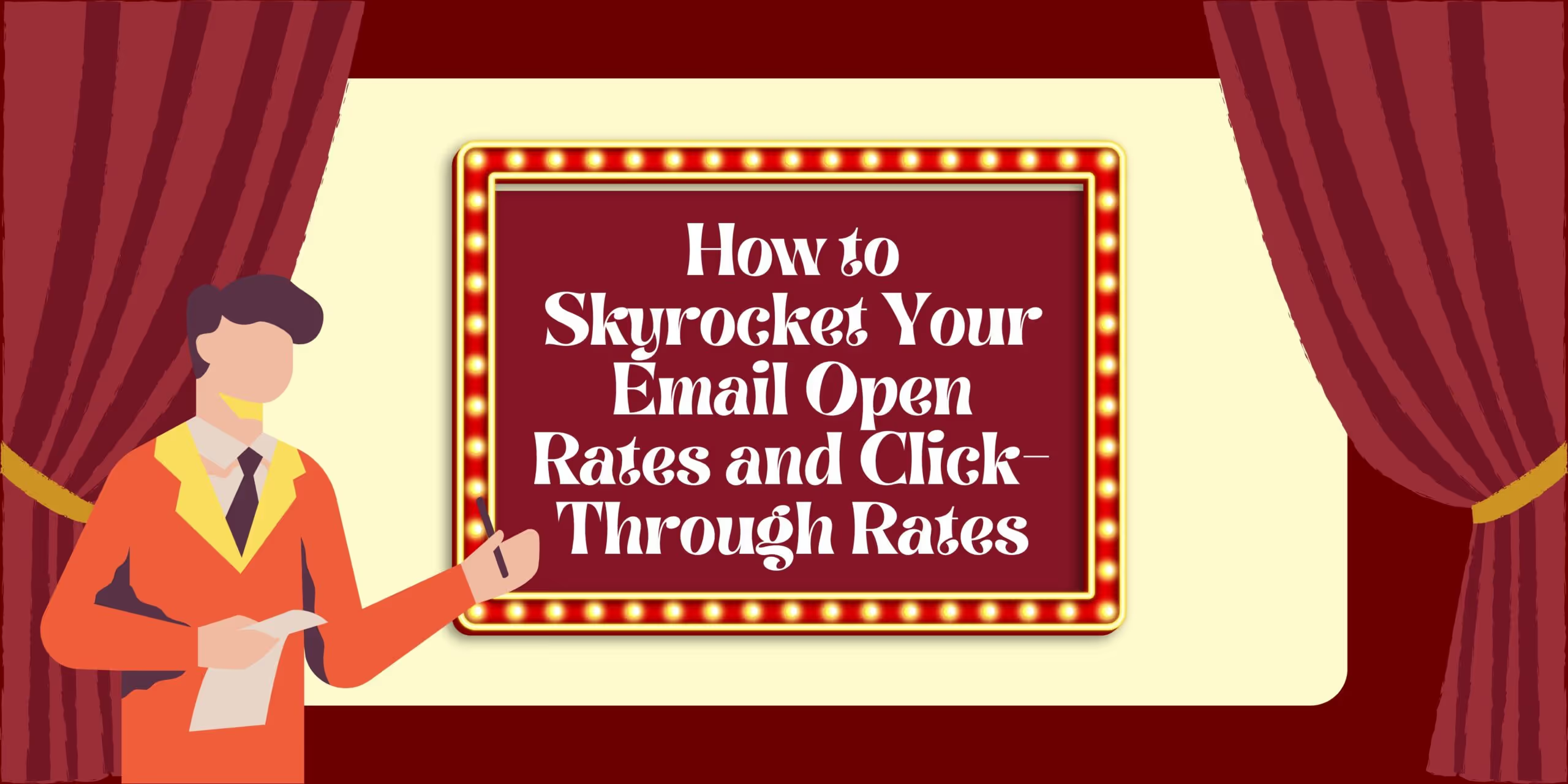
How to Skyrocket Your Email Open Rates and Click-Through Rates


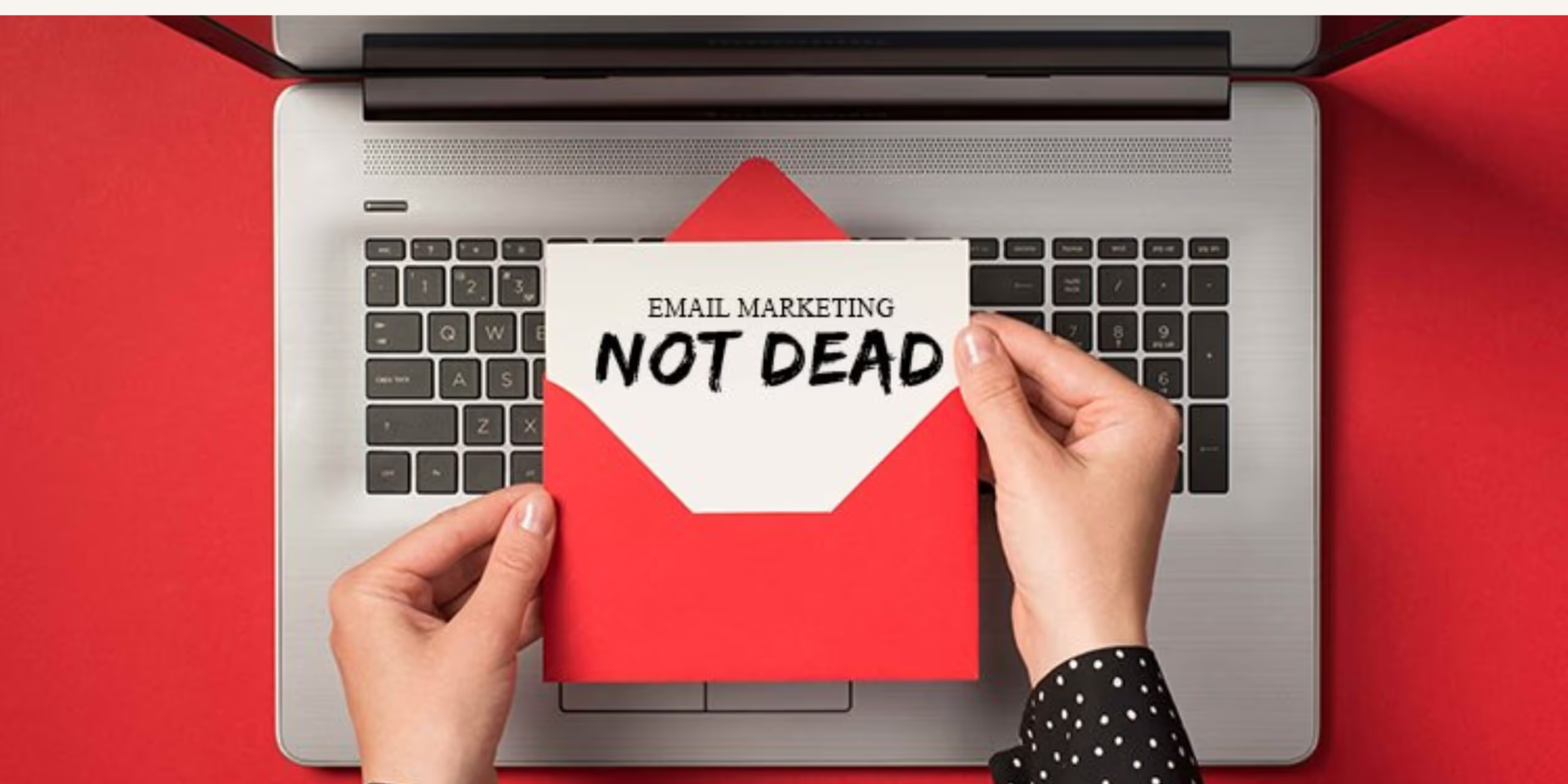
Email Isn’t Dead: 4 Reasons It’s Still a Digital Marketing Powerhouse



Email Marketing Series – #3: Building a Strong Email List


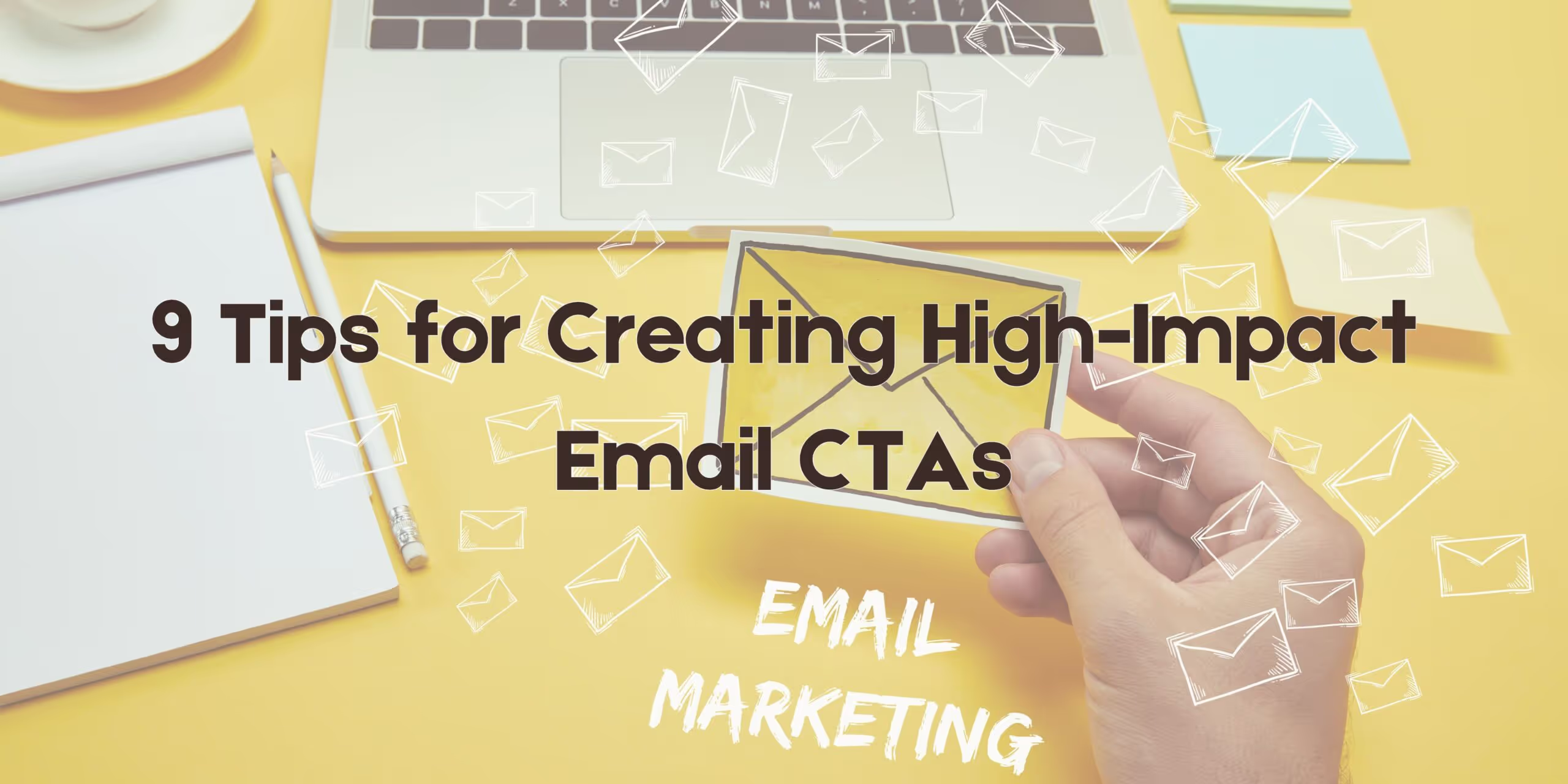
Email Marketing Series – #4: 9 Tips for Creating High-Impact Email CTAs


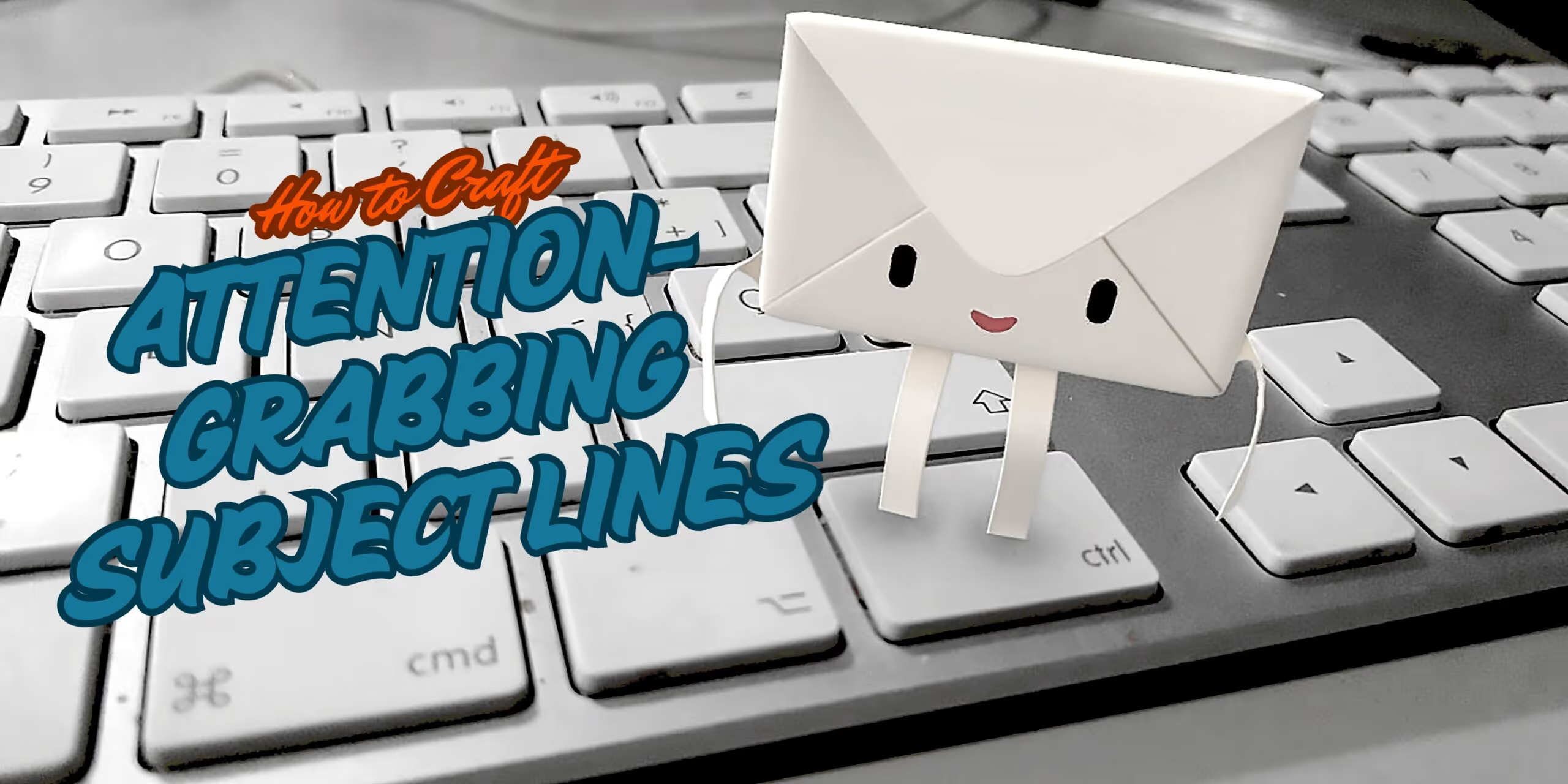
Email Marketing Series – #2: How to Craft Attention-Grabbing Subject Lines


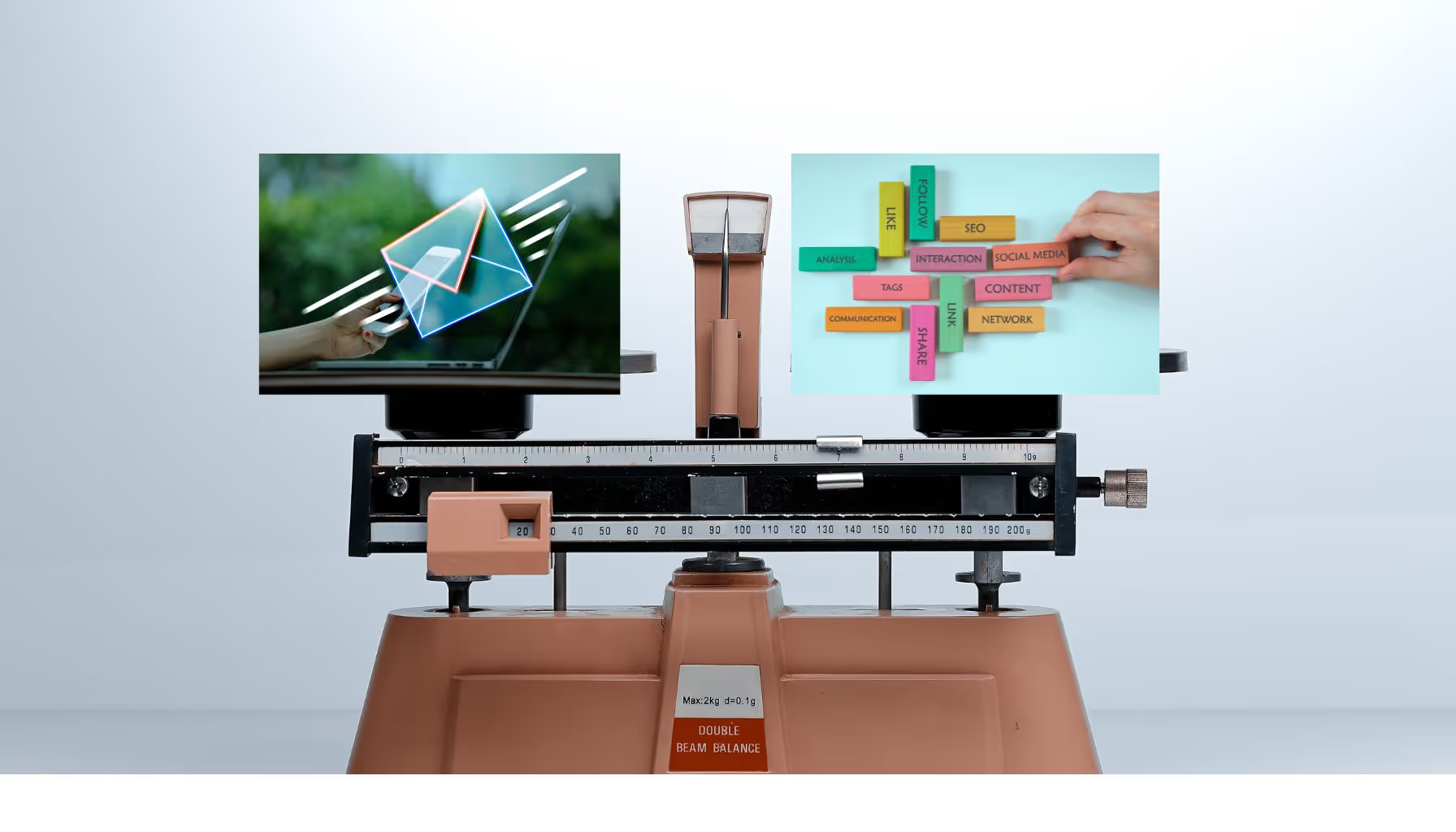
Email Marketing vs. Social Media Marketing — Which Should I Use?


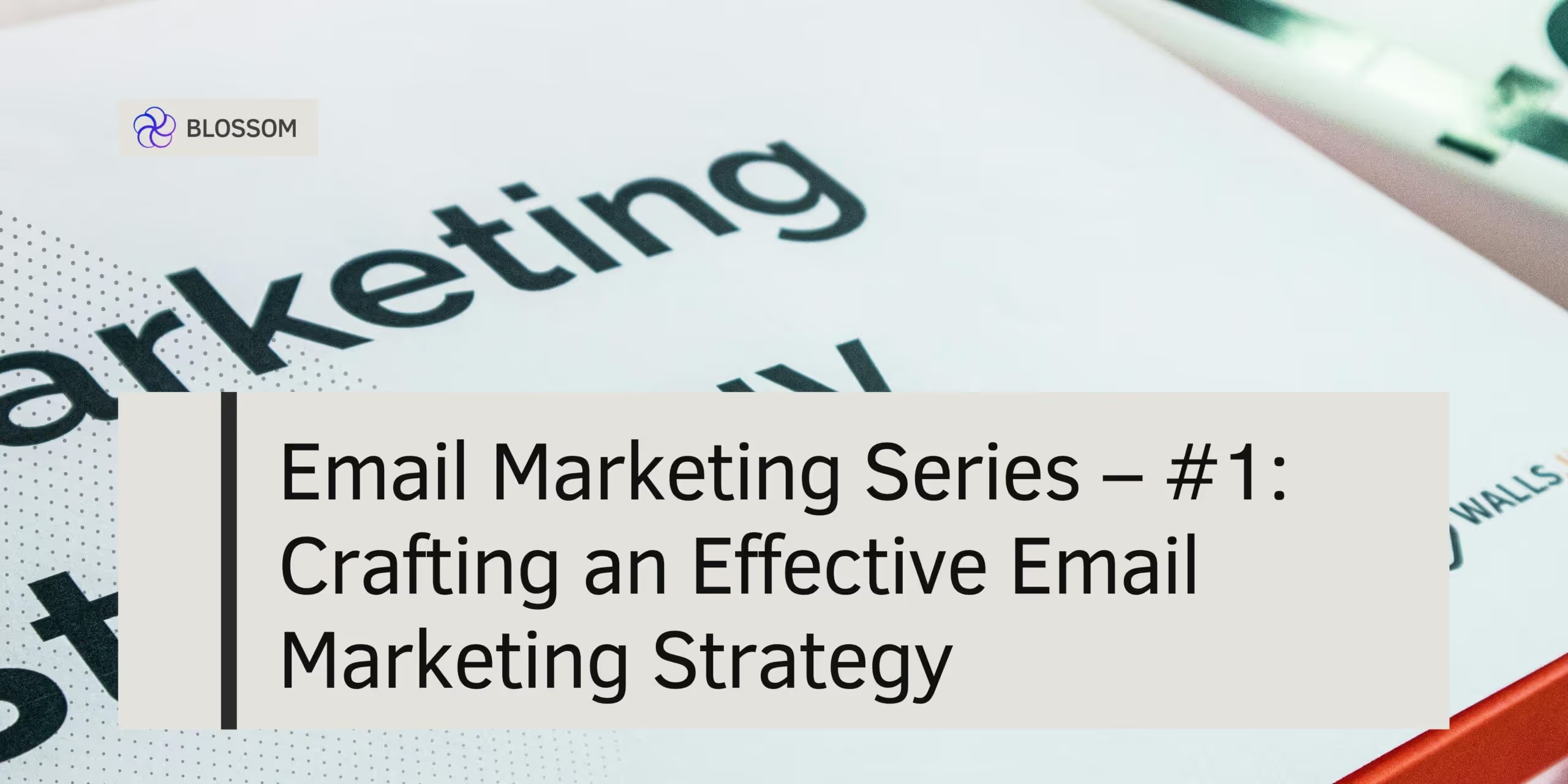
Email Marketing Series – #1: Crafting an Effective Email Marketing Strategy


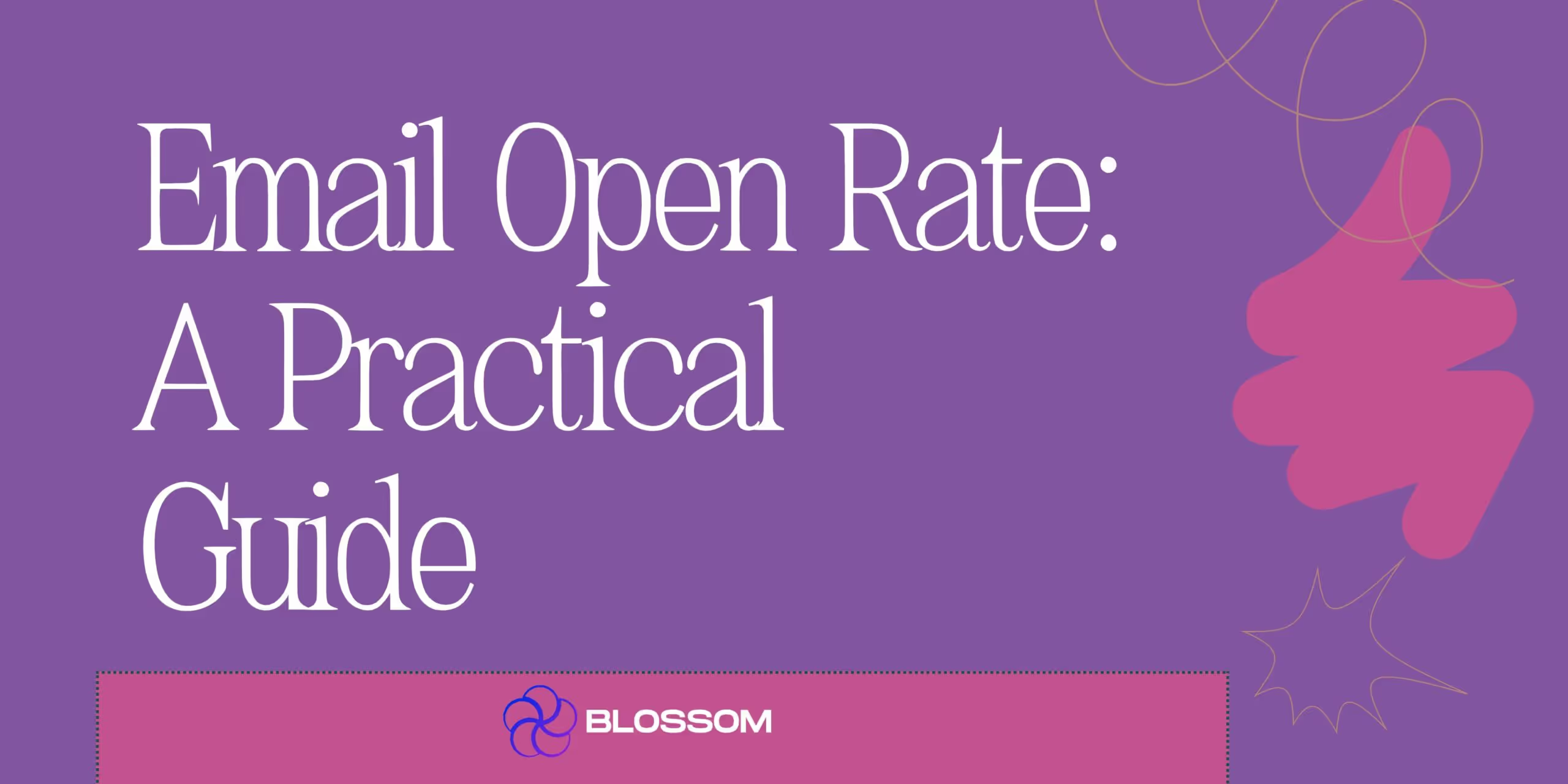
Email Open Rate: A Practical Guide


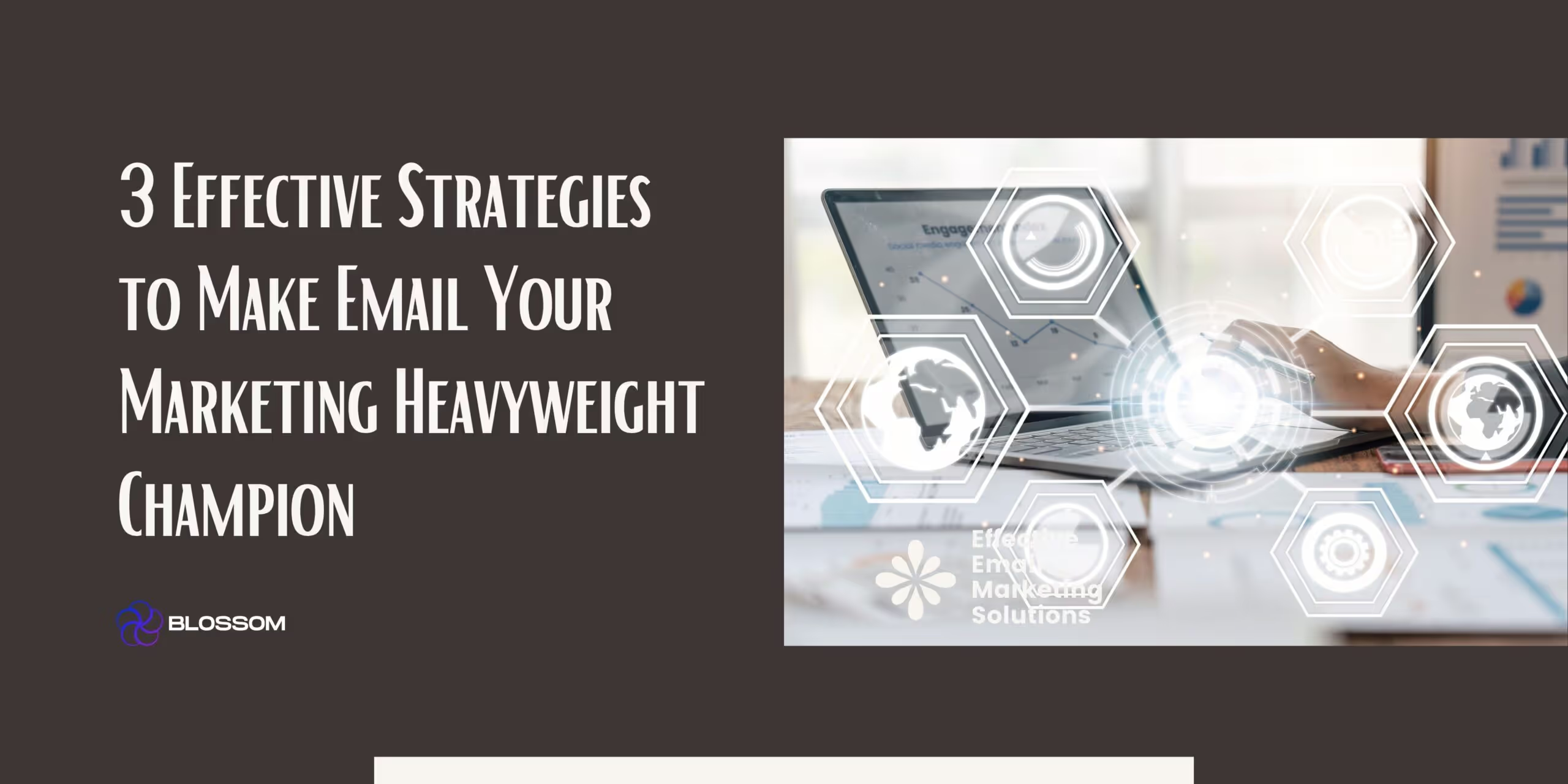
3 Effective Strategies to Make Email Your Marketing Heavyweight Champion



How to Attract New Leads with Video in Your Email Marketing



How to Determine the Profitability of Your eCommerce Website



Multi-Channel eCommerce: The Key to Growing Your Online Business



Understanding eCommerce Conversion Rate & Optimization



How to Optimize Your eCommerce Website for More Conversions



Top 3 eCommerce and Digital Marketing Trends for 2025



Optimizing Your Email Marketing Strategy: A/B Testing Explained



35 Eye-Opening Email Marketing Stats You Need to Know


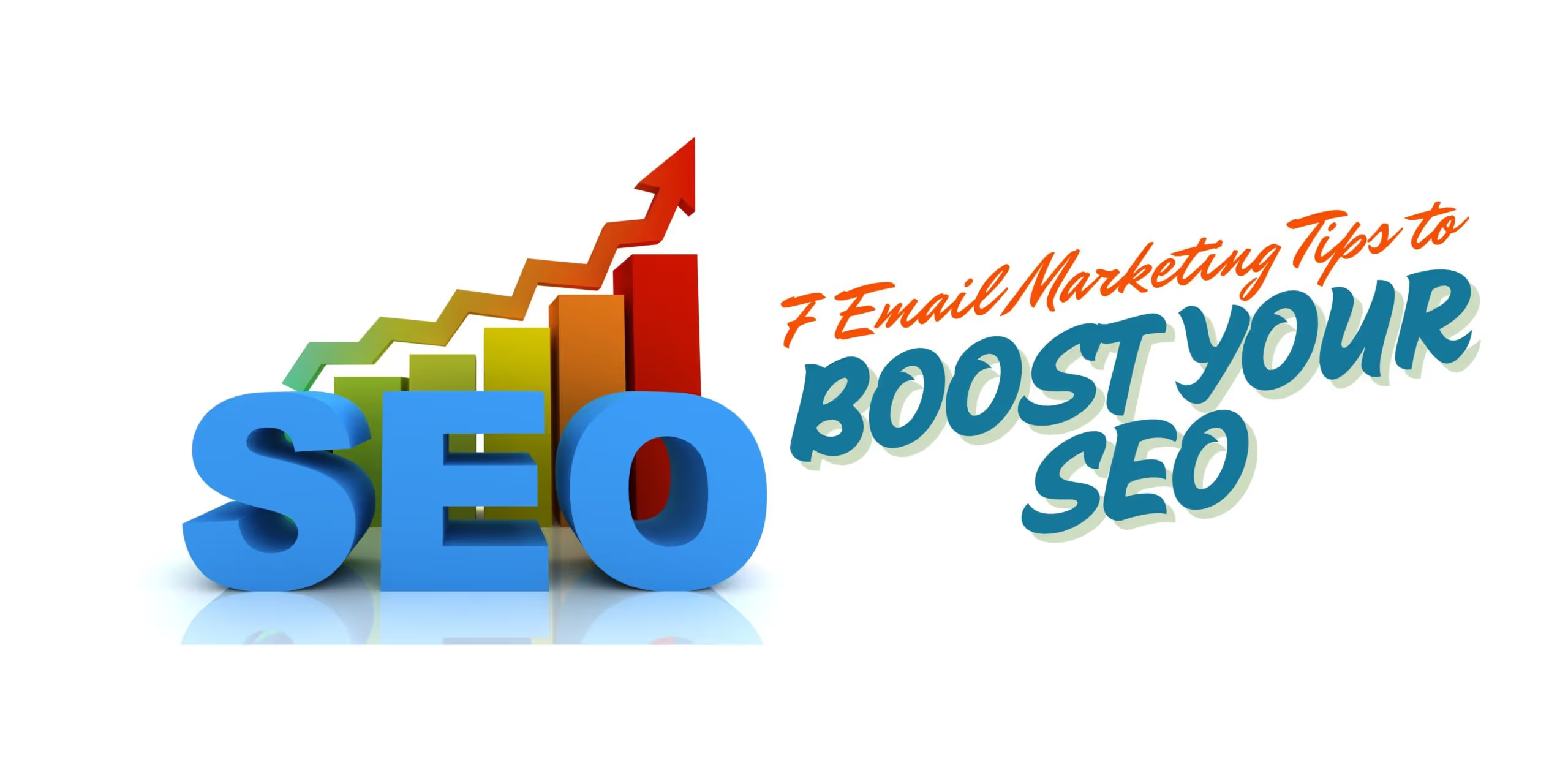
7 Email Marketing Tips to Boost Your SEO


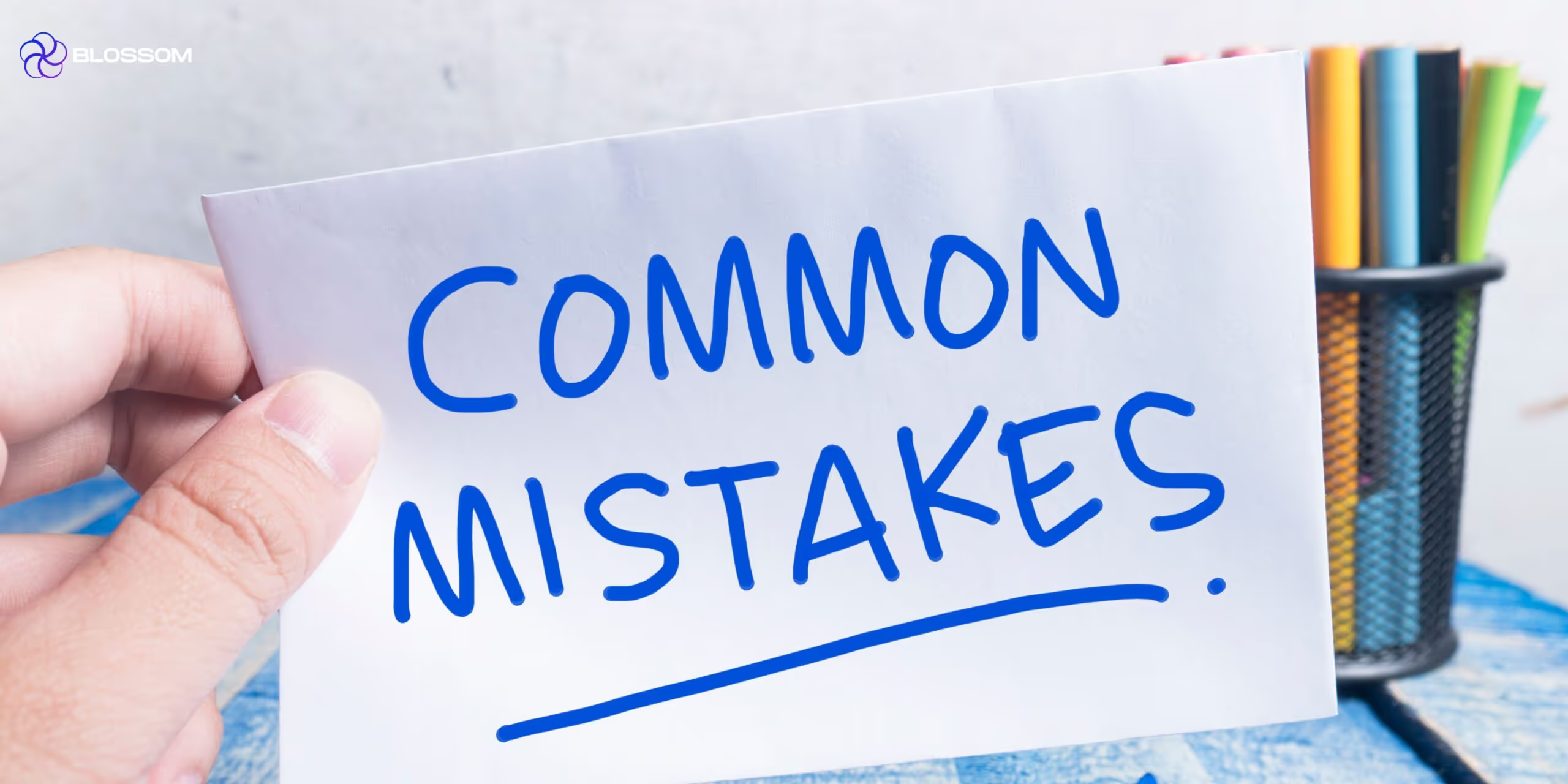
11 Common Email Marketing Mistakes That Are Tanking Your Conversions (And How to Fix Them)


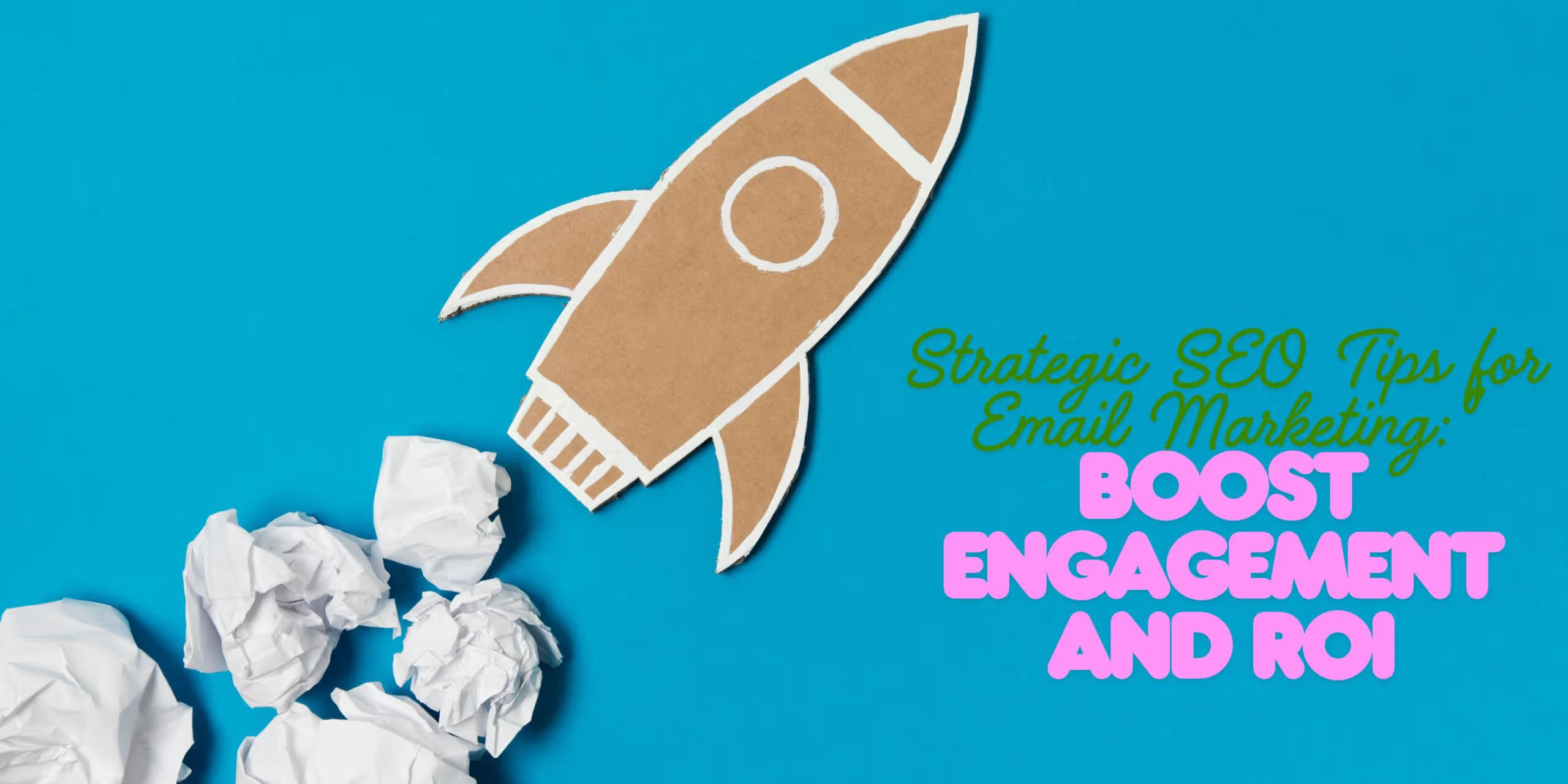
Strategic SEO Tips for Email Marketing: Boost Engagement and ROI


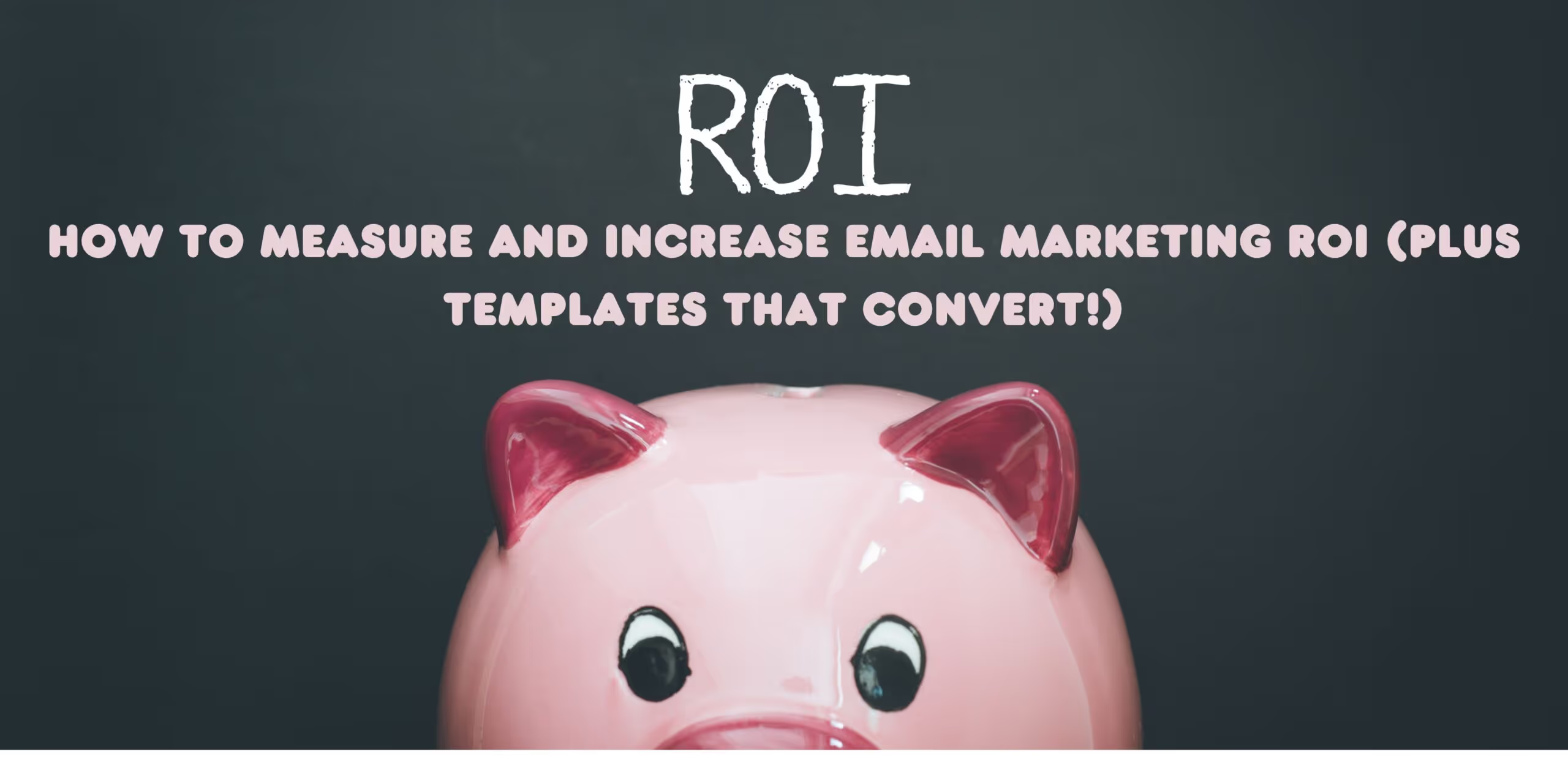
How to Measure and Increase Email Marketing ROI (Plus Templates That Convert!)



Do Lifecycle Email Campaigns Really Drive Conversions? Here’s What We Found



How to Use Remailing in Your Email Marketing Strategy


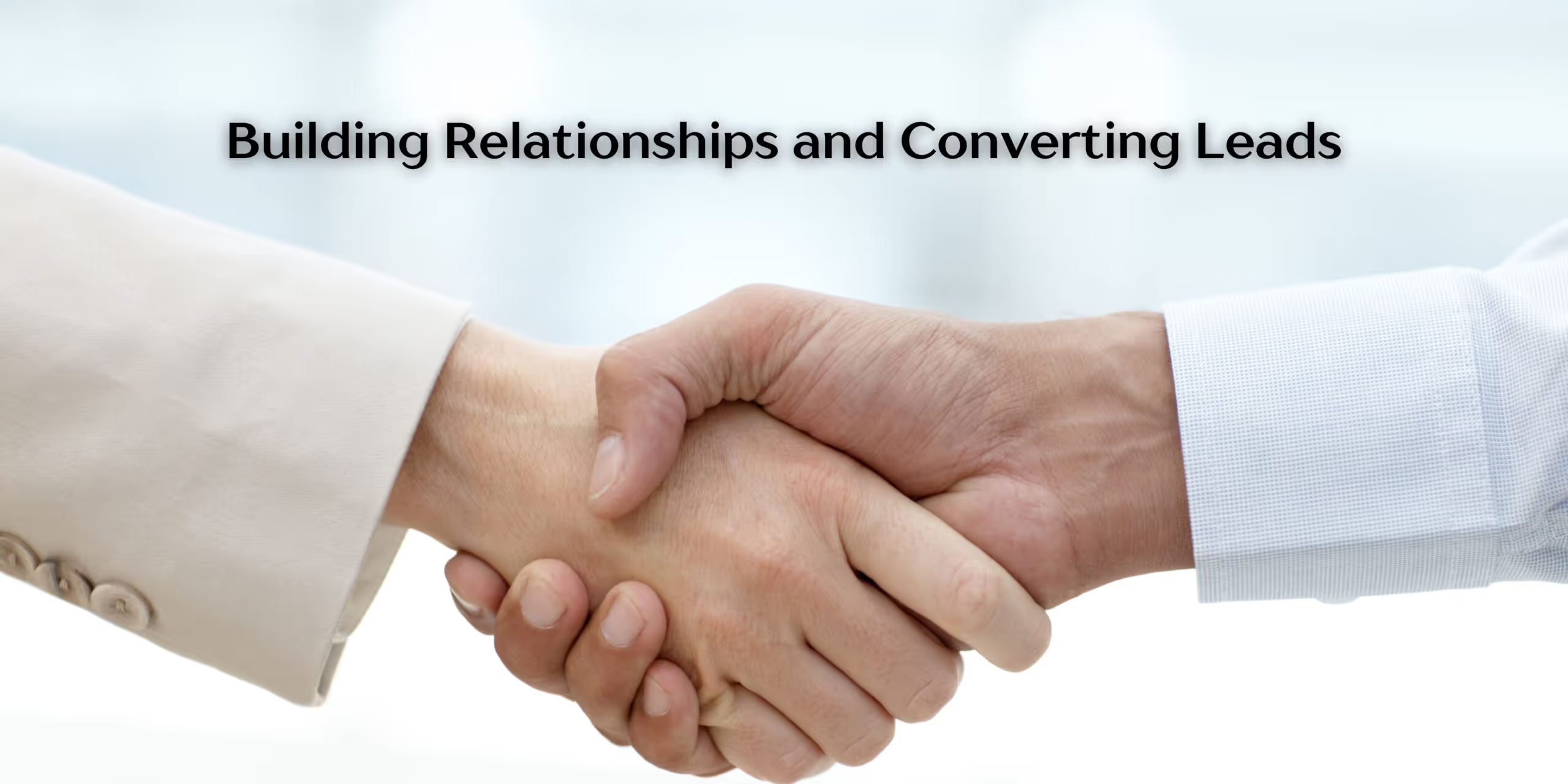
B2B Email Marketing: Building Relationships and Converting Leads


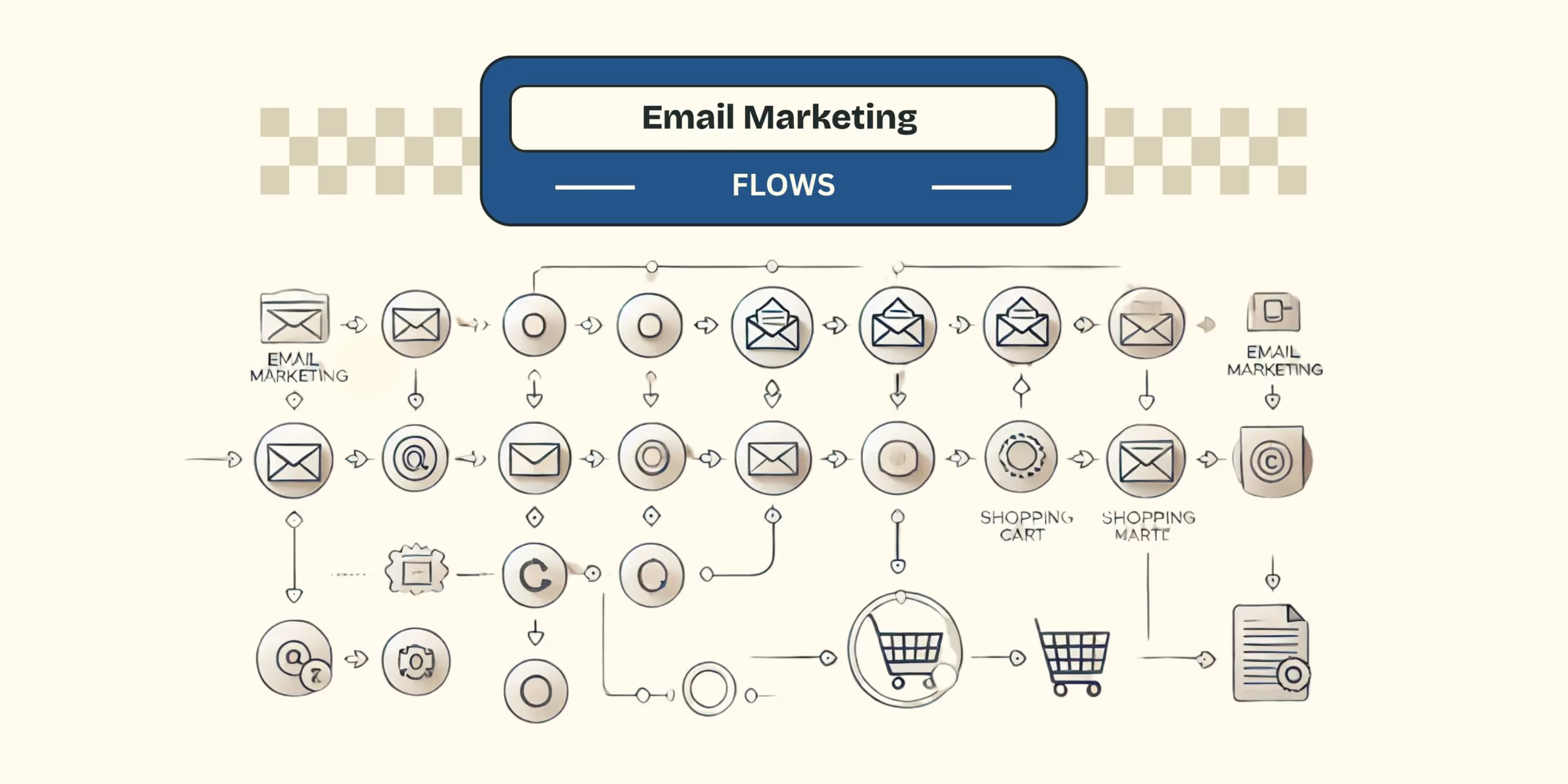
Core Email Marketing Flows: 2025 Essentials for Shopify



Top 5 Revenue-Generating Email Marketing Journeys (Straight from a Klaviyo Partner Agency)


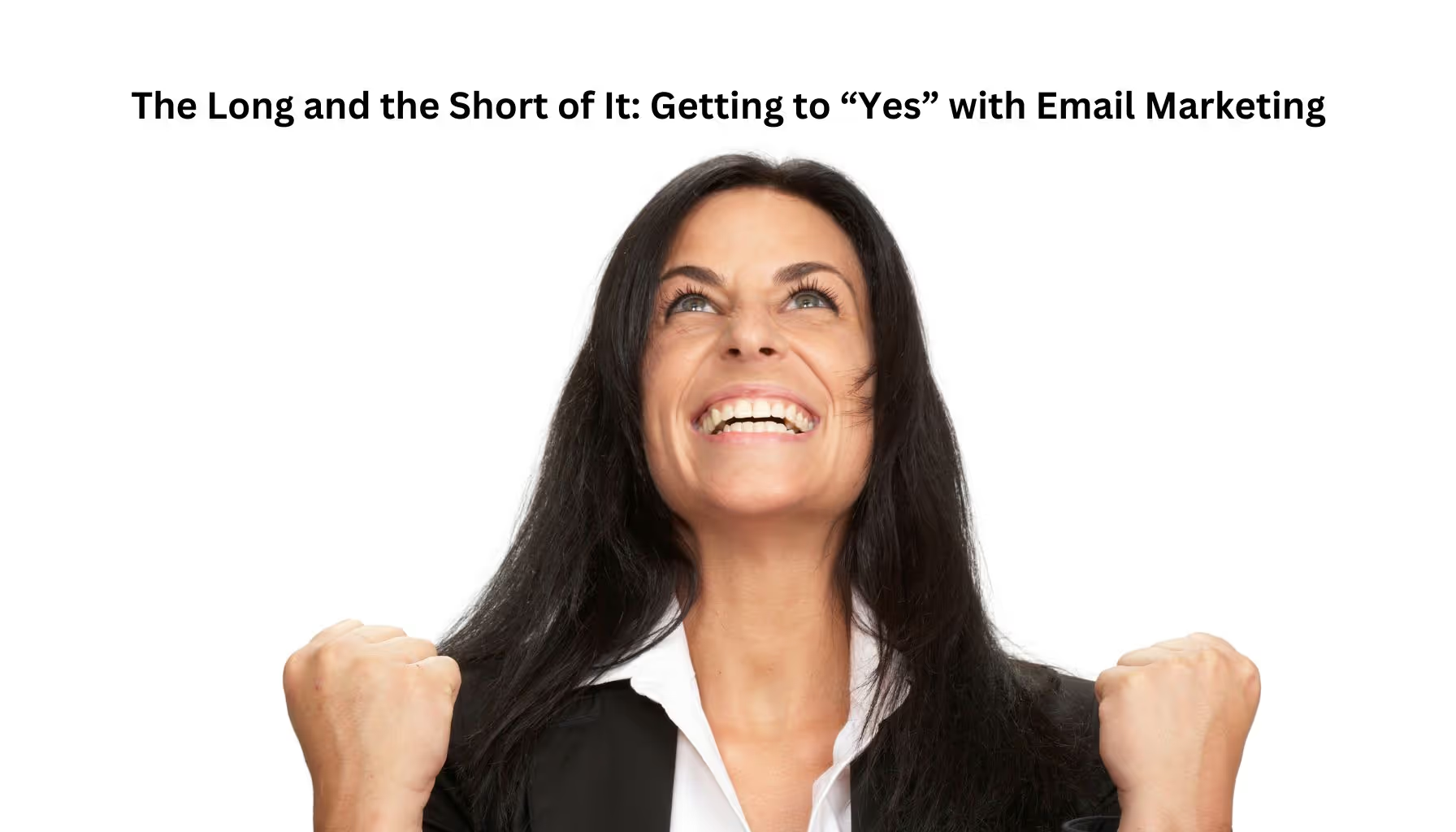
The Long and the Short of It: Getting to “Yes” with Email Marketing


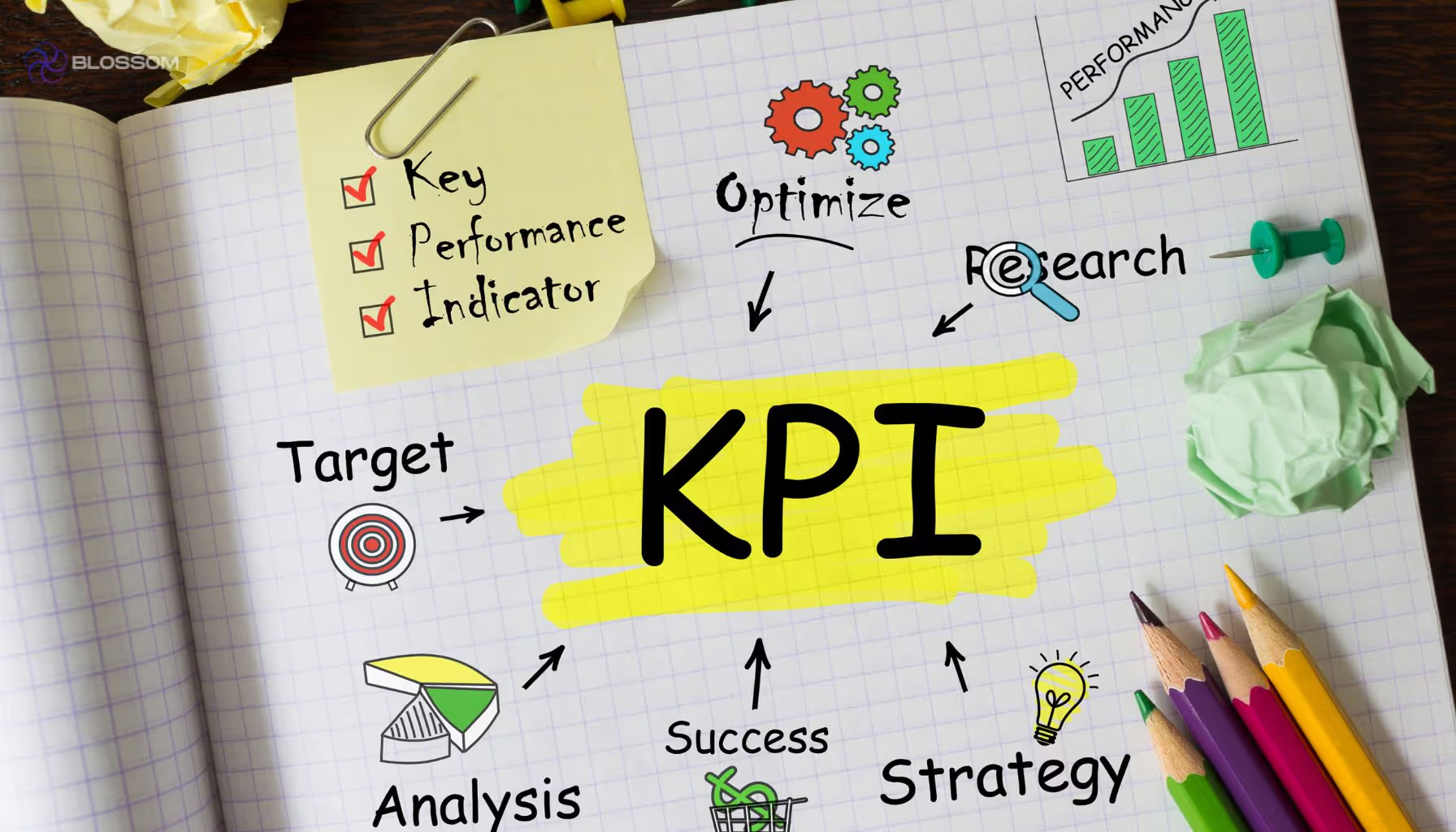
10 Email Marketing KPIs Every Marketer Needs to Know


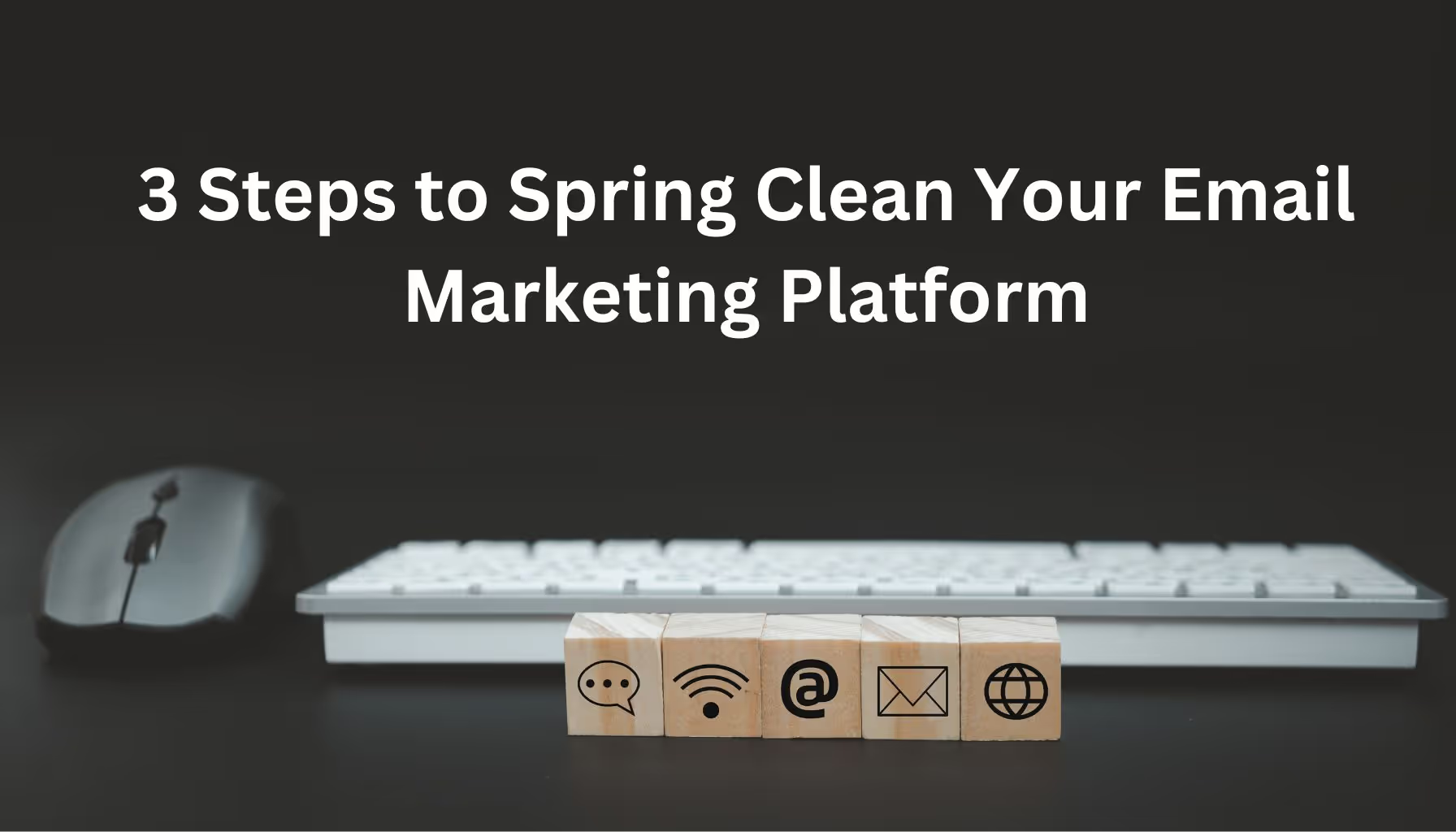
3 Steps to Spring Clean Your Email Marketing Platform


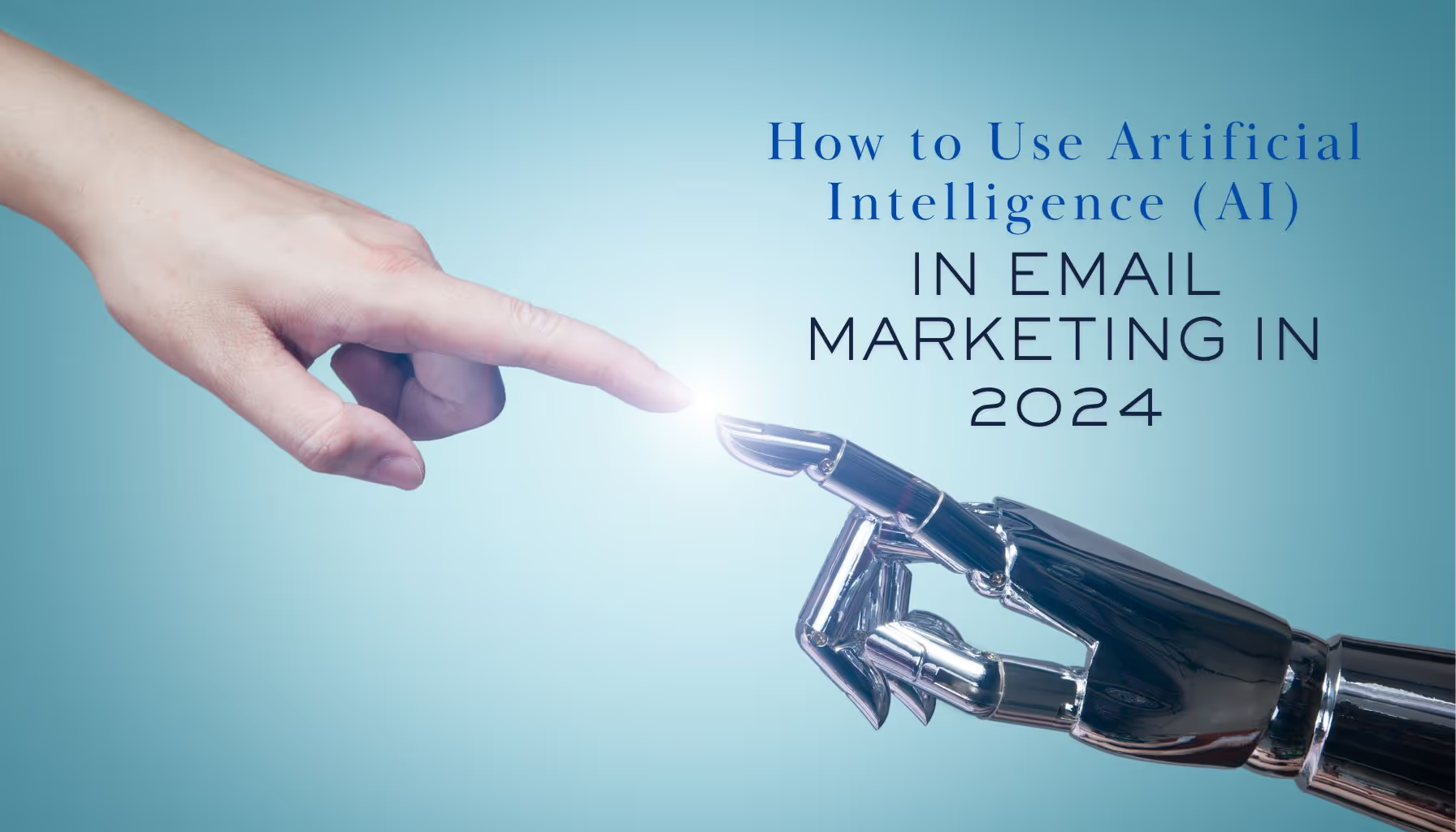
How to Use Artificial Intelligence (AI) in Email Marketing in 2024



How To Create Marketing Emails That Engage Your Audience and Get Results



Why SMS is the Perfect Addition to Any Marketing Mix


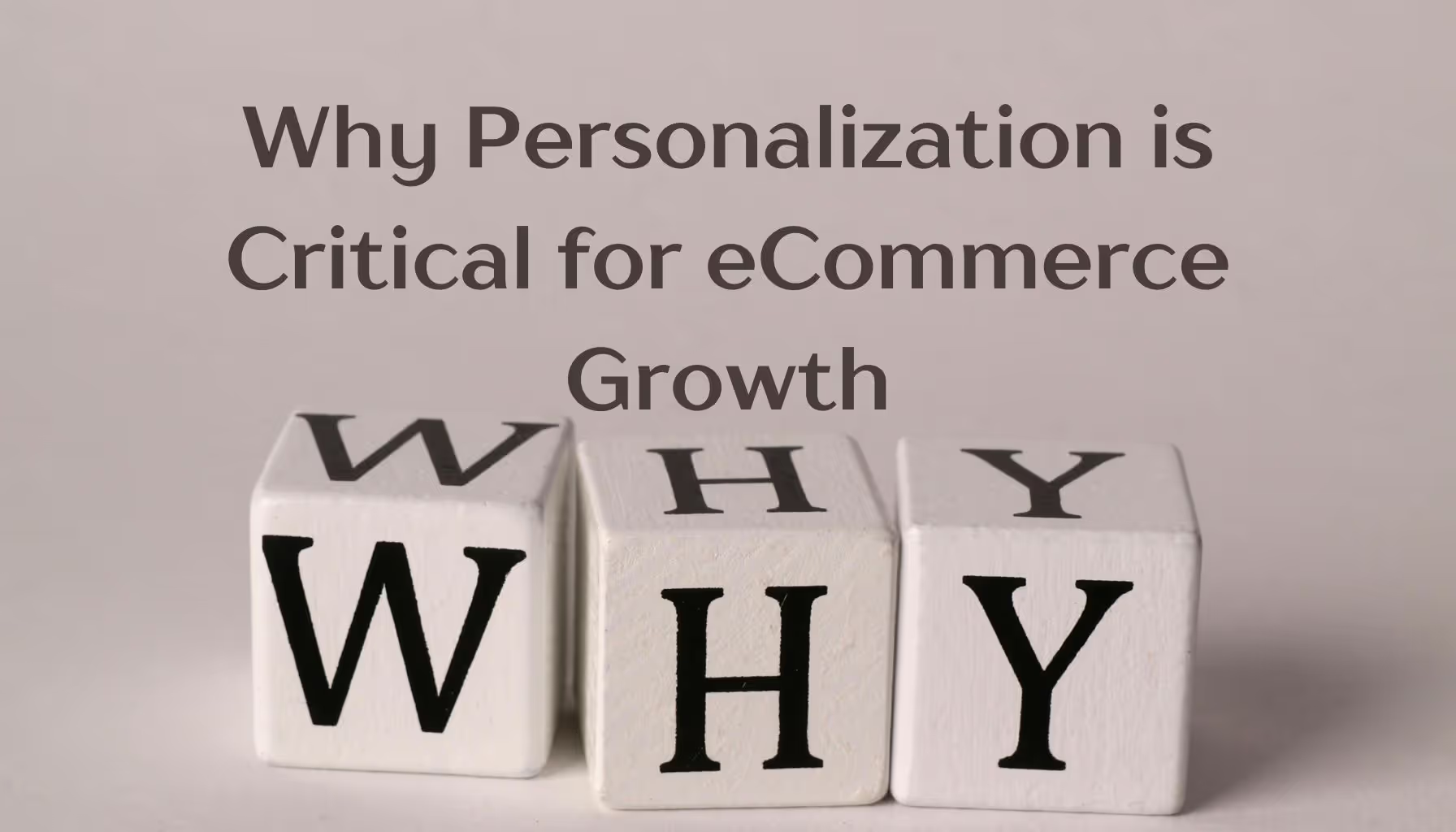
Why Personalization is Critical for eCommerce Growth



How to Grow Your Startup’s Email List: Lessons from Daycation



How We Achieved a 27% Winback Rate with a Smart Email Strategy for Dumpling


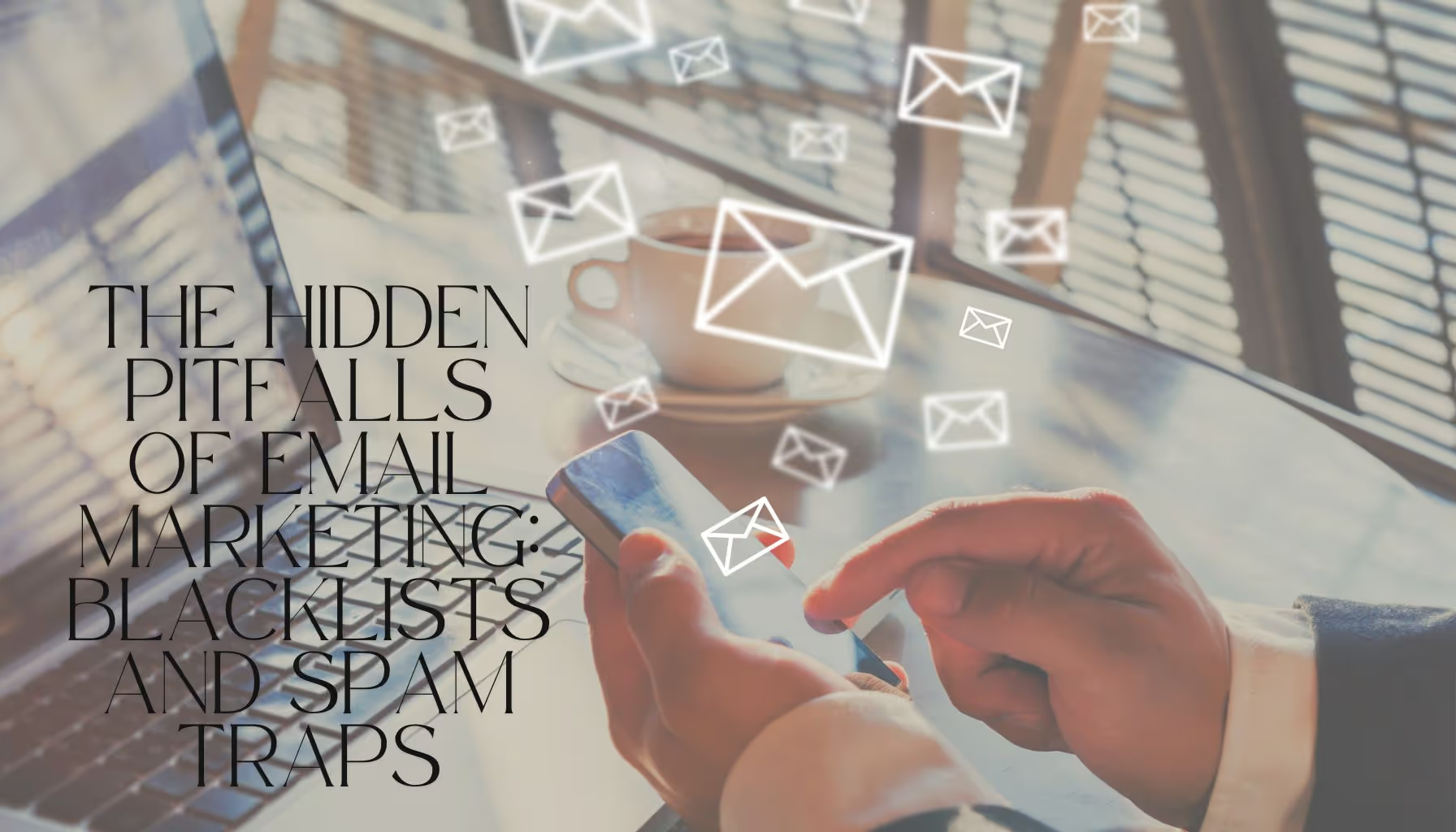
The Hidden Pitfalls of Email Marketing: Blacklists and Spam Traps


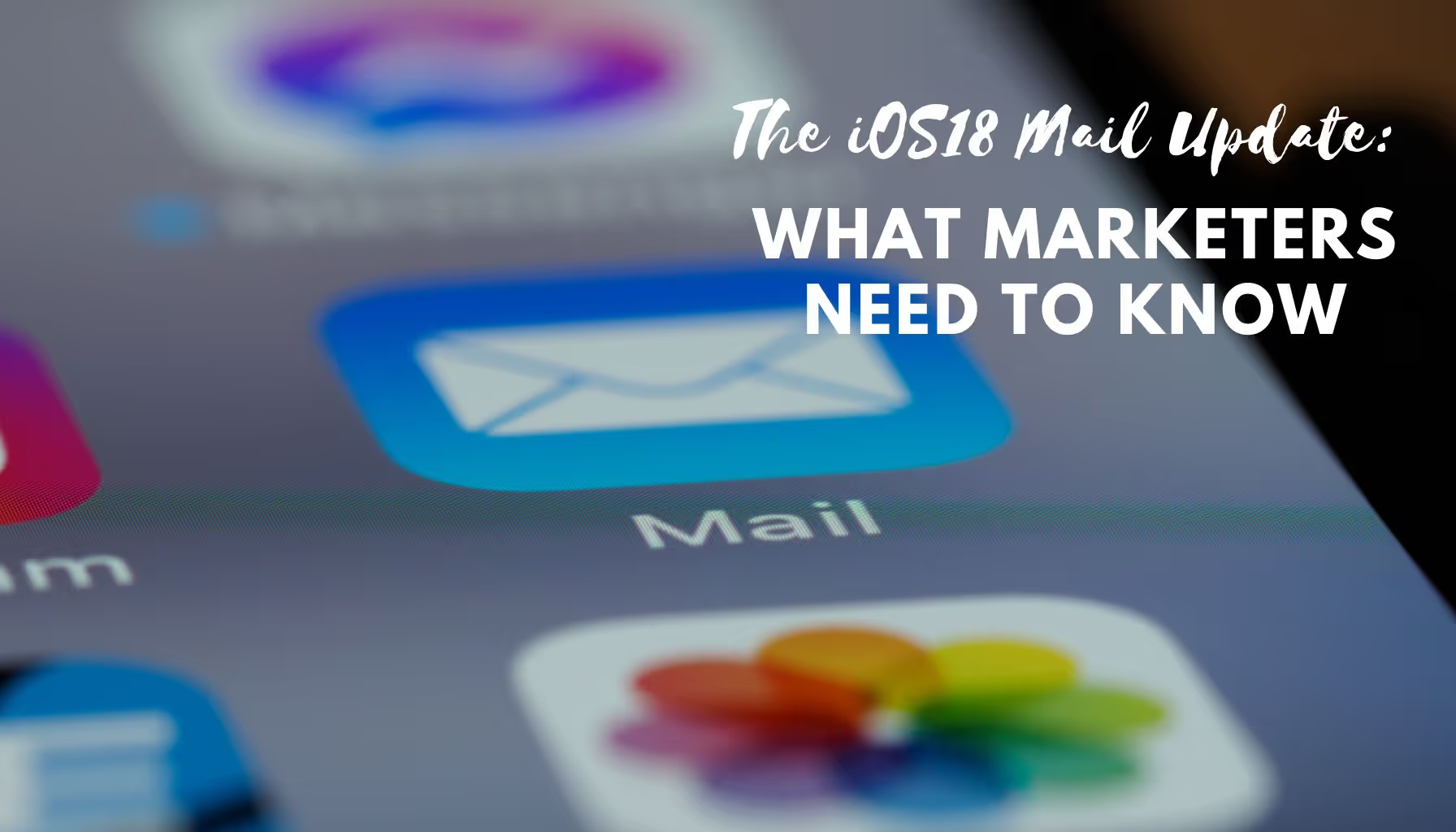
The iOS18 Mail Update: What Marketers Need to Know



Supercharging Customer Journey Automations with Email Touchpoints


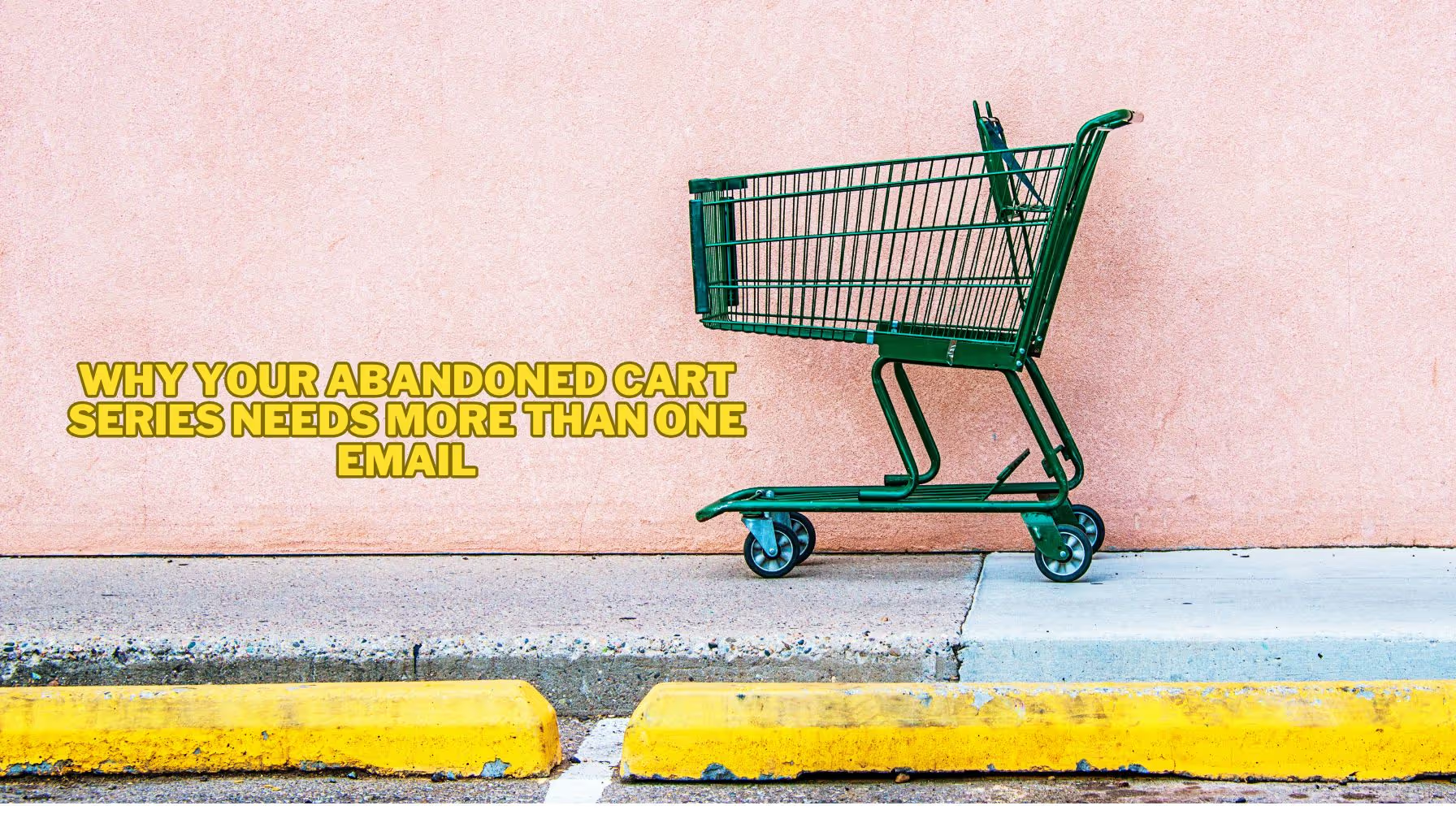
Why Your Abandoned Cart Series Needs More Than One Email


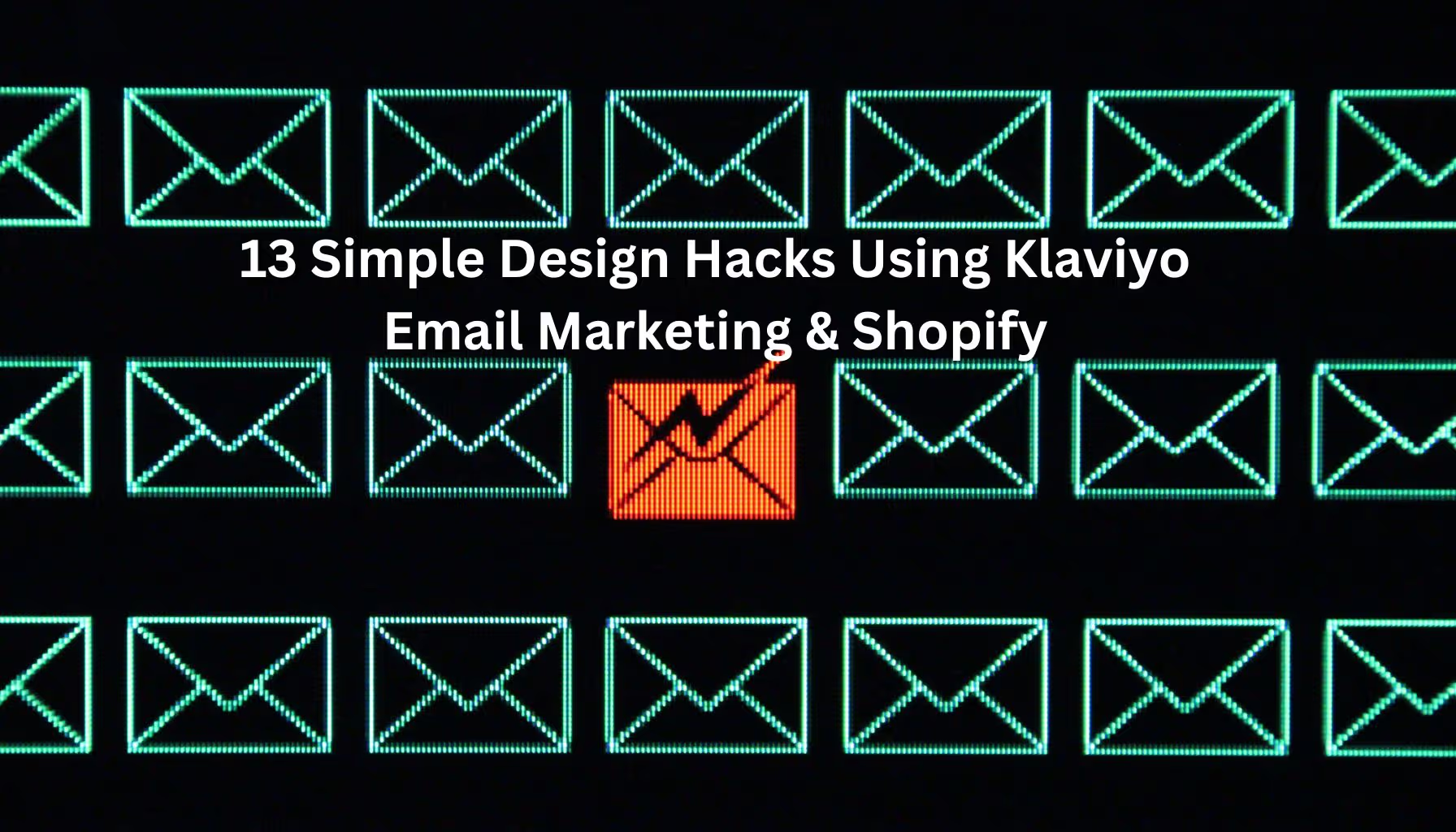
13 Simple Design Hacks Using Klaviyo Email Marketing & Shopify


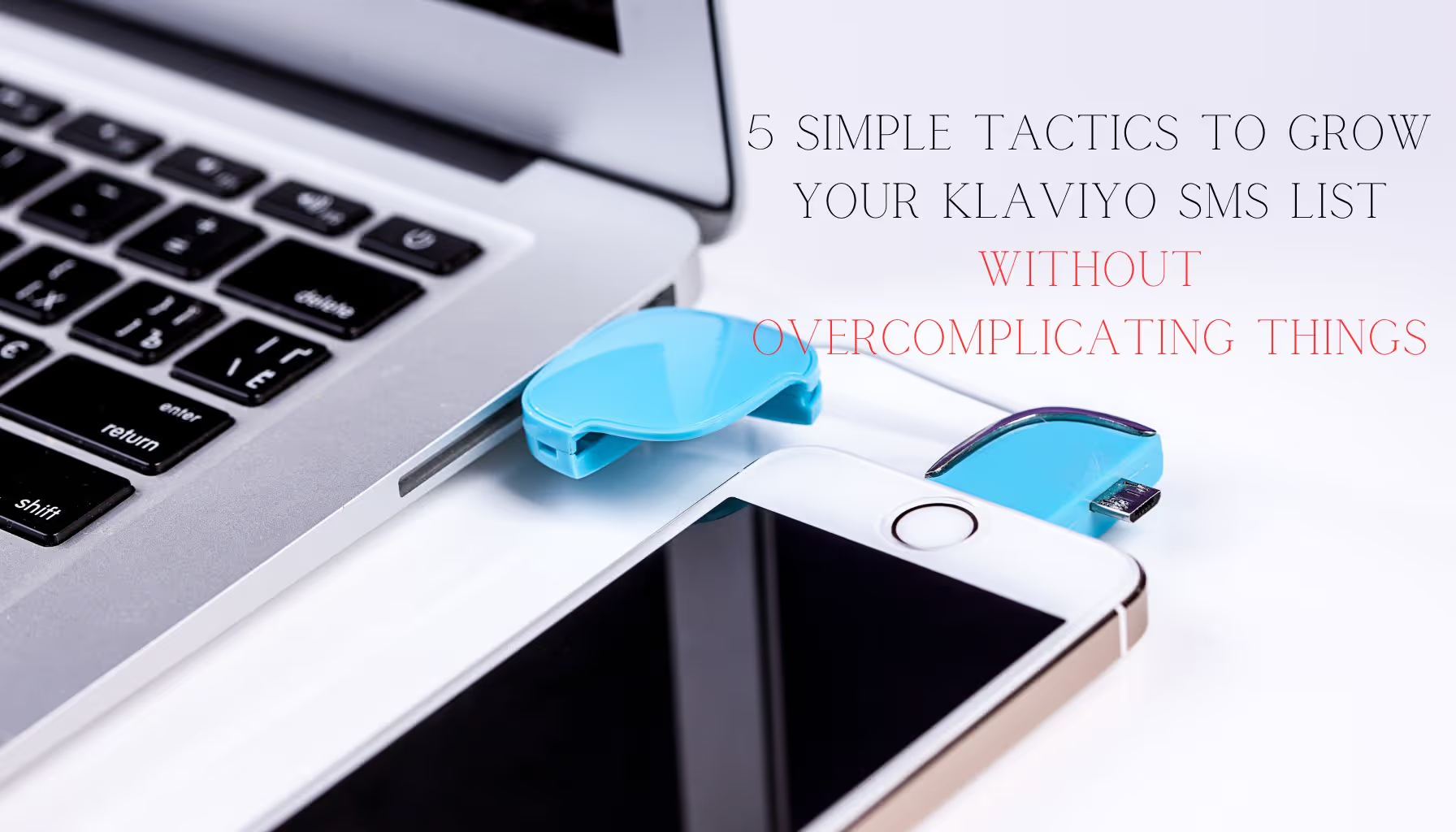
5 Simple Tactics to Grow Your Klaviyo SMS List Without Overcomplicating Things



Why Klaviyo SMS Crushes Other SMS Providers (And How Ignoring It Costs You Revenue)



10 Klaviyo Strategies That Drove Over $50 Million for Our Clients


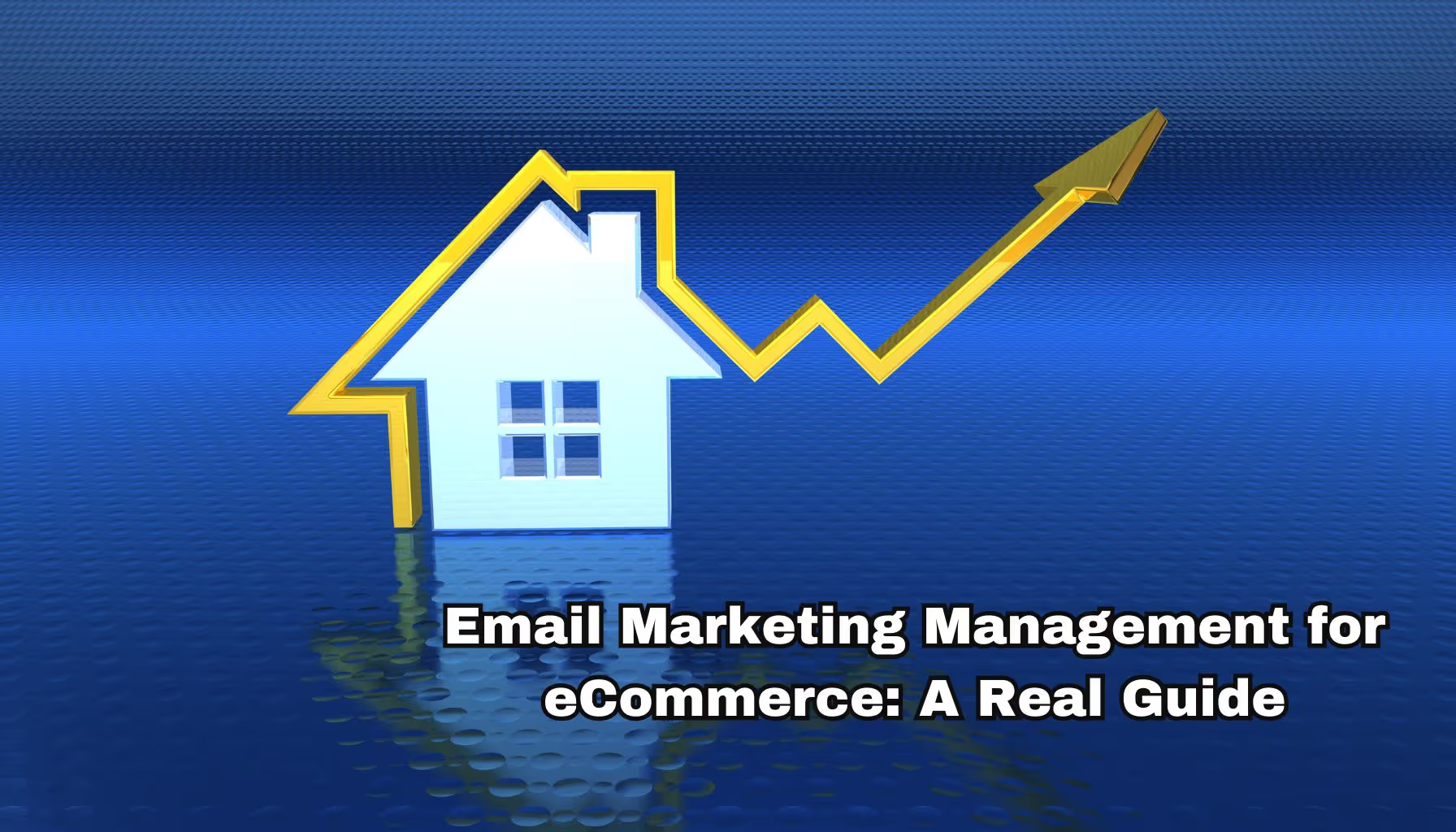
Email Marketing Management for eCommerce: A Real Guide


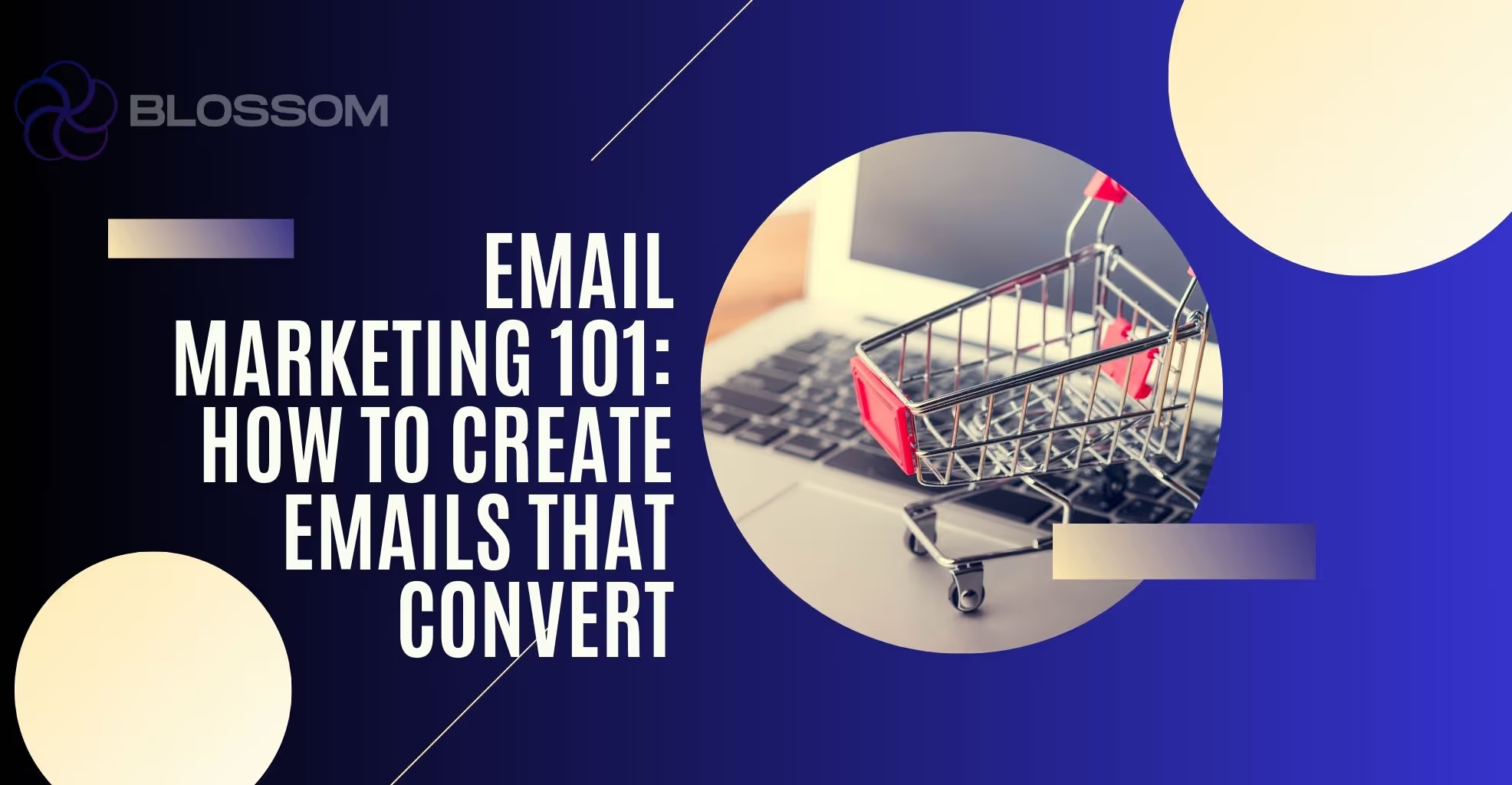
Email Marketing 101: How to Create Emails That Convert


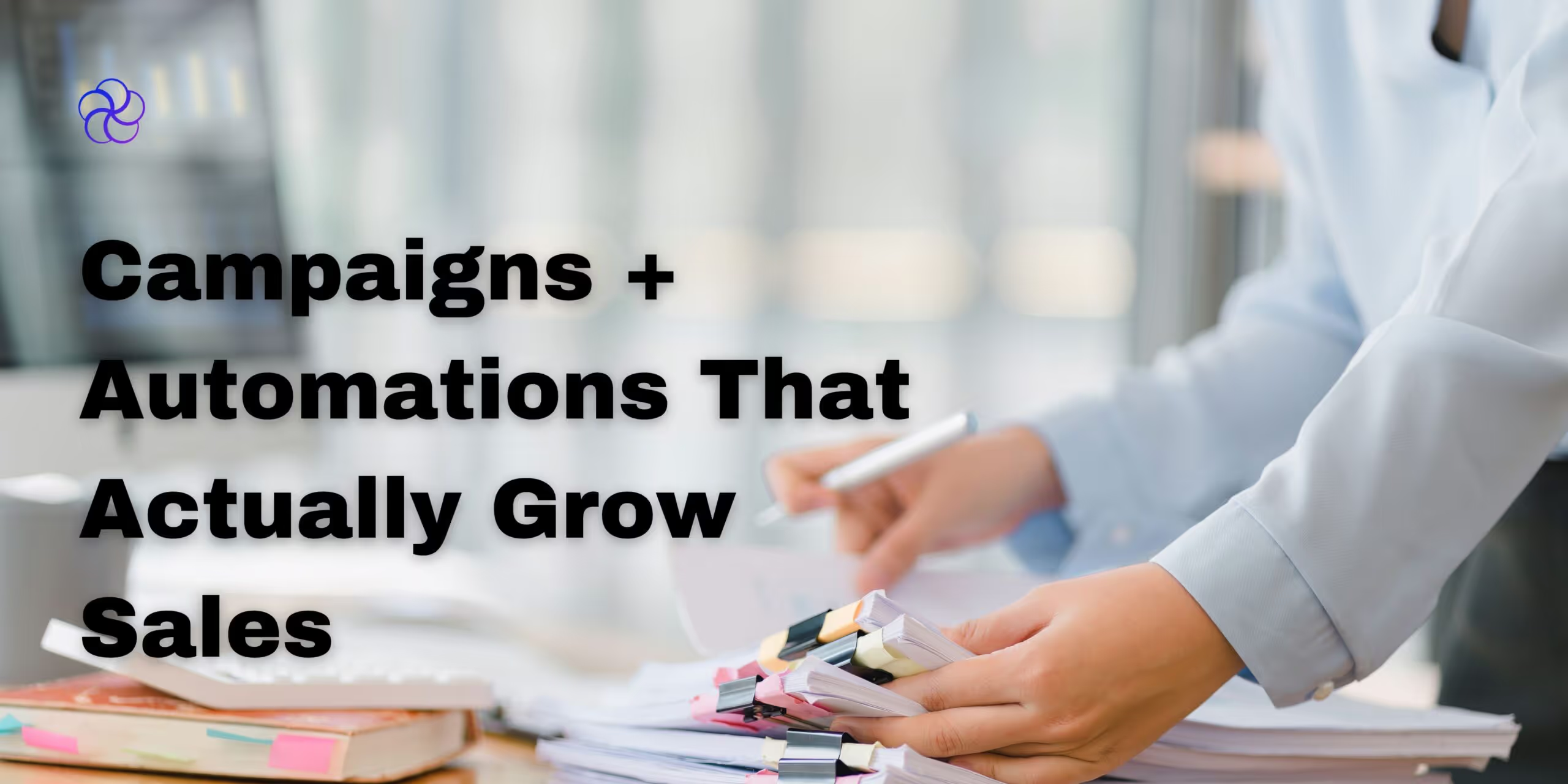
Shopify Email Marketing: Campaigns + Automations That Actually Grow Sales


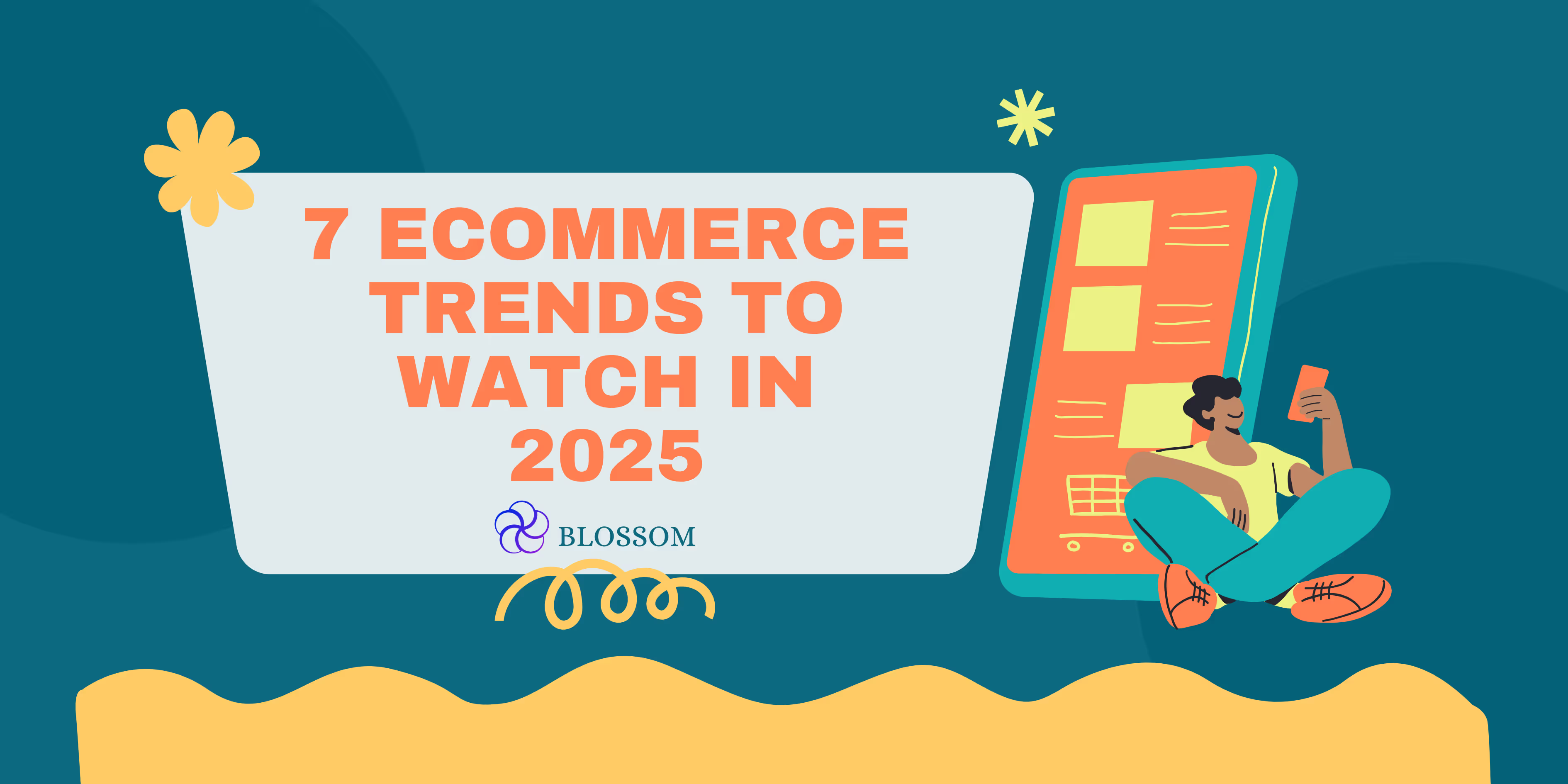
7 eCommerce Trends to Watch in 2025


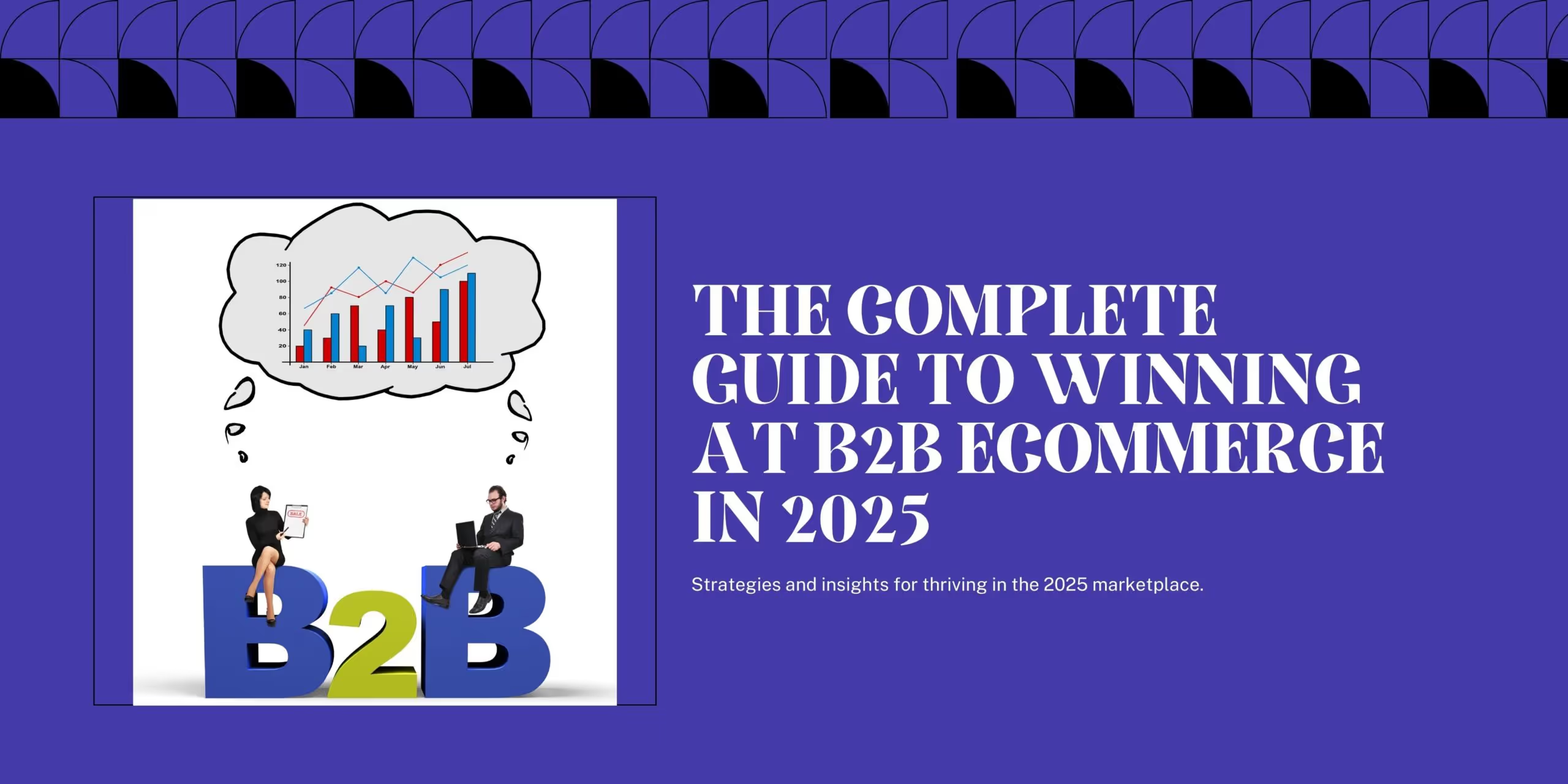
The Complete Guide to Winning at B2B eCommerce in 2025


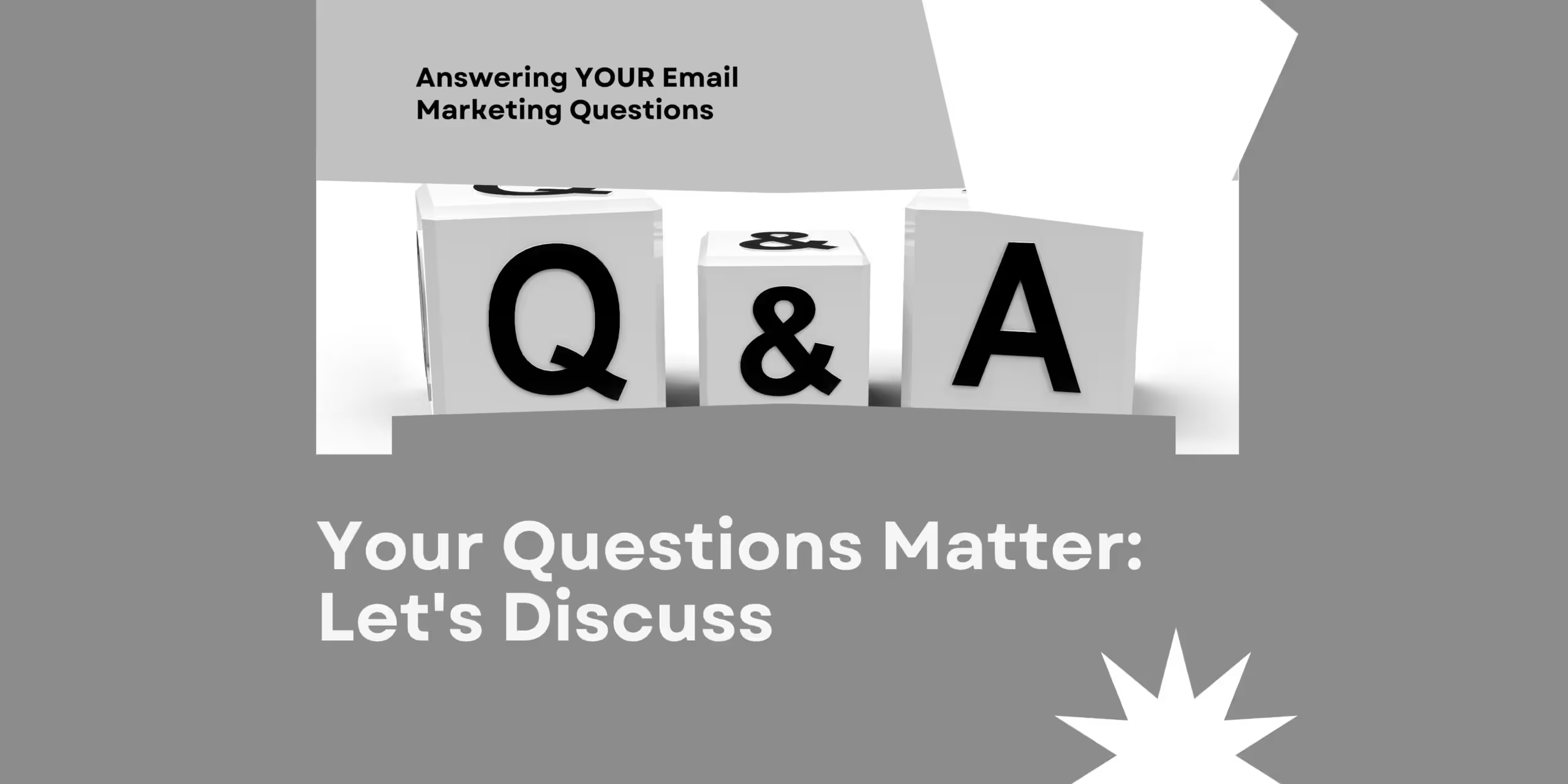
Answering YOUR Email Marketing Questions



What Is Email Marketing and Why Does It Work So Well?


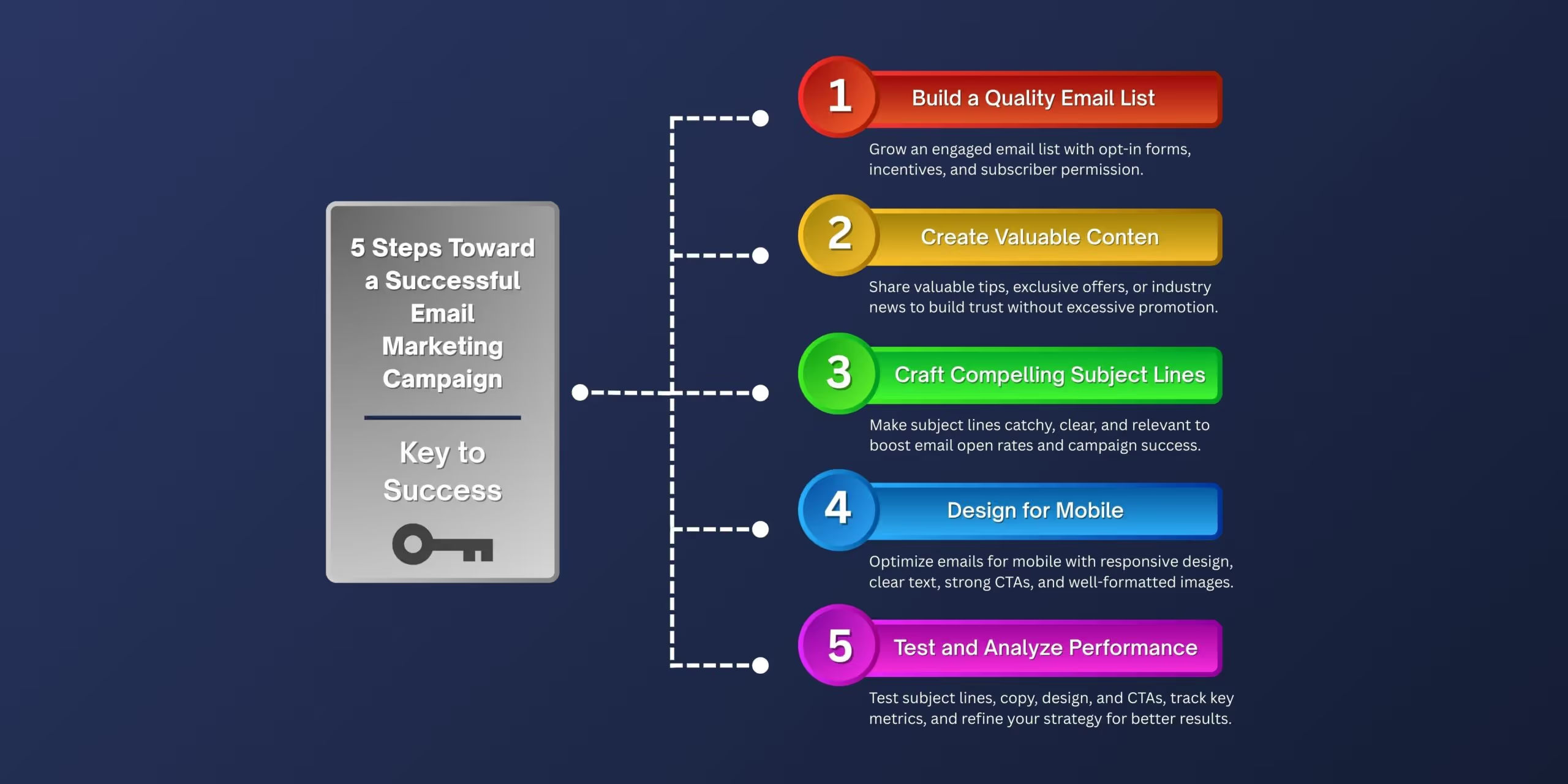
5 Steps Toward a Successful Email Marketing Campaign



8 Proven Strategies to Build Your Email Marketing Lists in 2025



How to Supercharge Your Social Media with Email Marketing


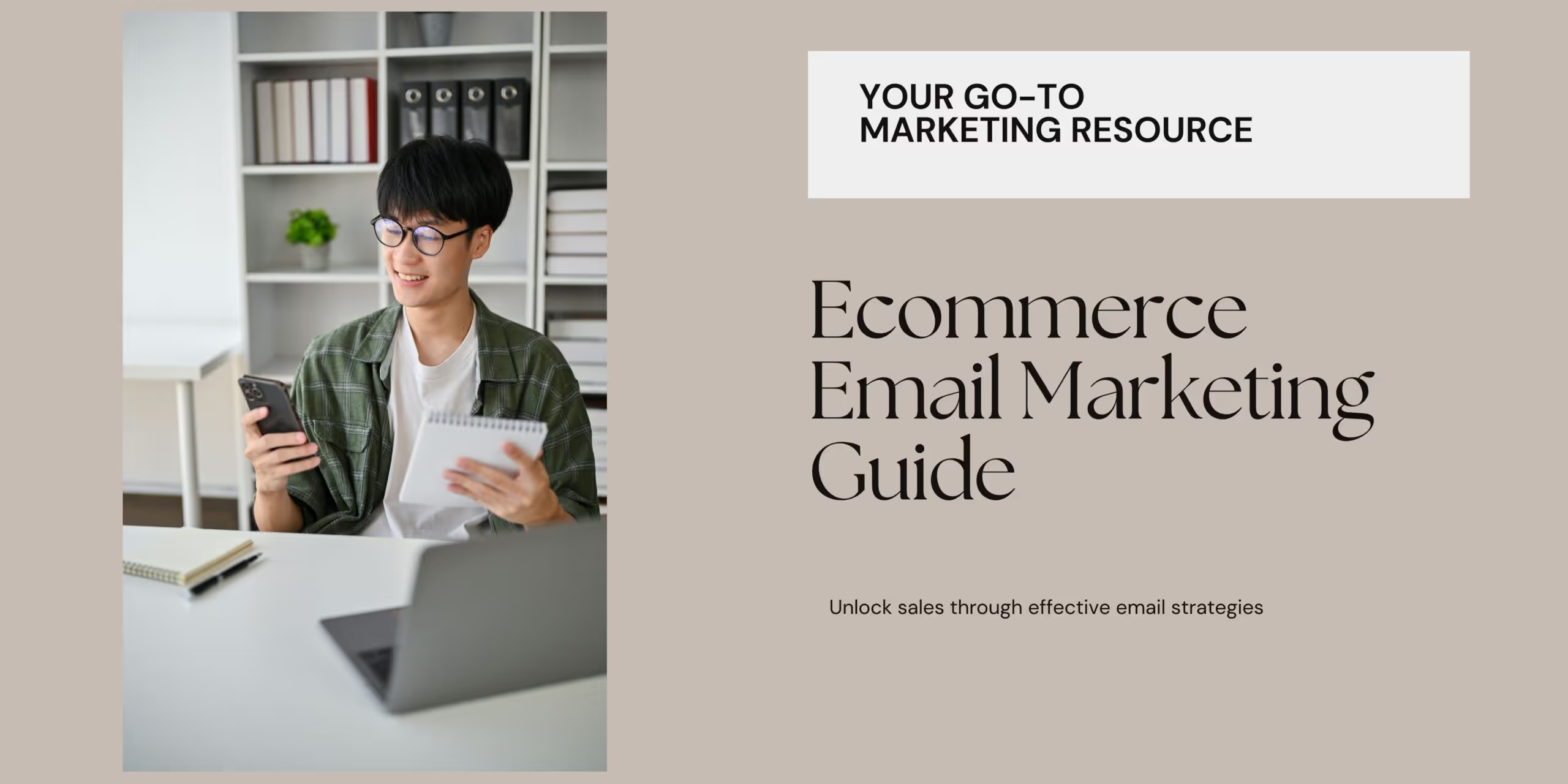
The No-B.S. Guide to Ecommerce Email Marketing


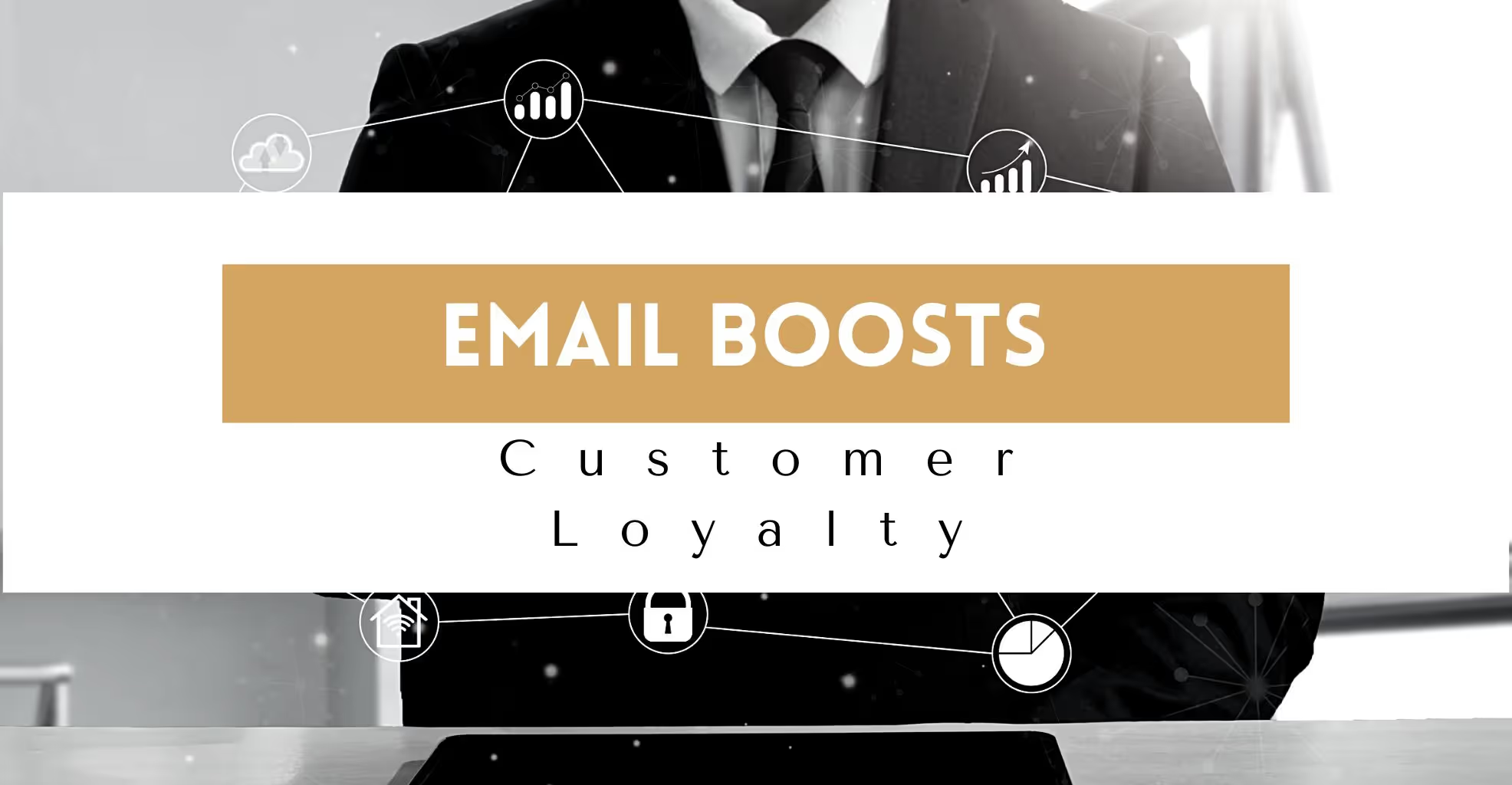
How Email Can Power Your Customer Loyalty


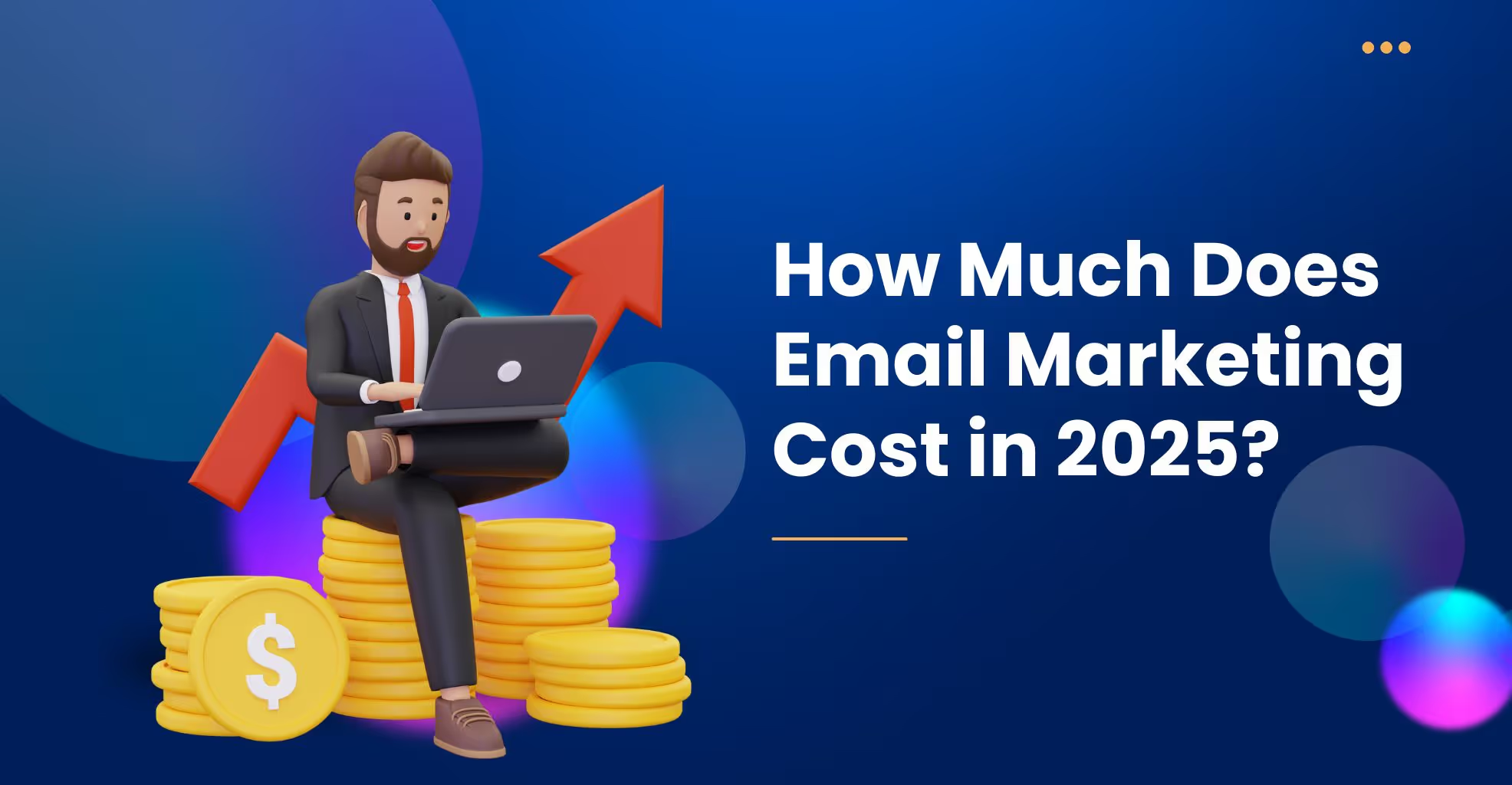
How Much Does Email Marketing Cost in 2025?



Email Marketing 101: How to Create Emails That Convert



Create a Winning Welcome Email Strategy



How to Revitalize Your eCommerce Sales in the New Year


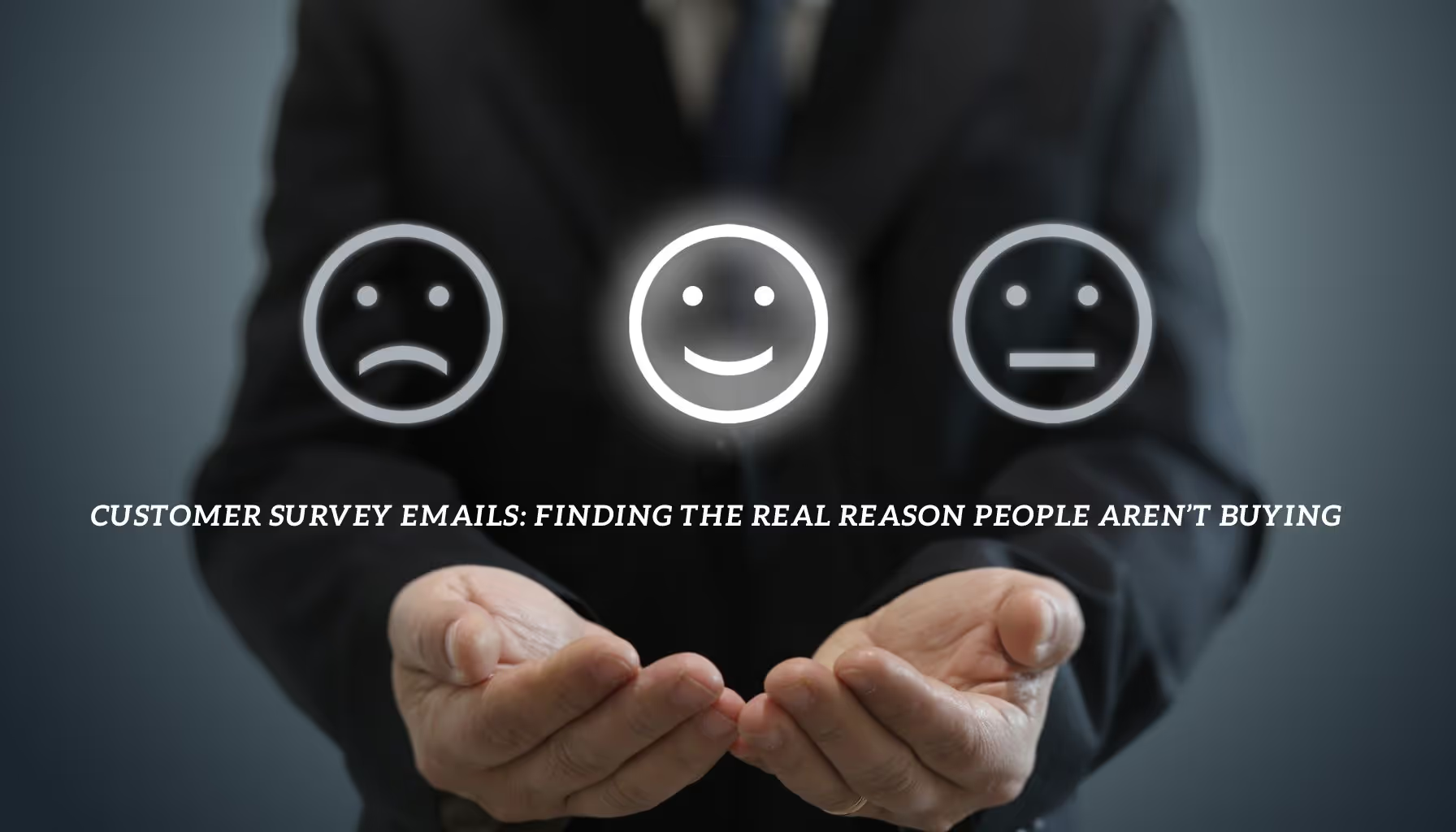
Customer Survey Emails: Finding the REAL Reason People Aren’t Buying



E-commerce Email Marketing: Dos, Don’ts, and Essential Tips for CBD Brands



The Ultimate Crash Course Email Marketing for E-commerce Store



3 Retention Metrics You’re Measuring Incorrectly + Strategies to Fix Them


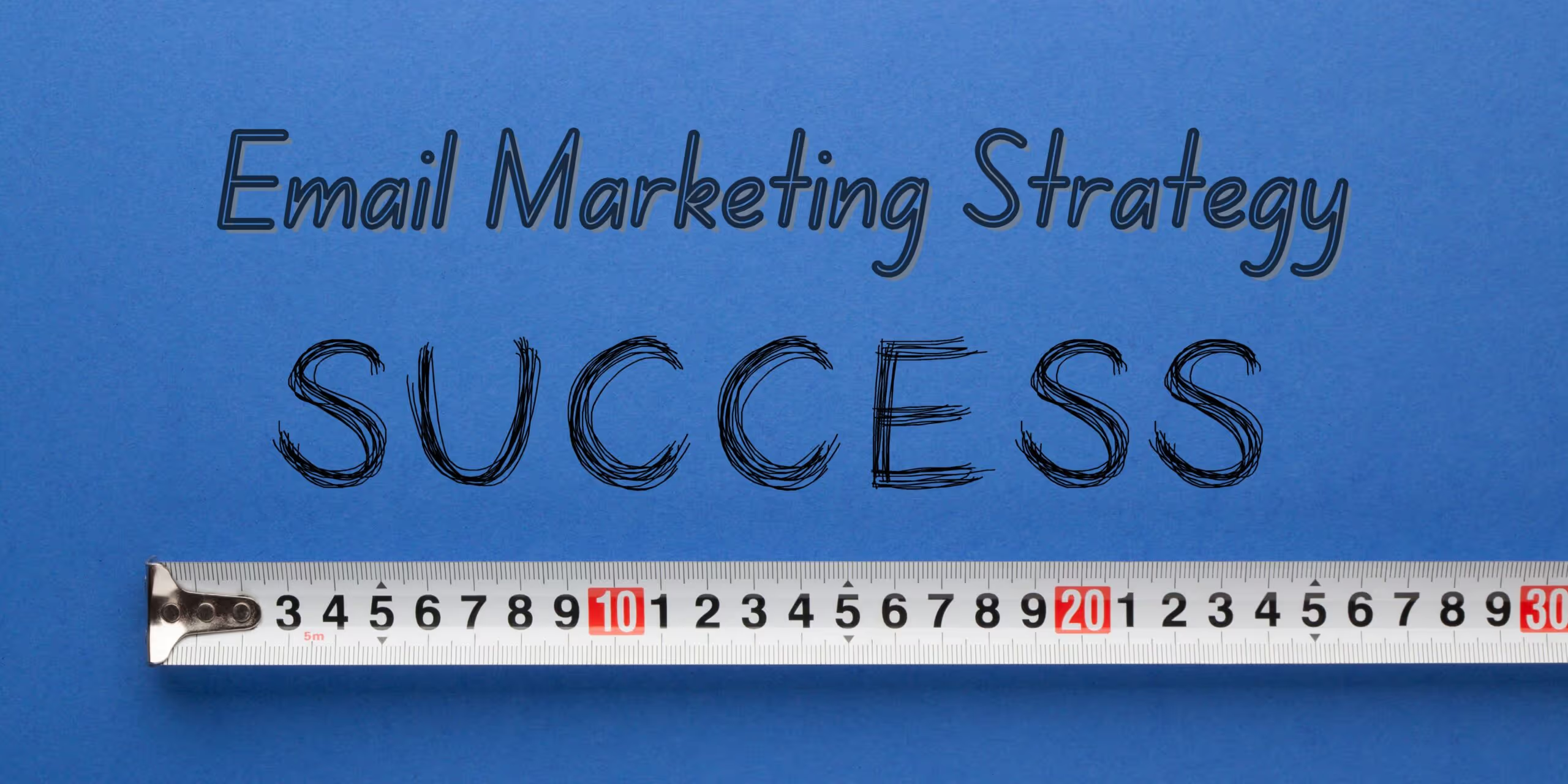
How to Measure the Success of Your Email Marketing Strategy


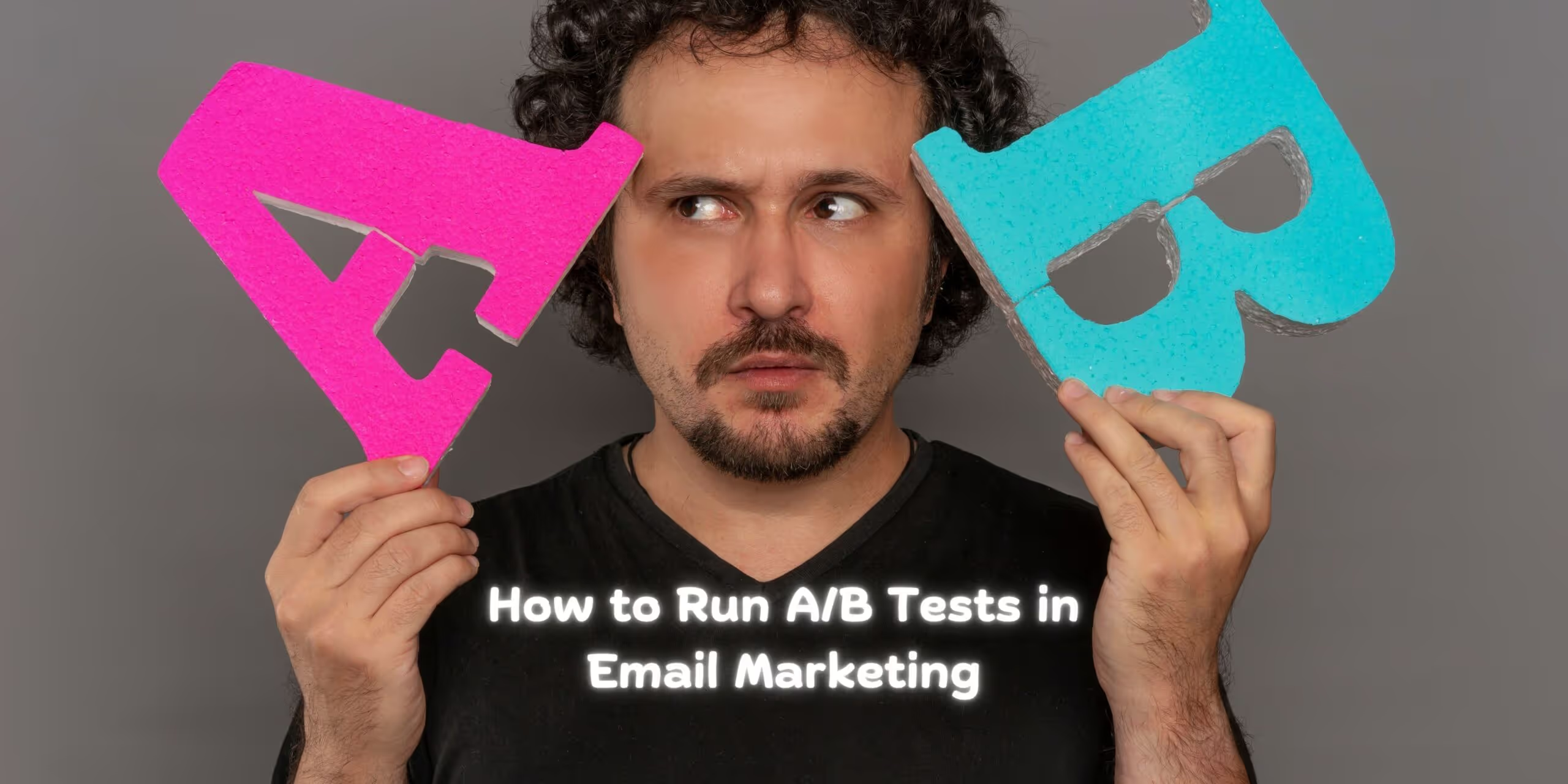
How to Run A/B Tests in Email Marketing


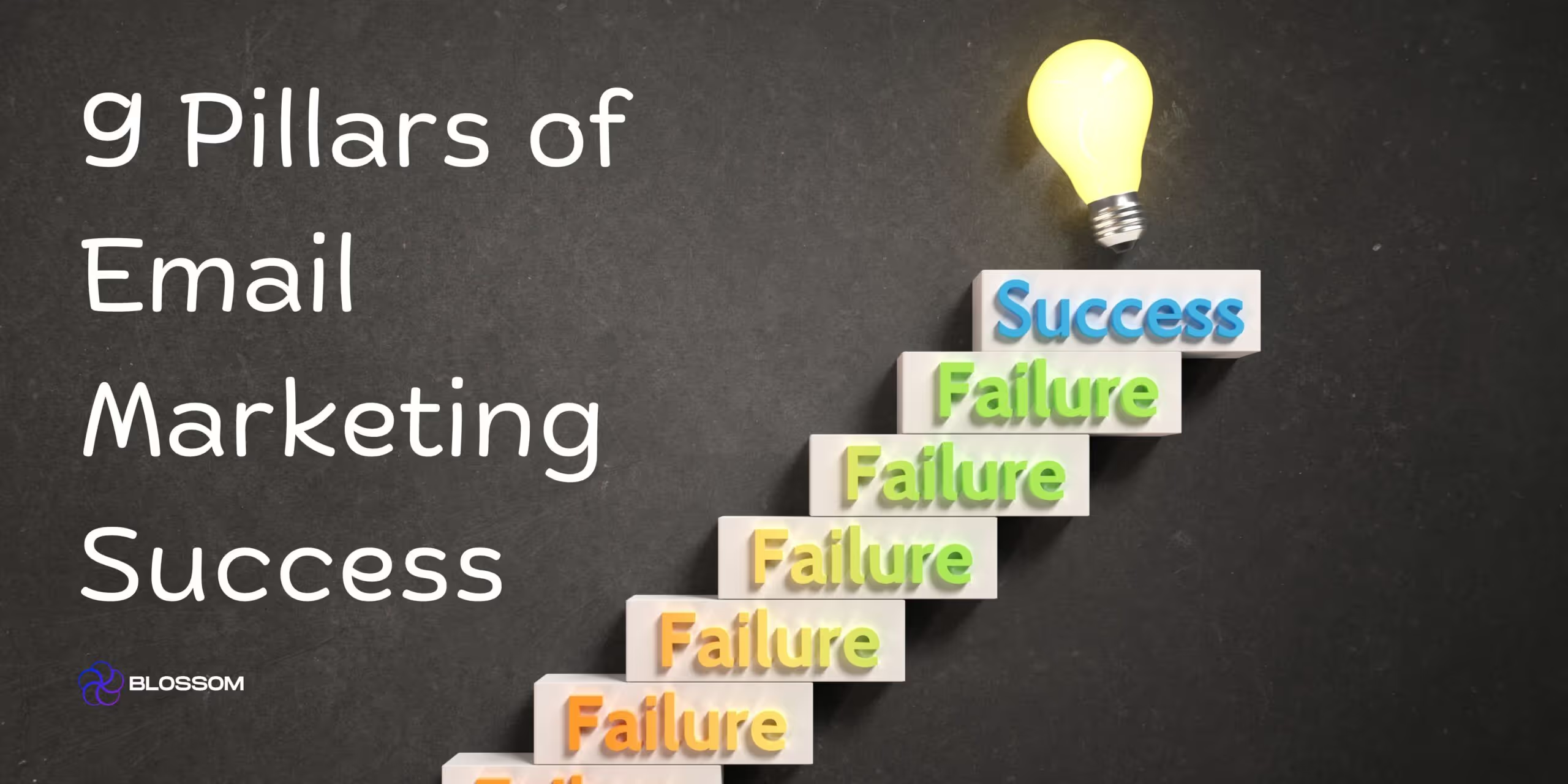
9 Pillars of Email Marketing Success


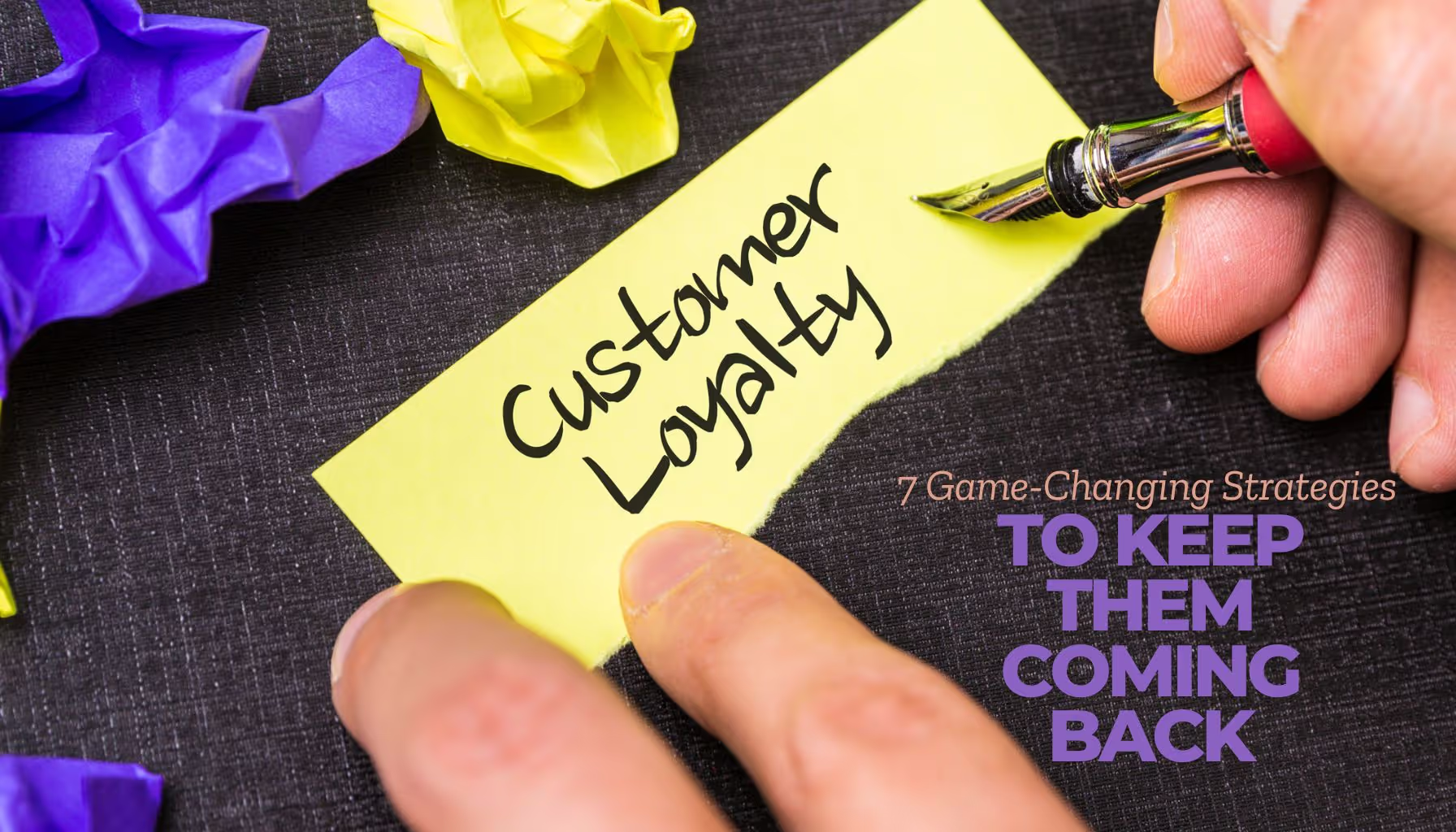
Rethink Customer Loyalty: 7 game-changing strategies to retain customers


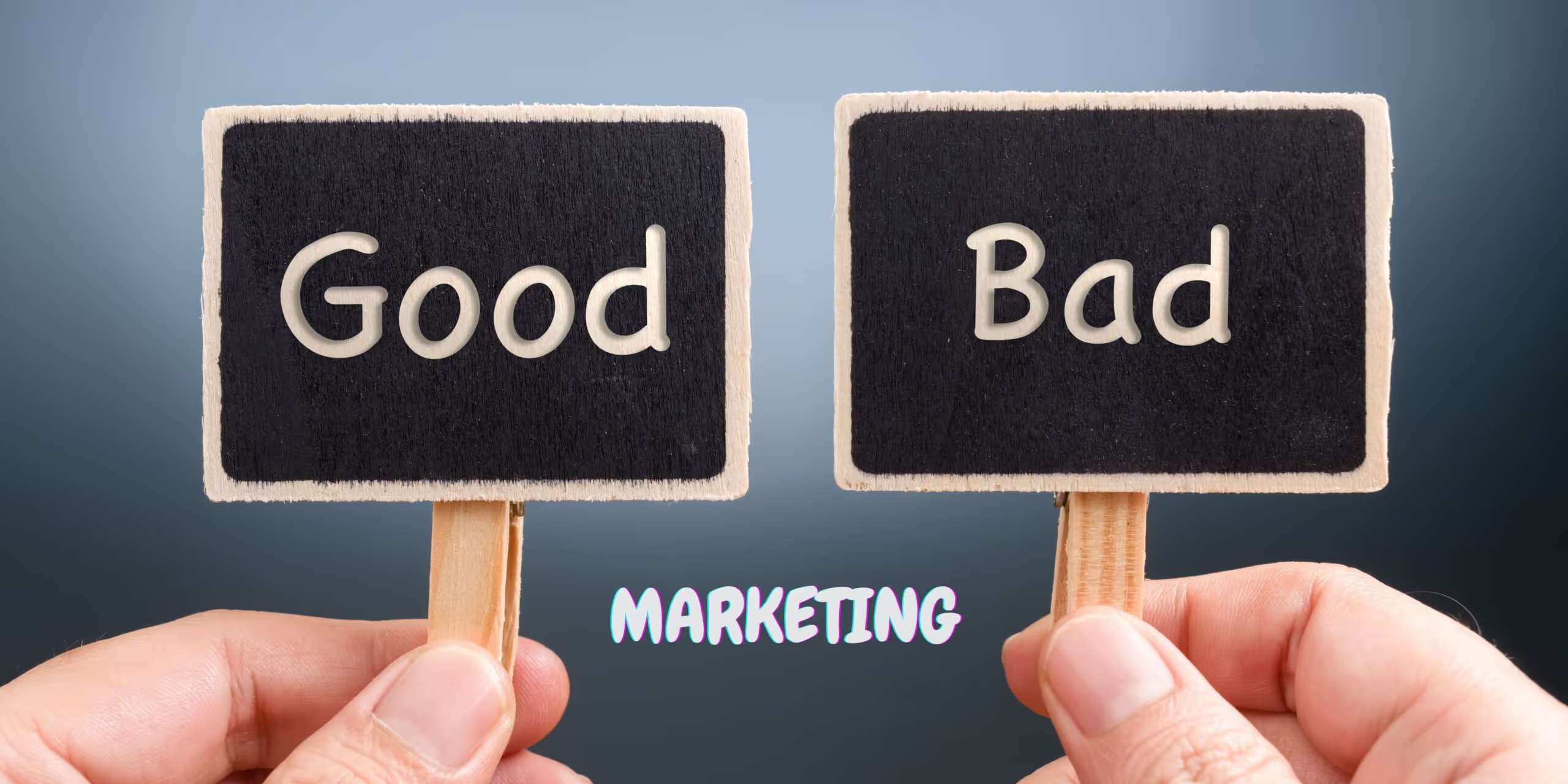
Good Email Marketer vs Bad Email Marketer


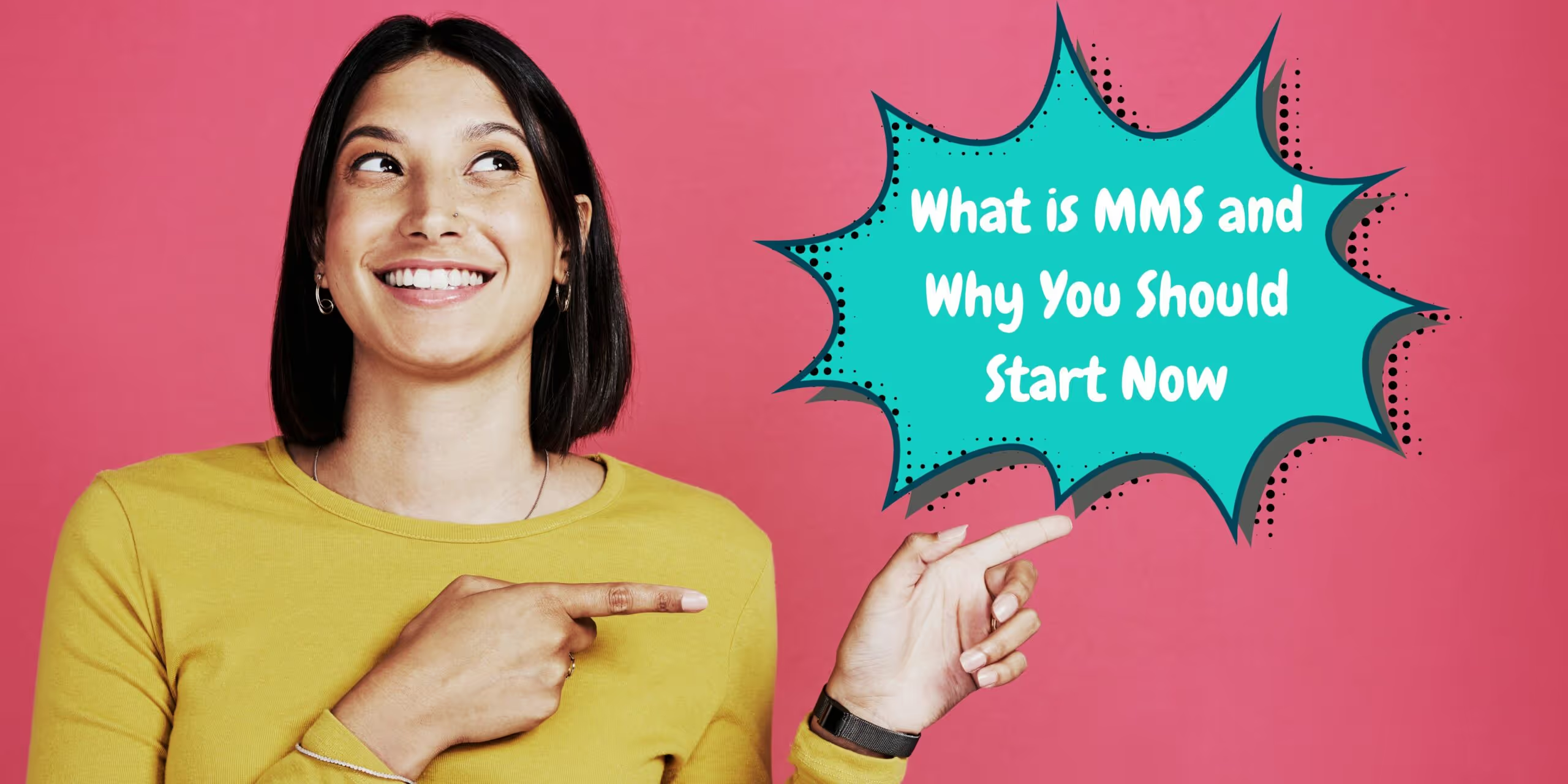
What is MMS and Why You Should Start Now


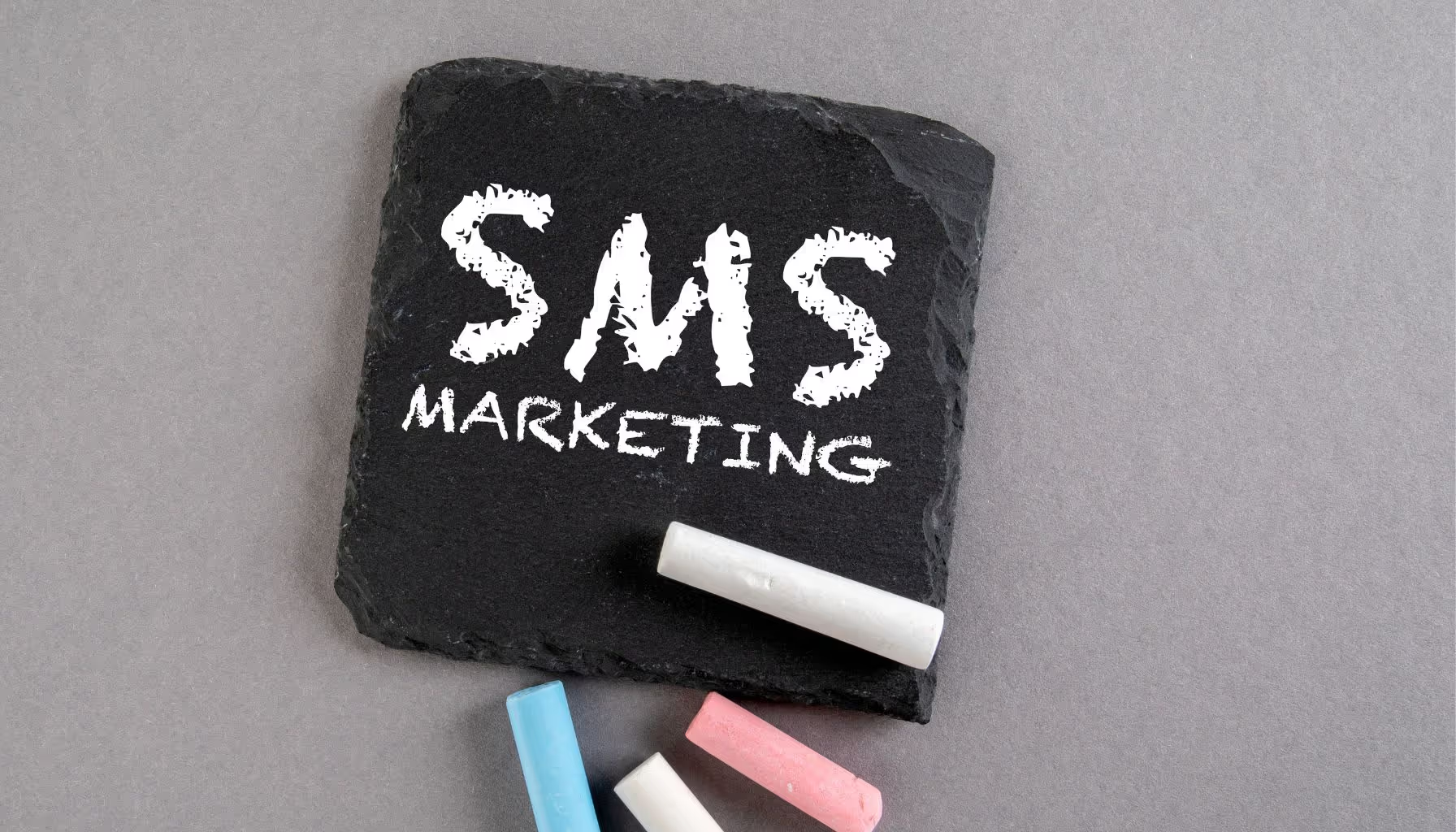
Why SMS is the Marketing Channel of the Future



EDM Marketing vs Email Marketing: What’s the Difference?


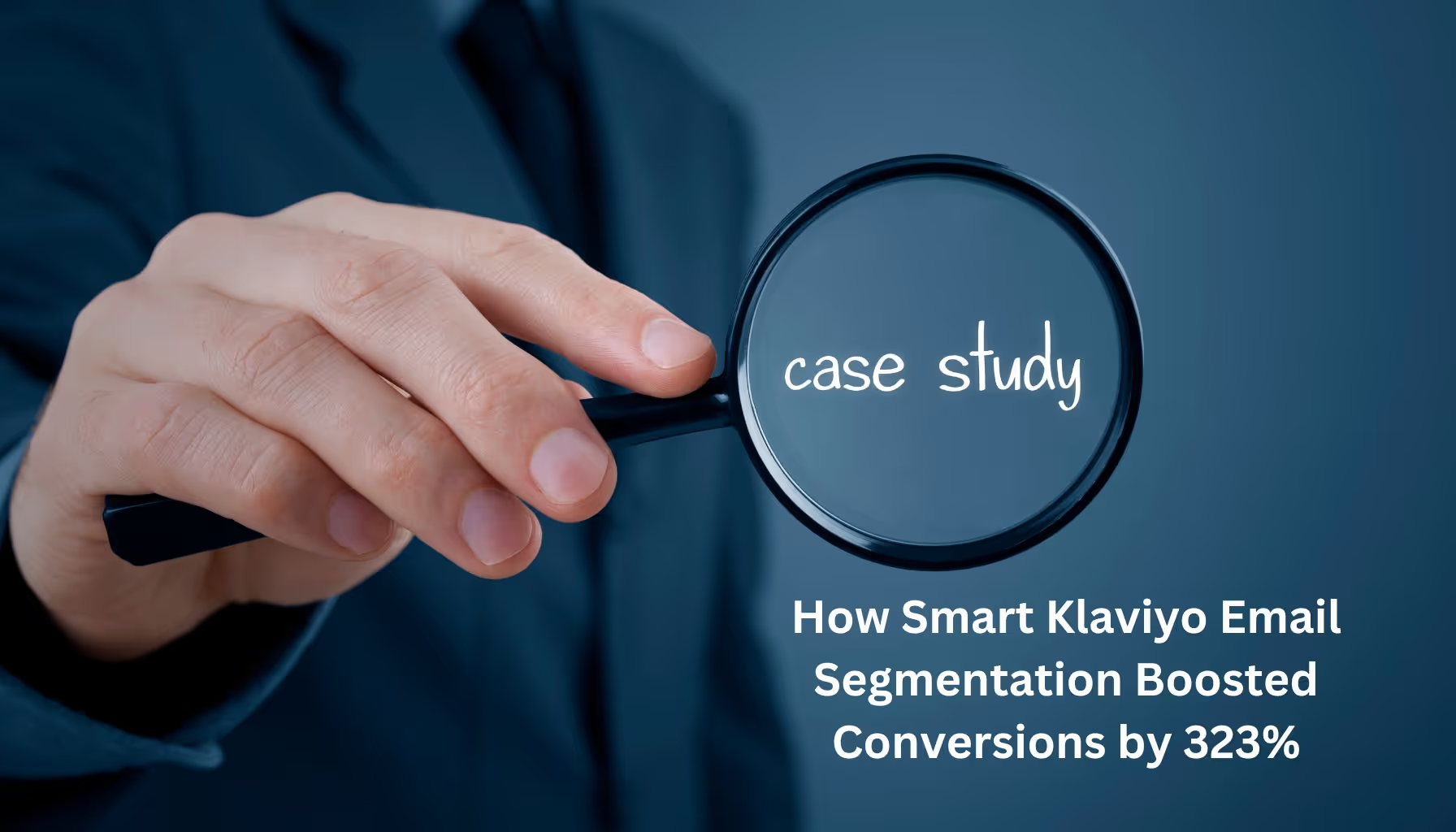
Case Study: How Smart Klaviyo Email Segmentation Boosted Conversions by 323%


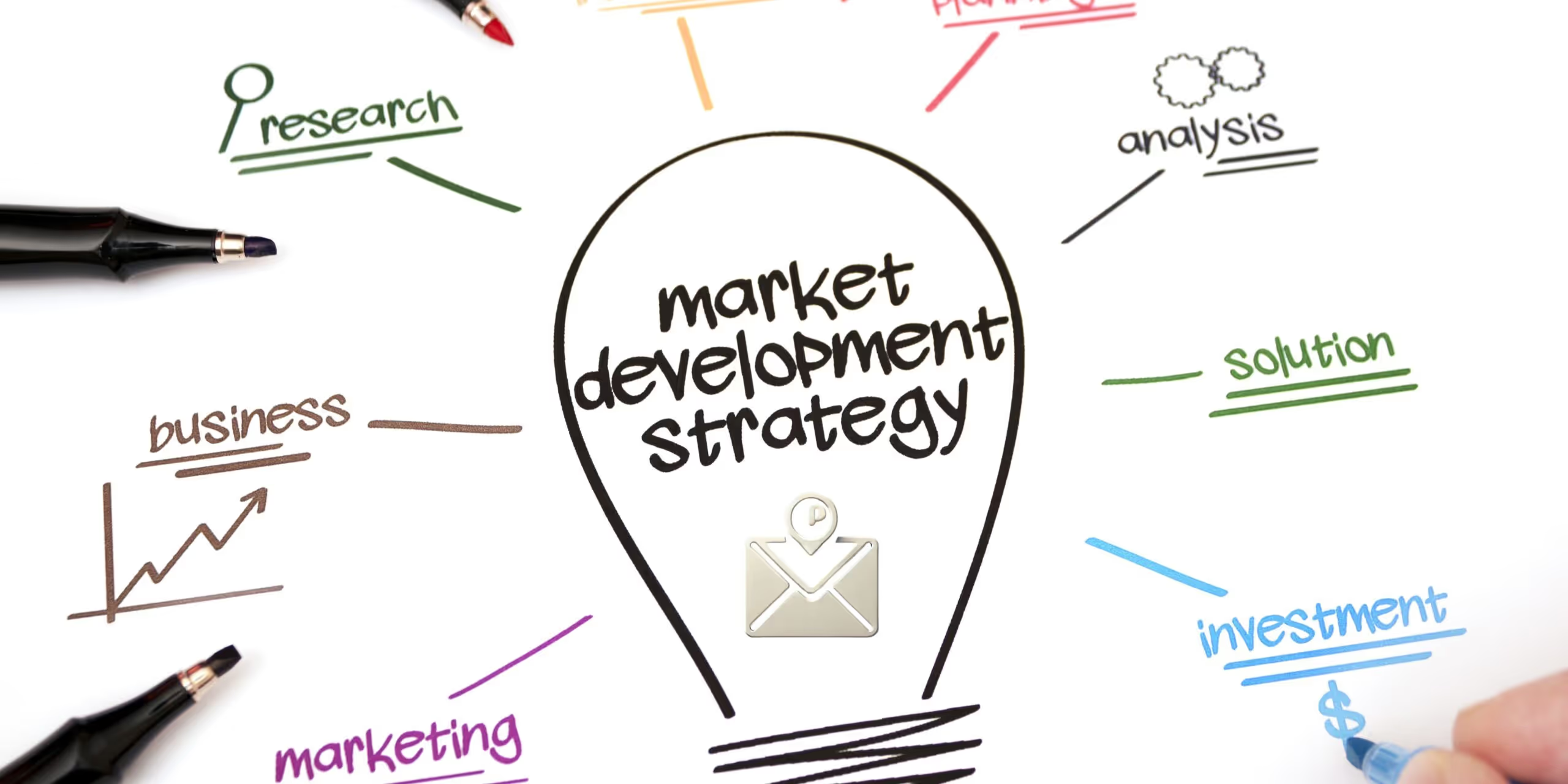
6 Marketing Strategies to Future-Proof Your Marketing


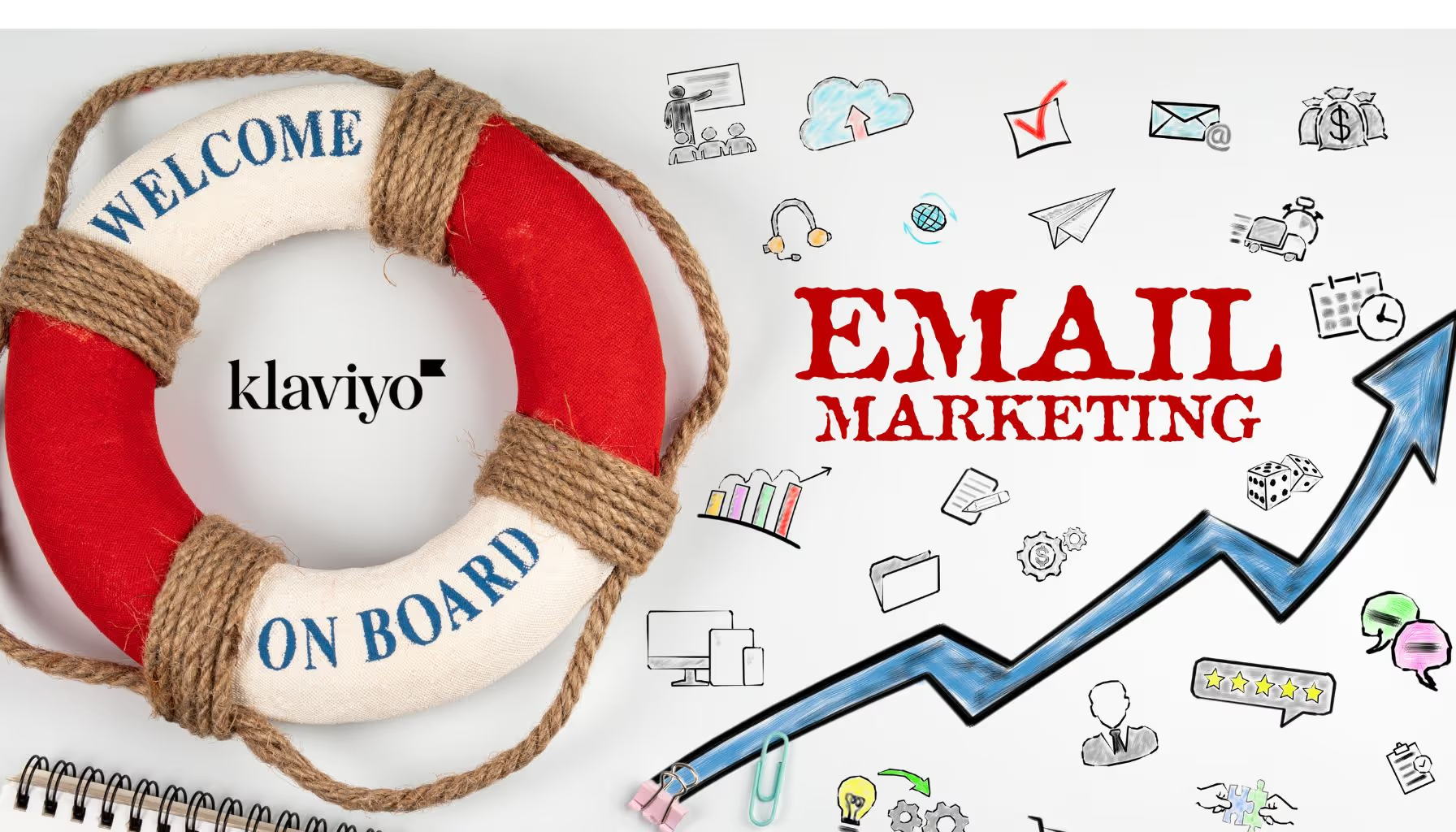
Mastering Klaviyo Email Design: 11 Tips That Actually Work



How to Customize Shopify Email Templates Quickly and Efficiently



The Next Frontier of E-Commerce: What’s Coming and How to Prepare



Three Steps to Increasing Your Marketing Email Open Rates


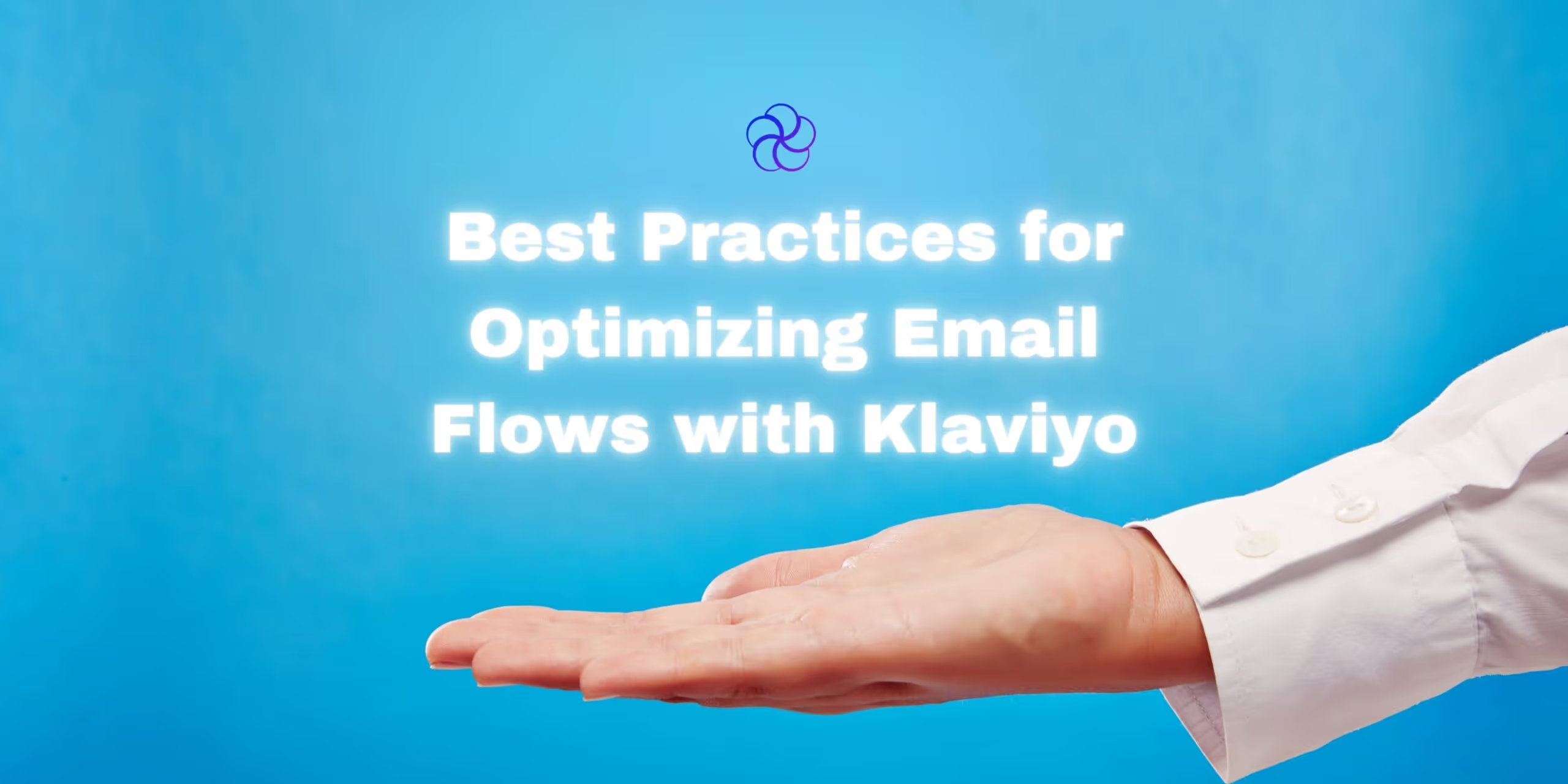
Best Practices for Optimizing Email Flows with Klaviyo



Email Marketing ROI: The Most Reliable Revenue Engine You’re Not Fully Using




Not Sure Where to Start?
Let's find the biggest retention opportunities in your business. Get a free Klaviyo audit or retention consultation.



